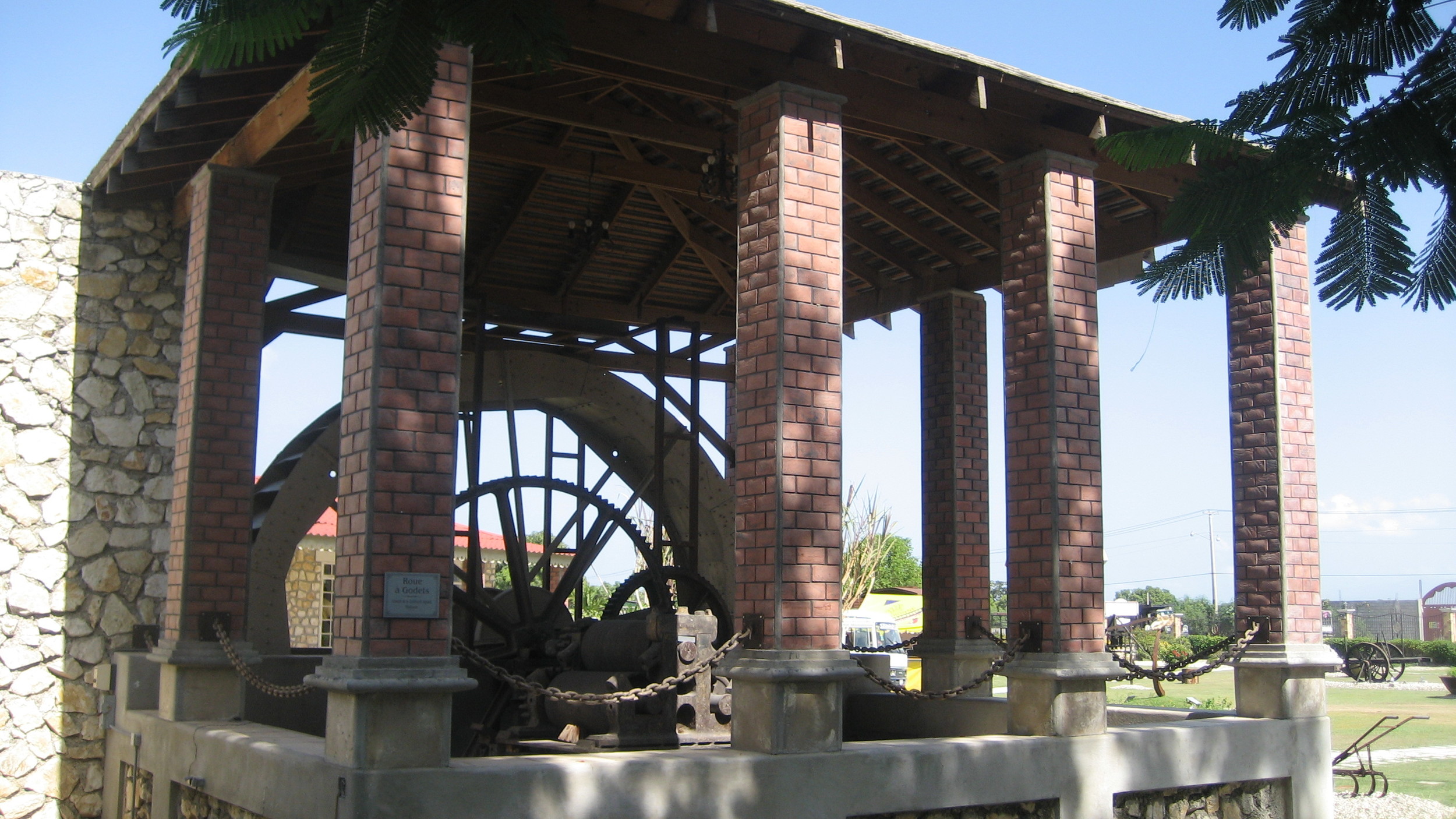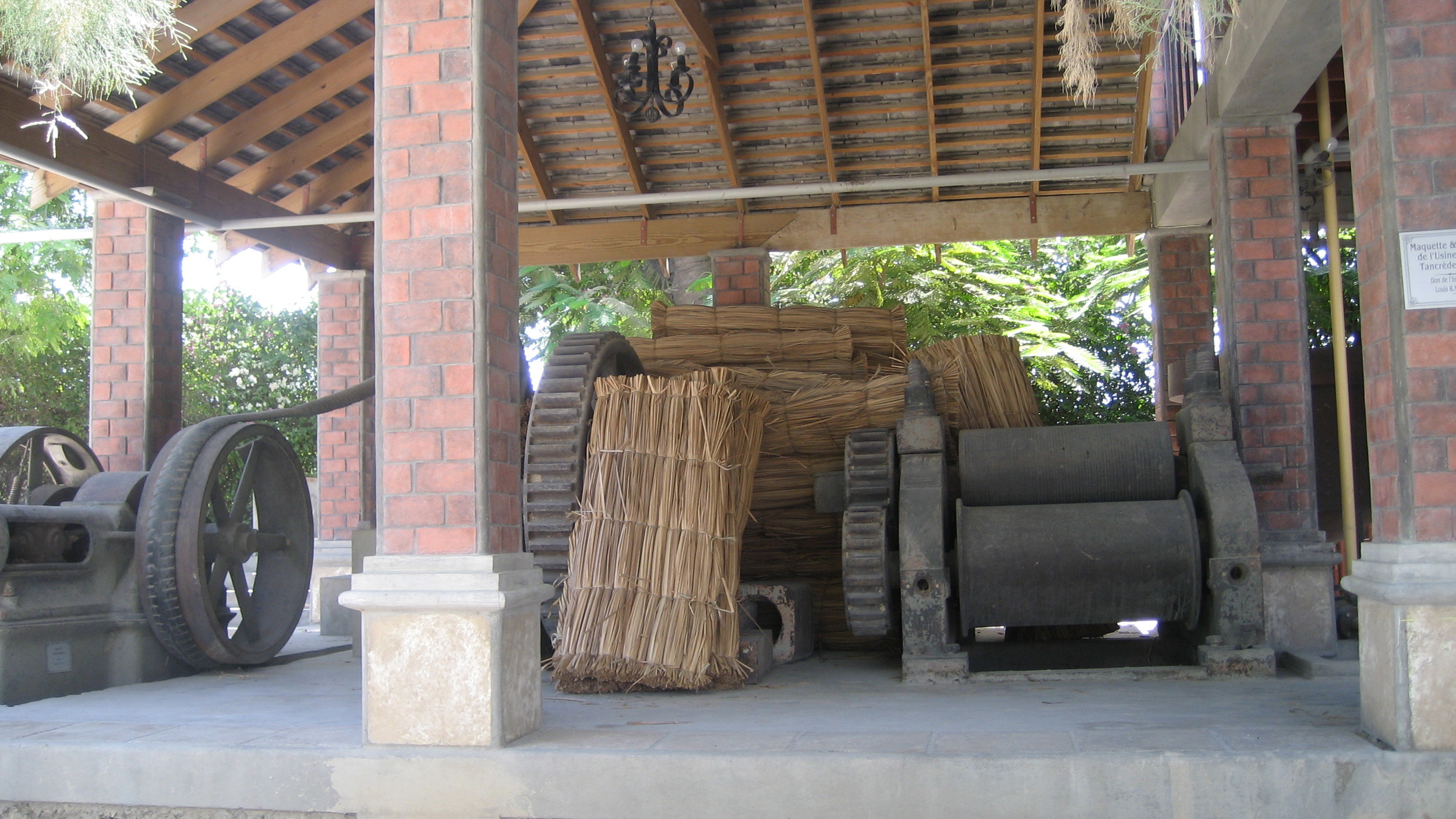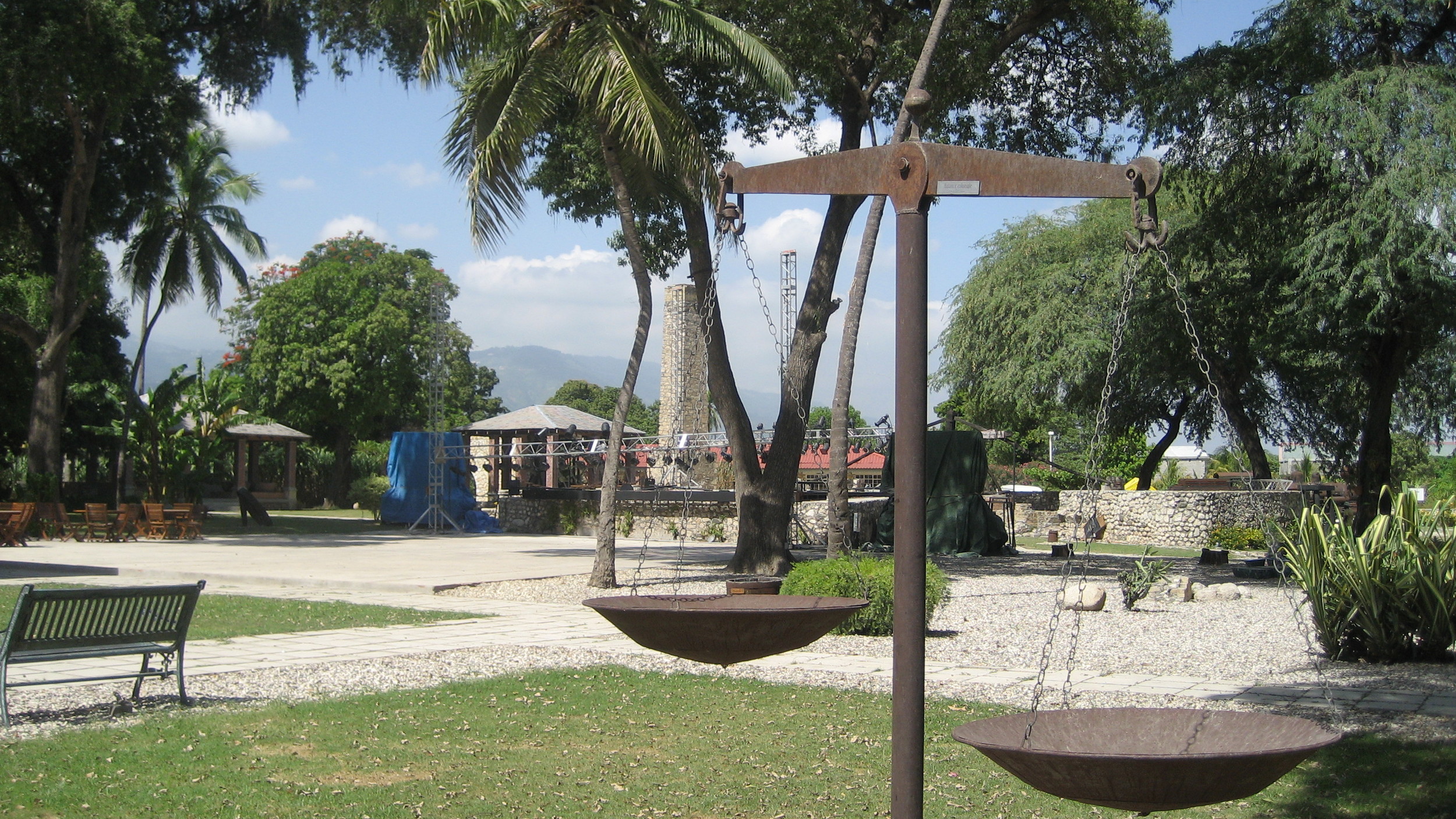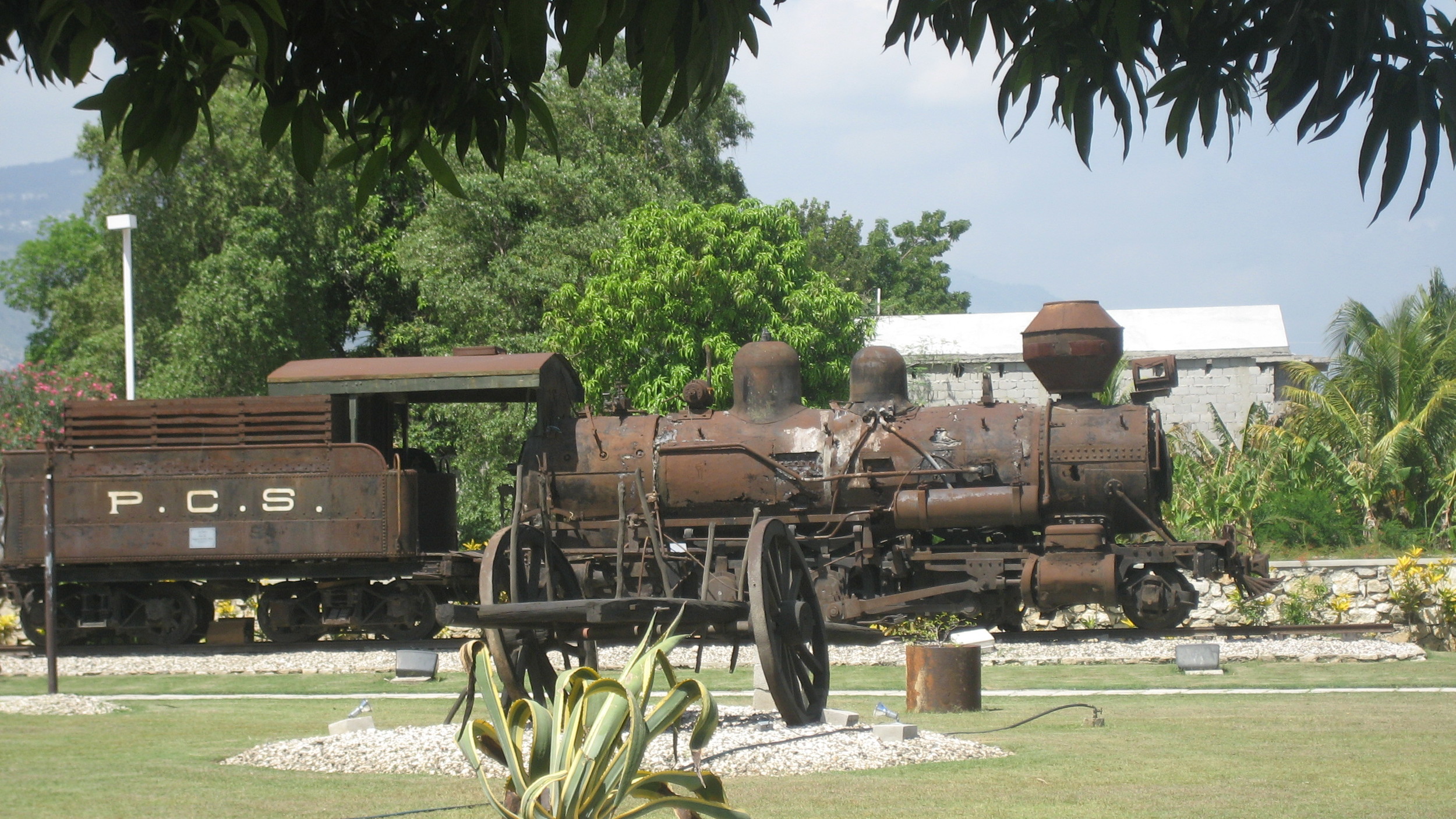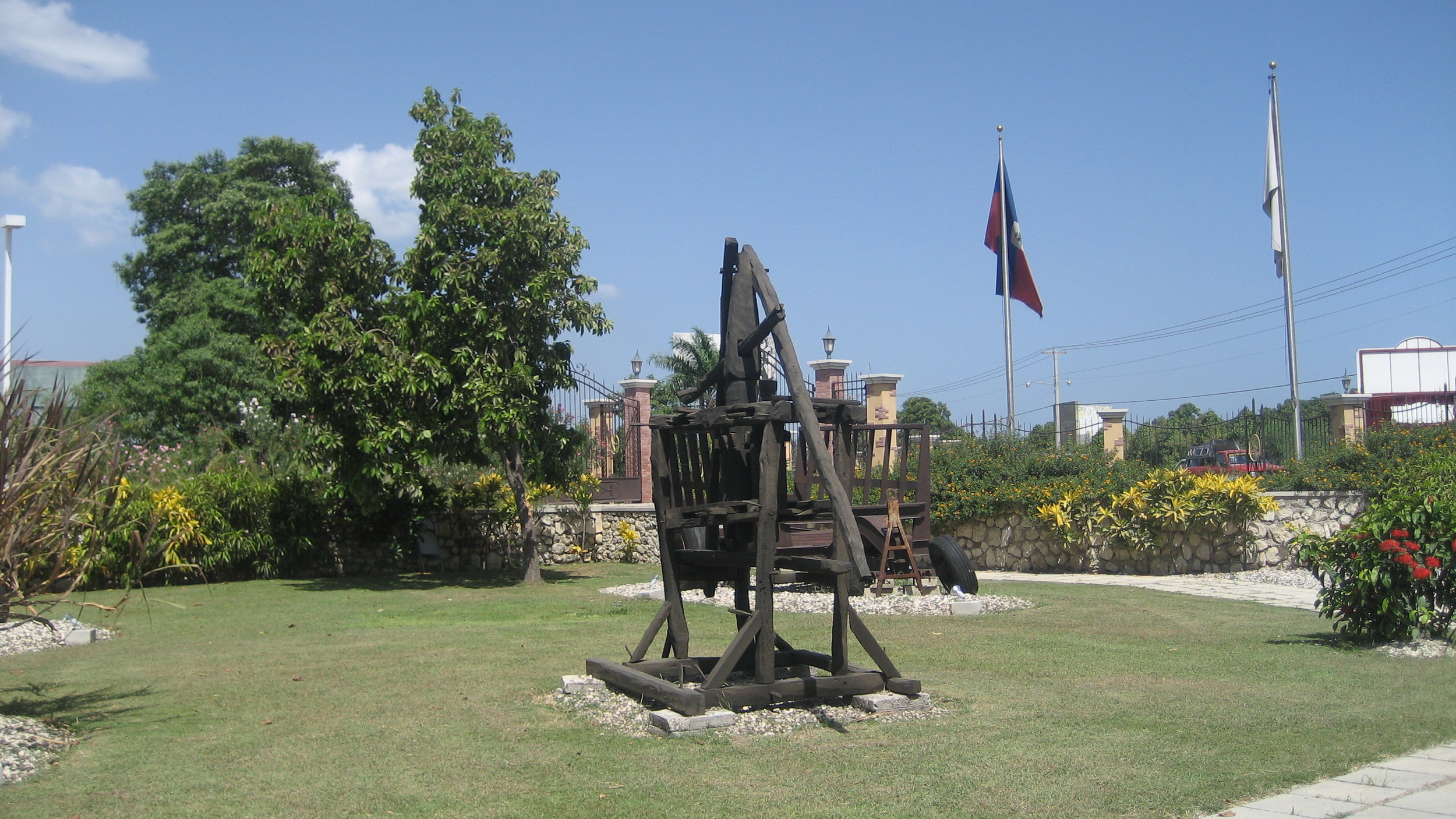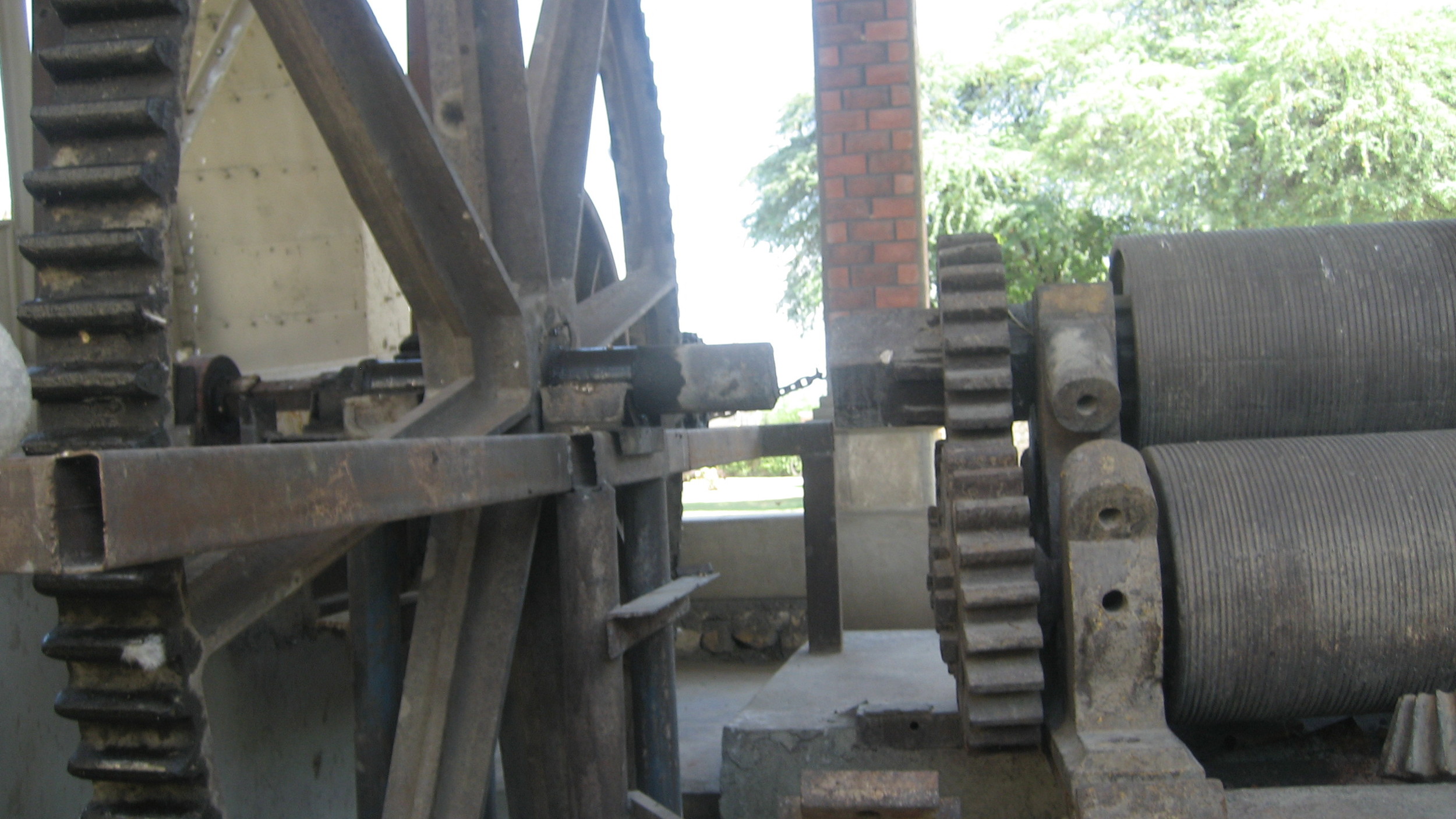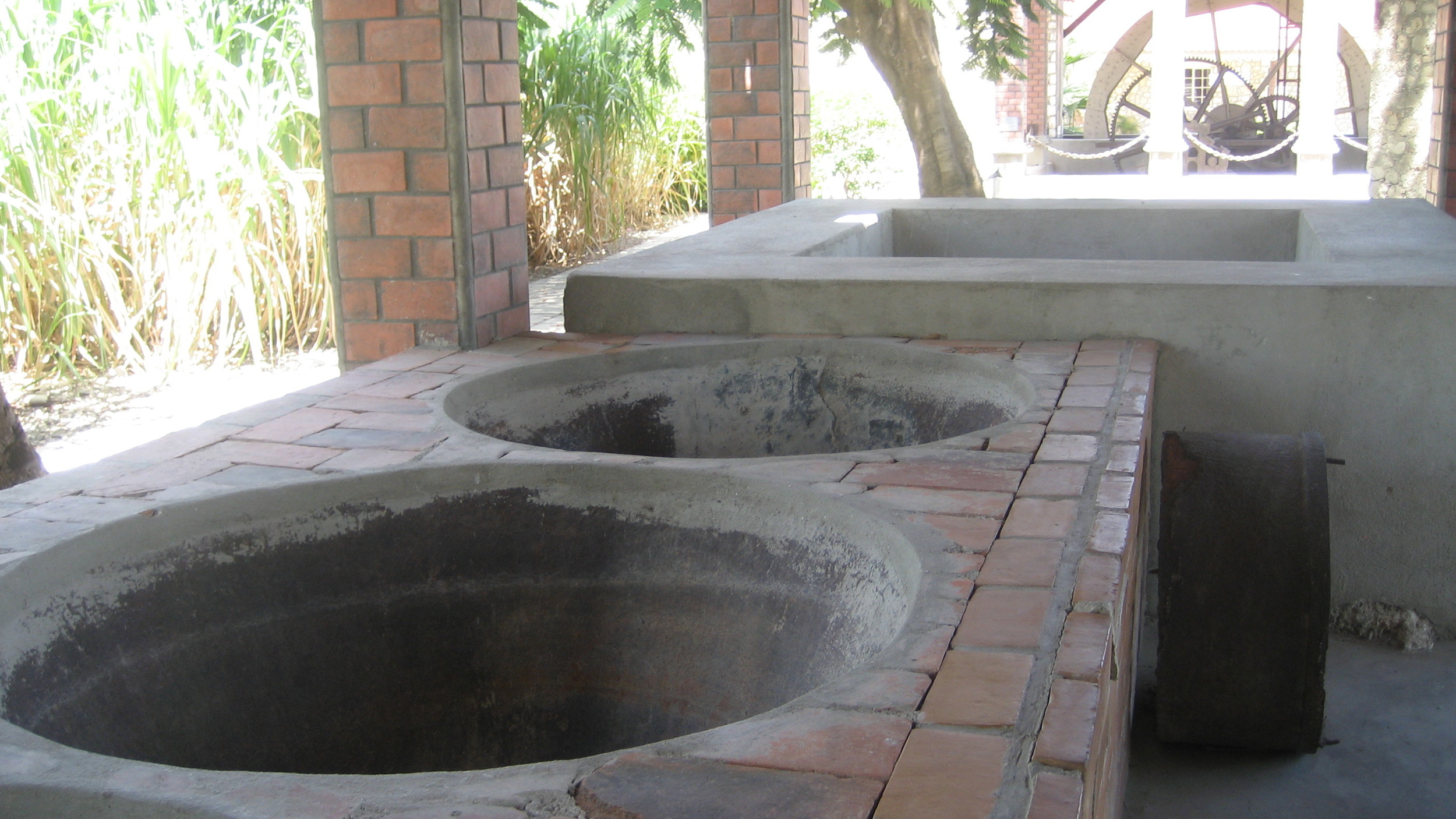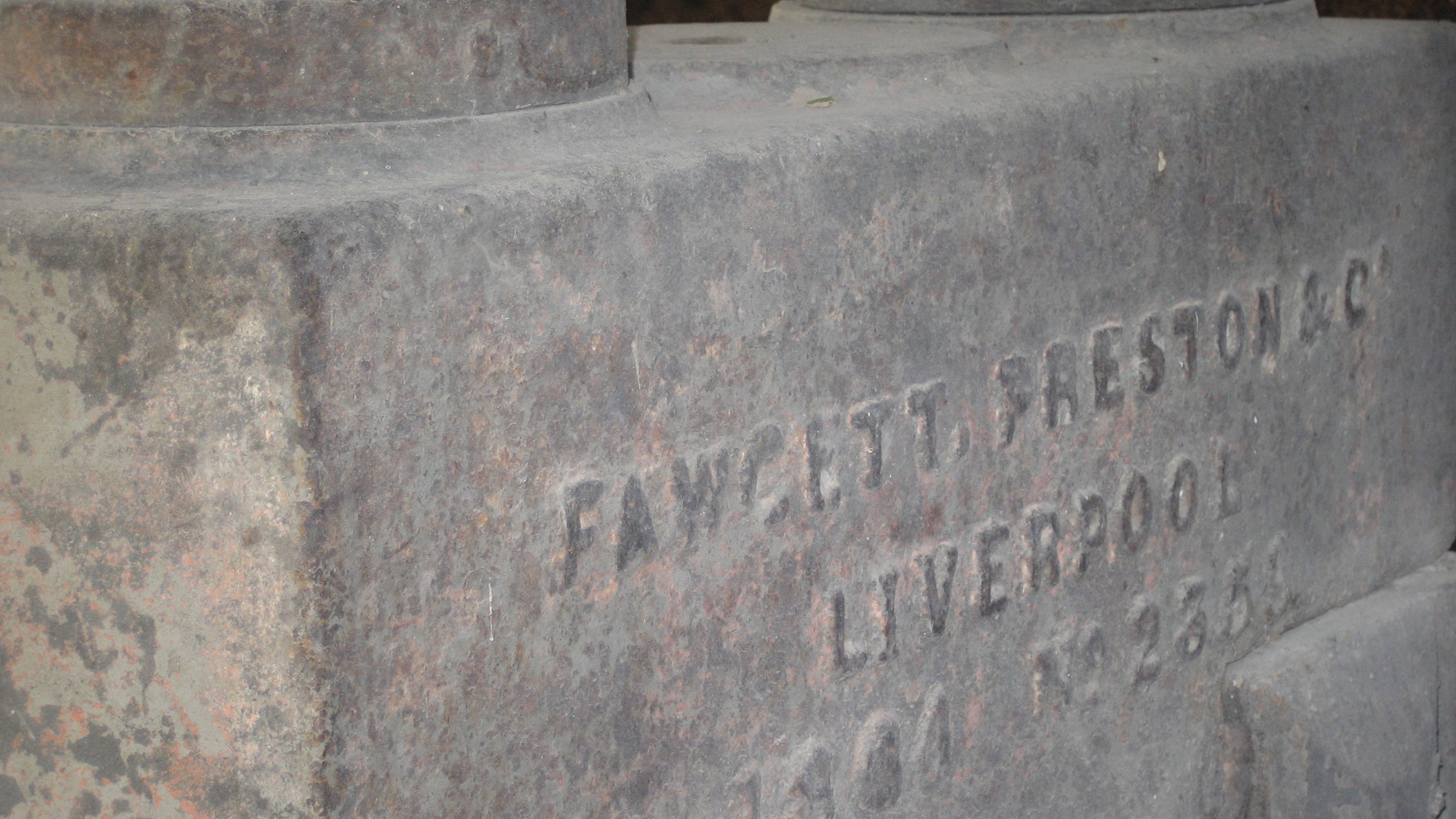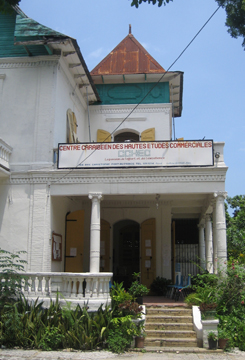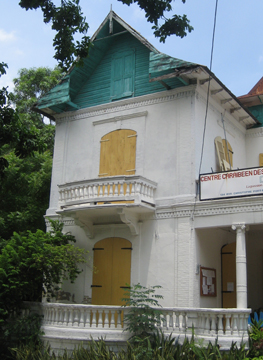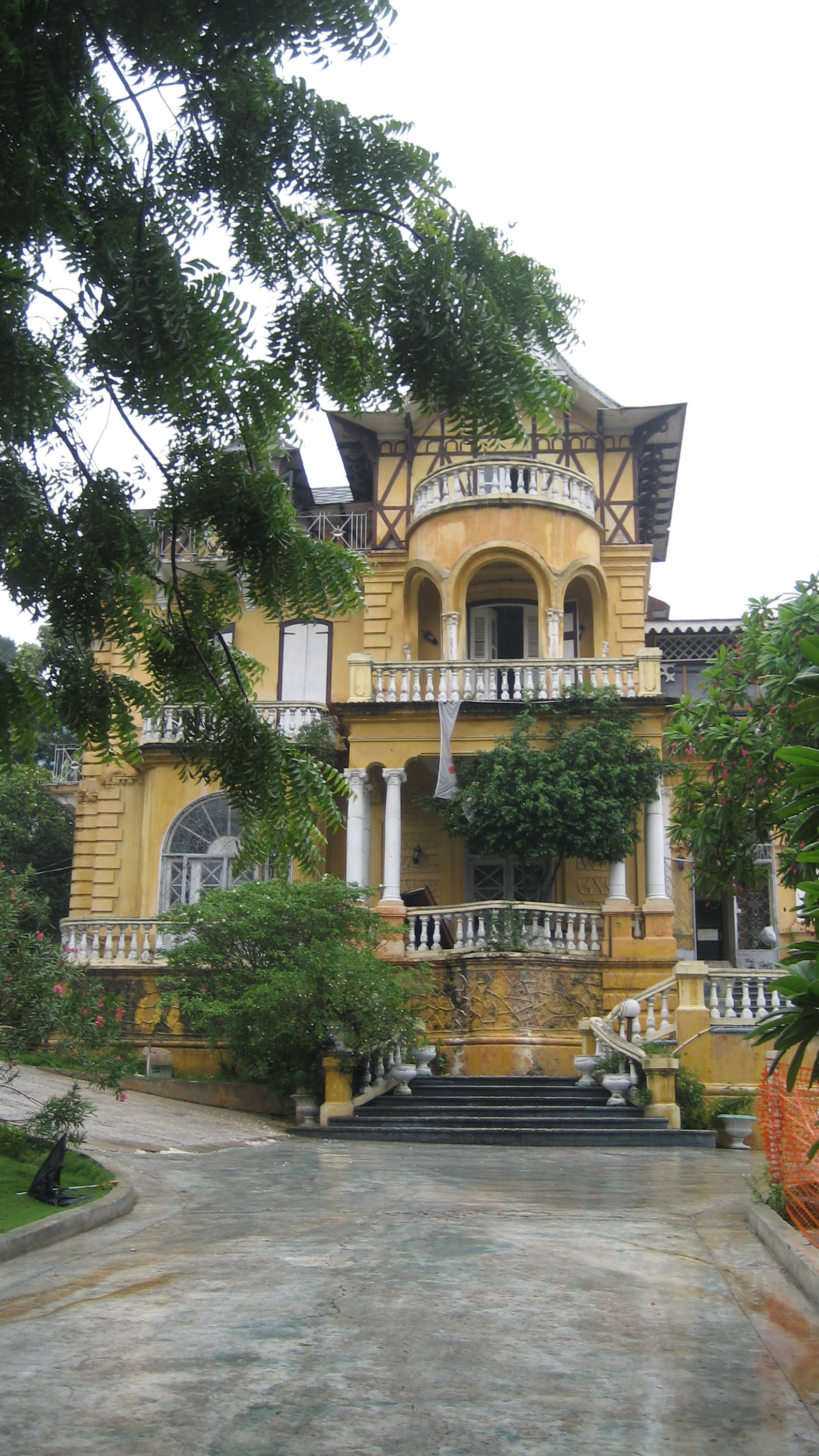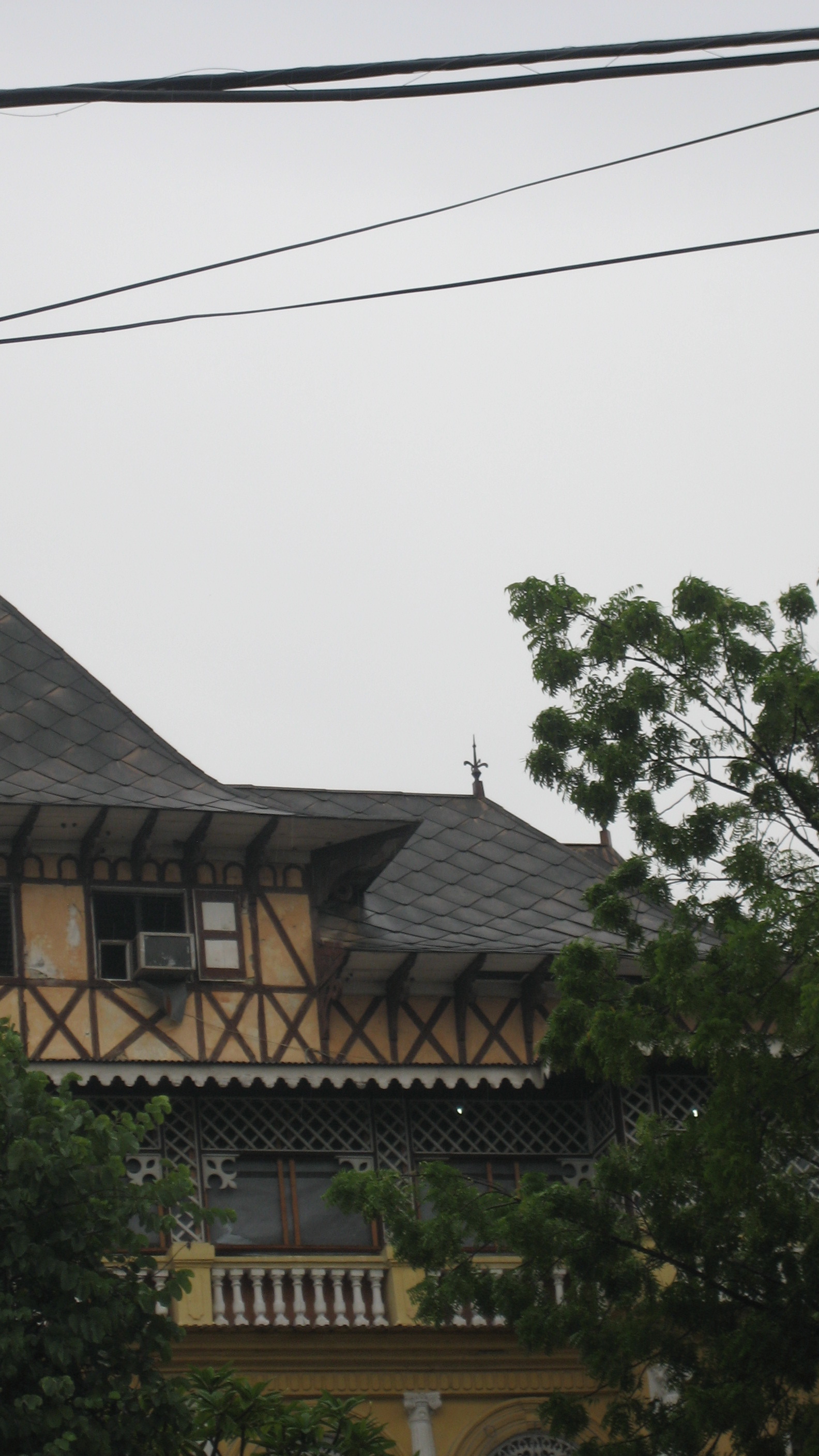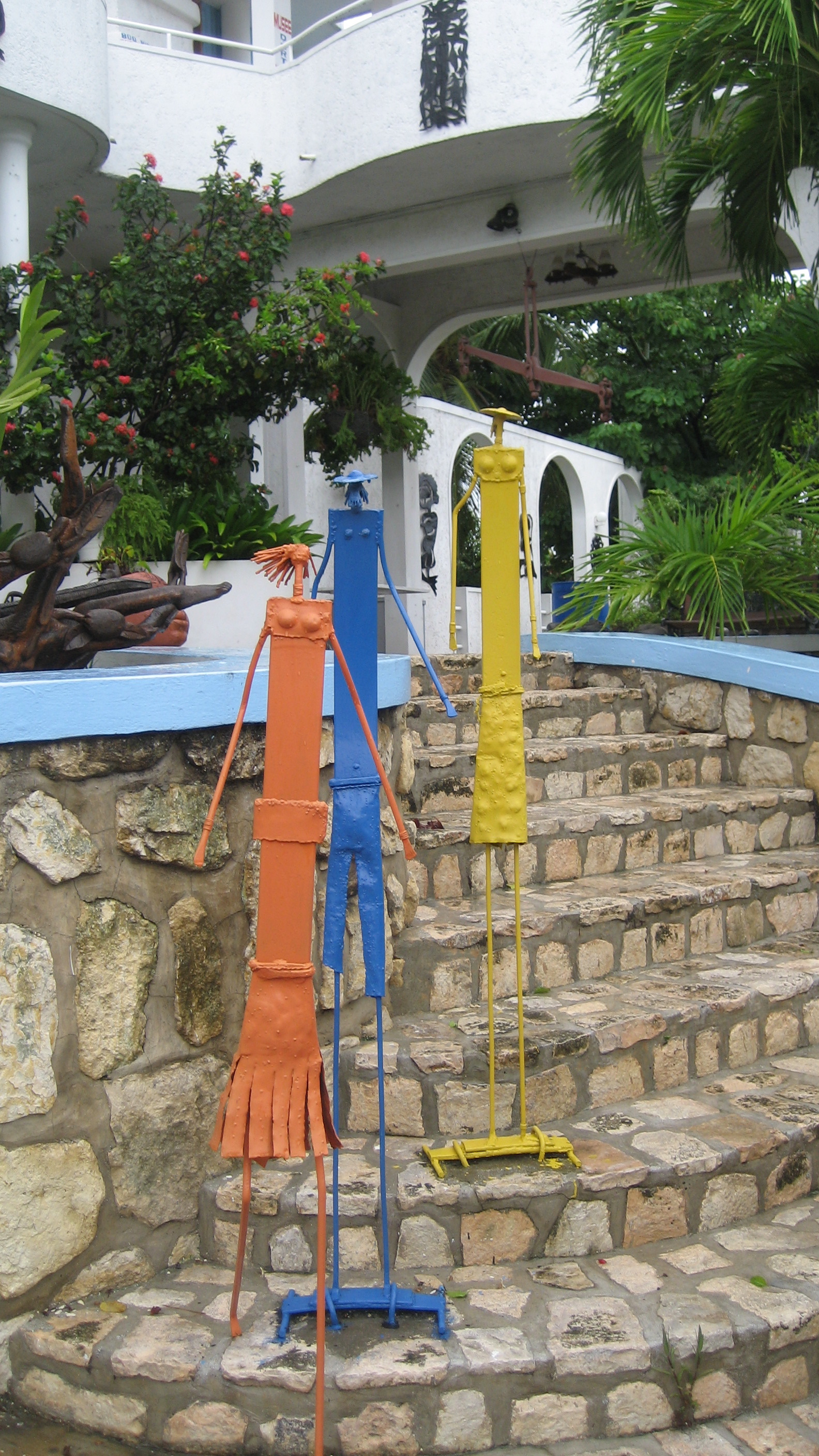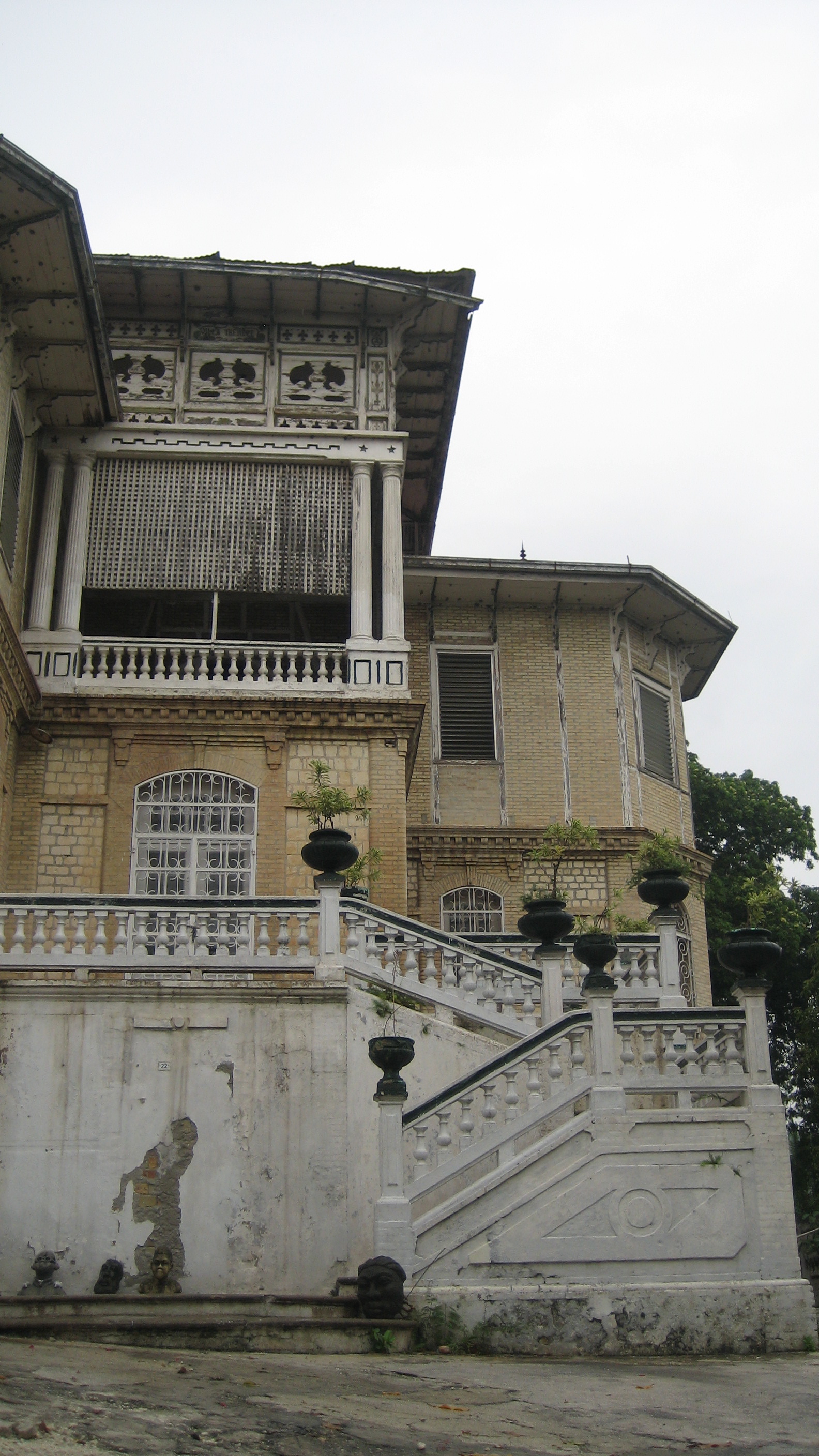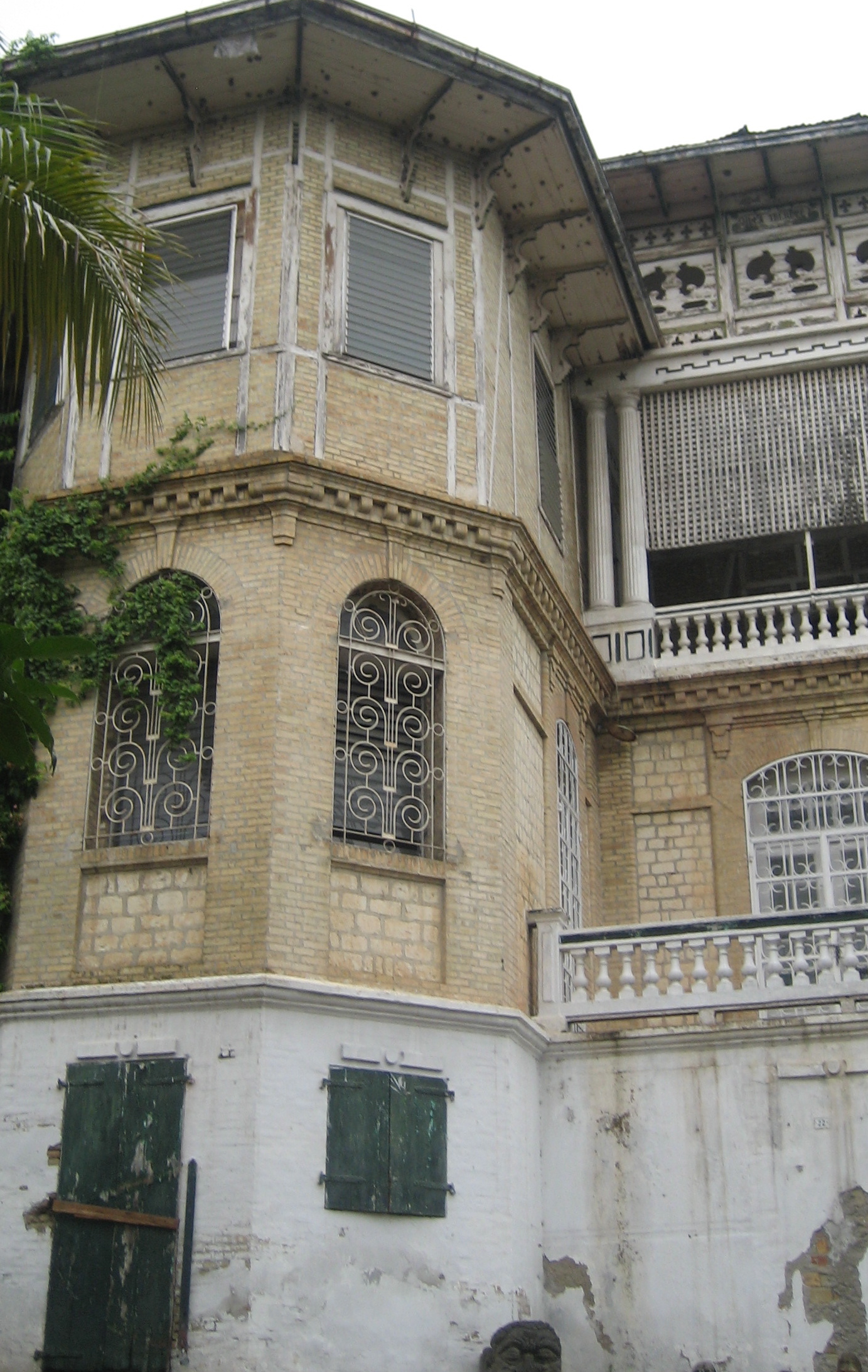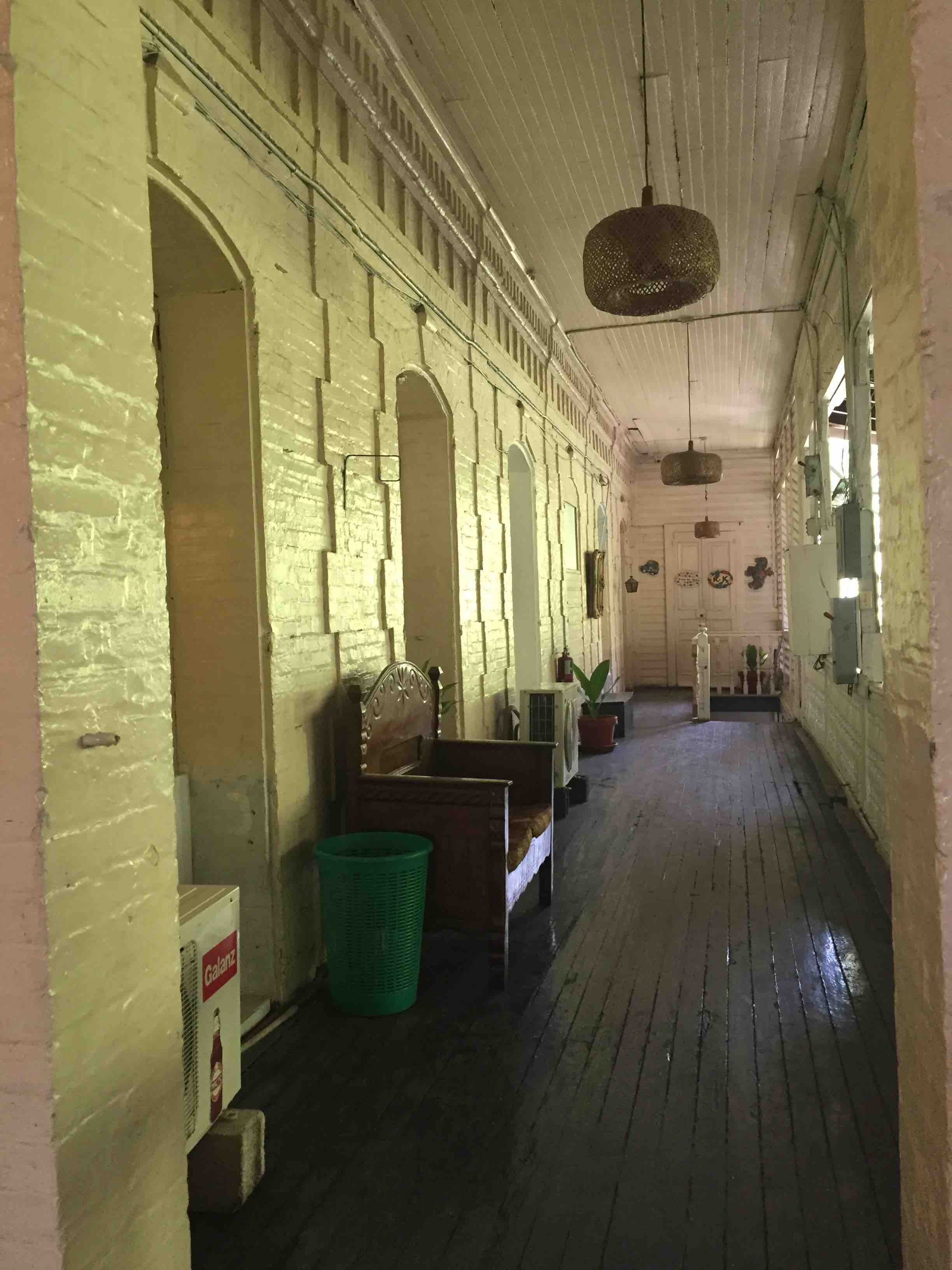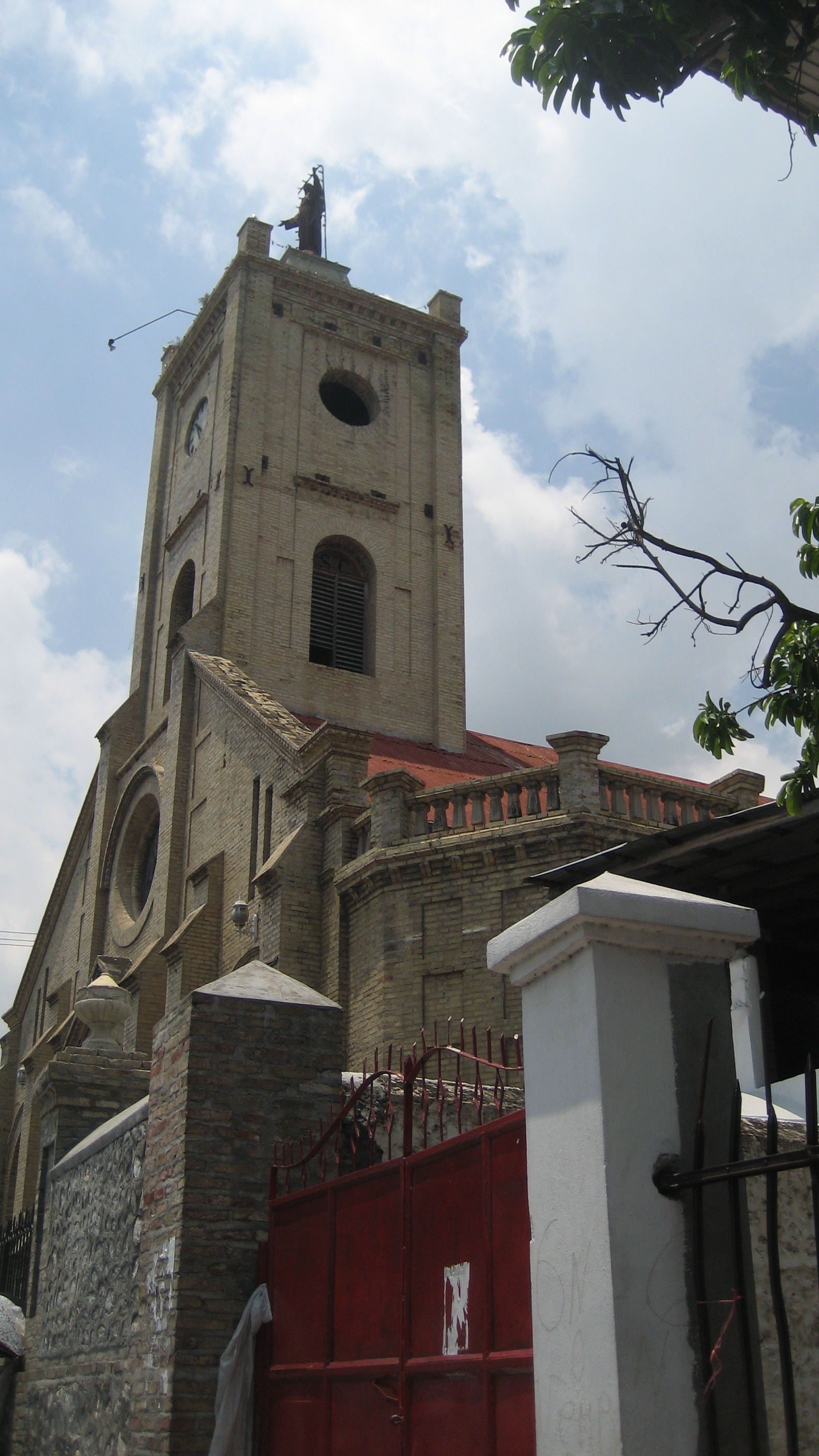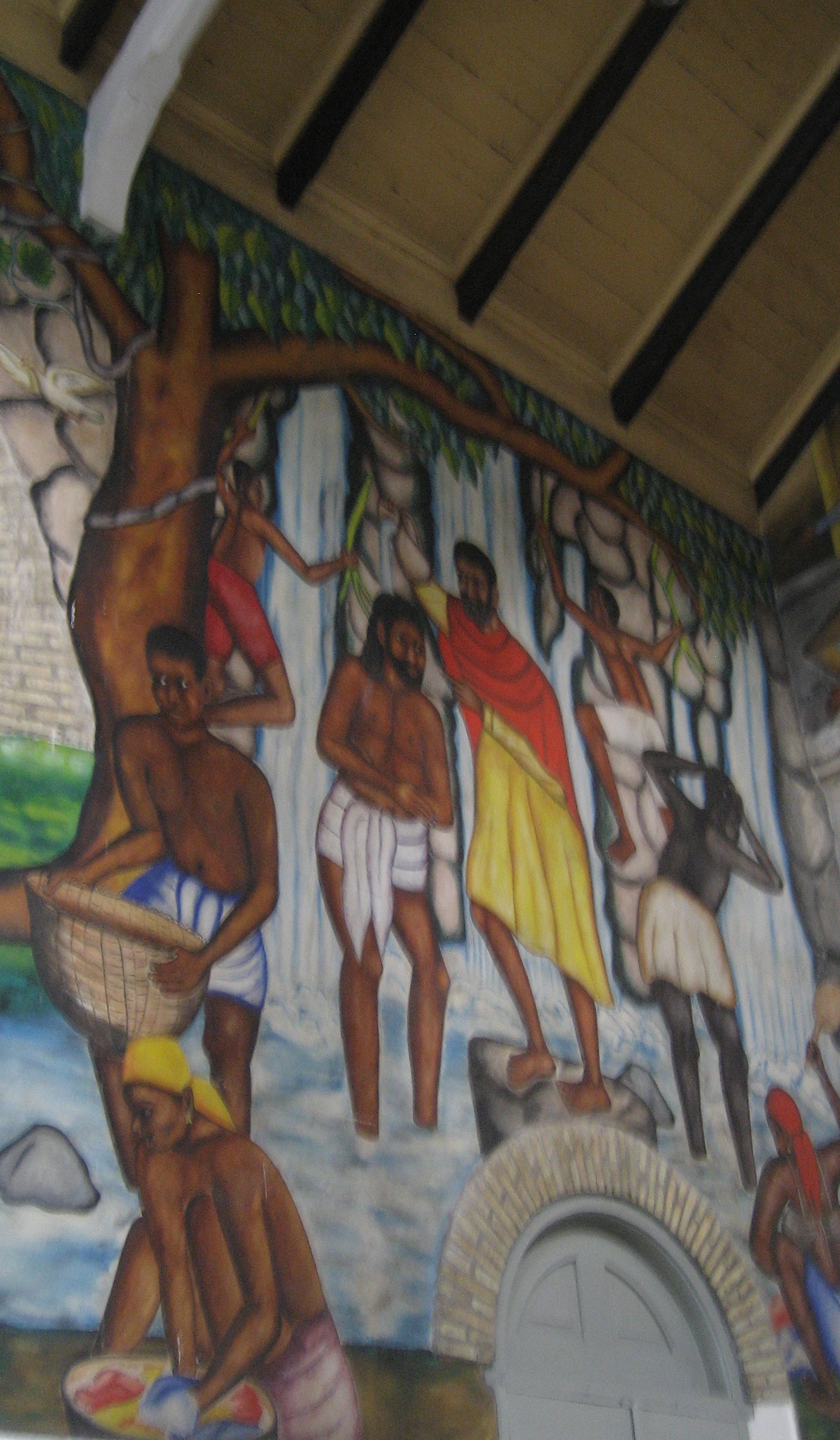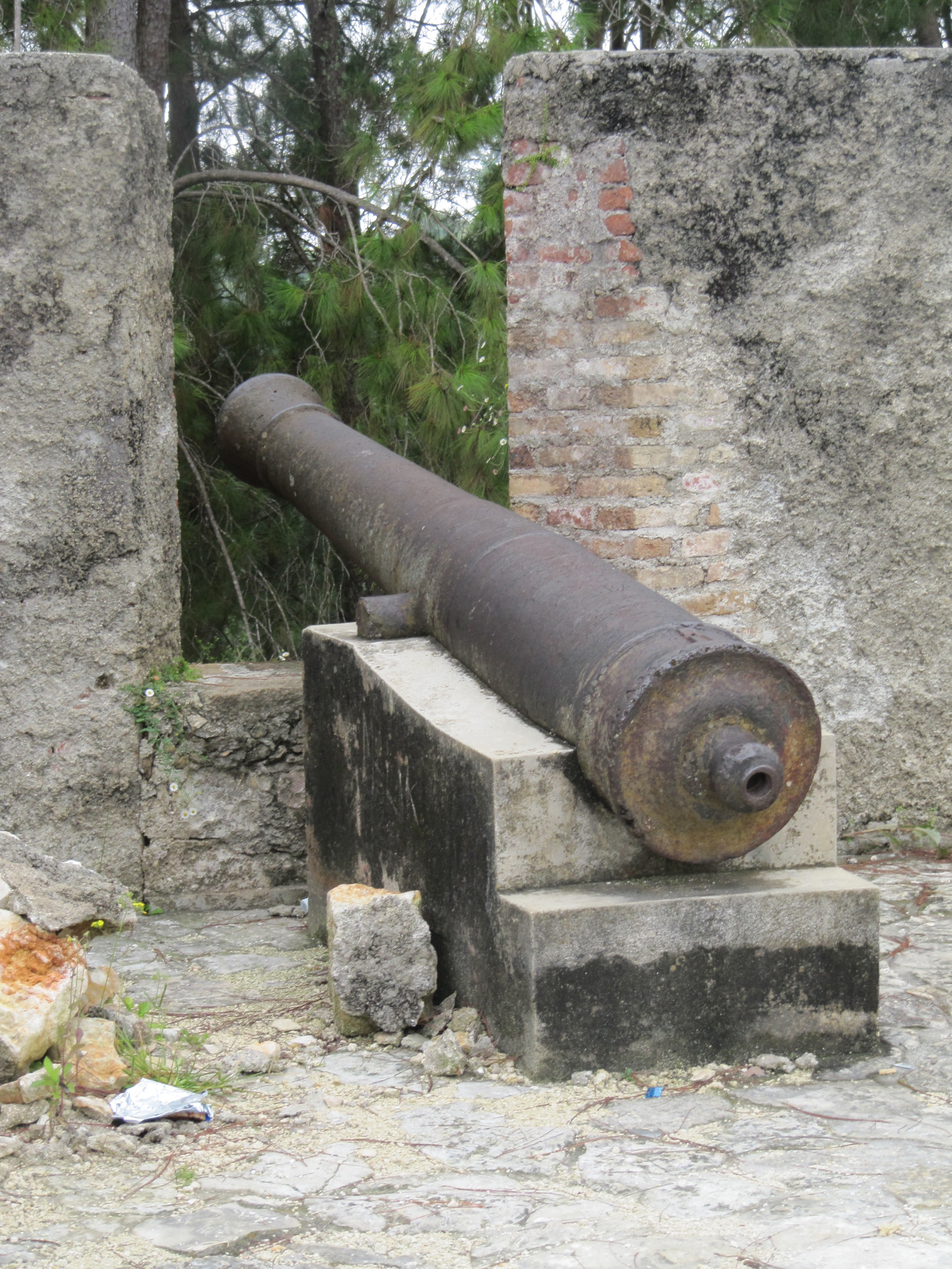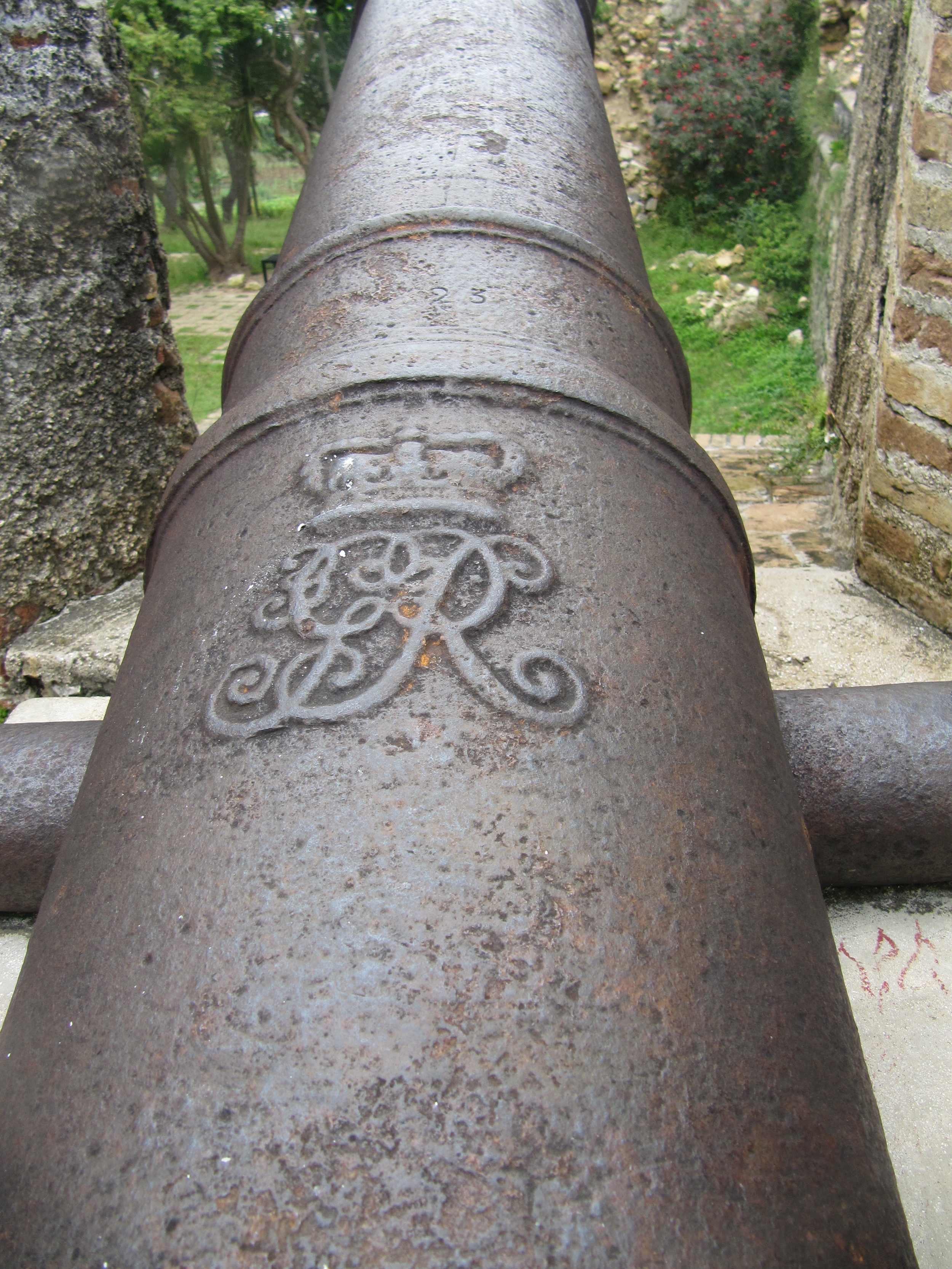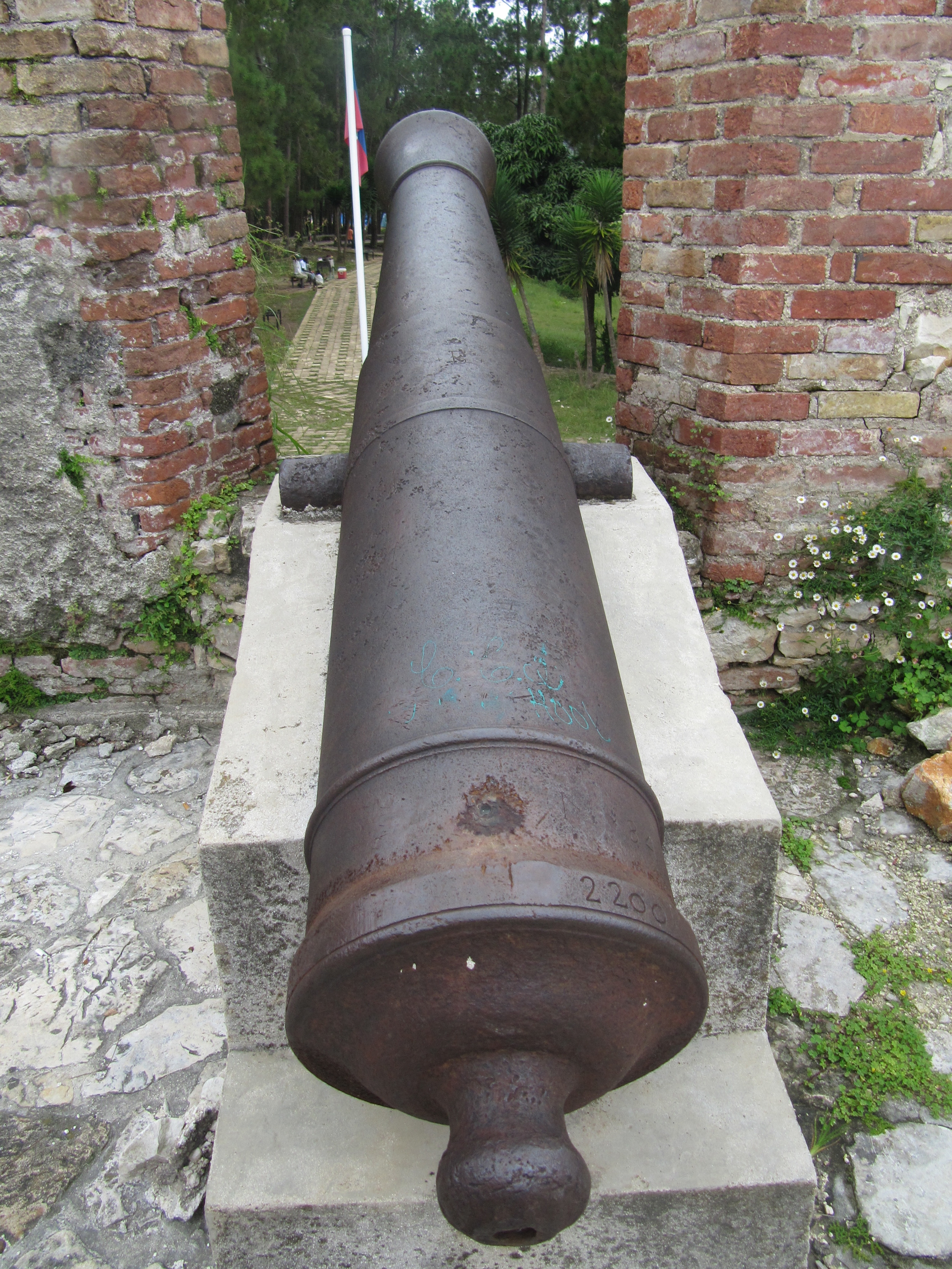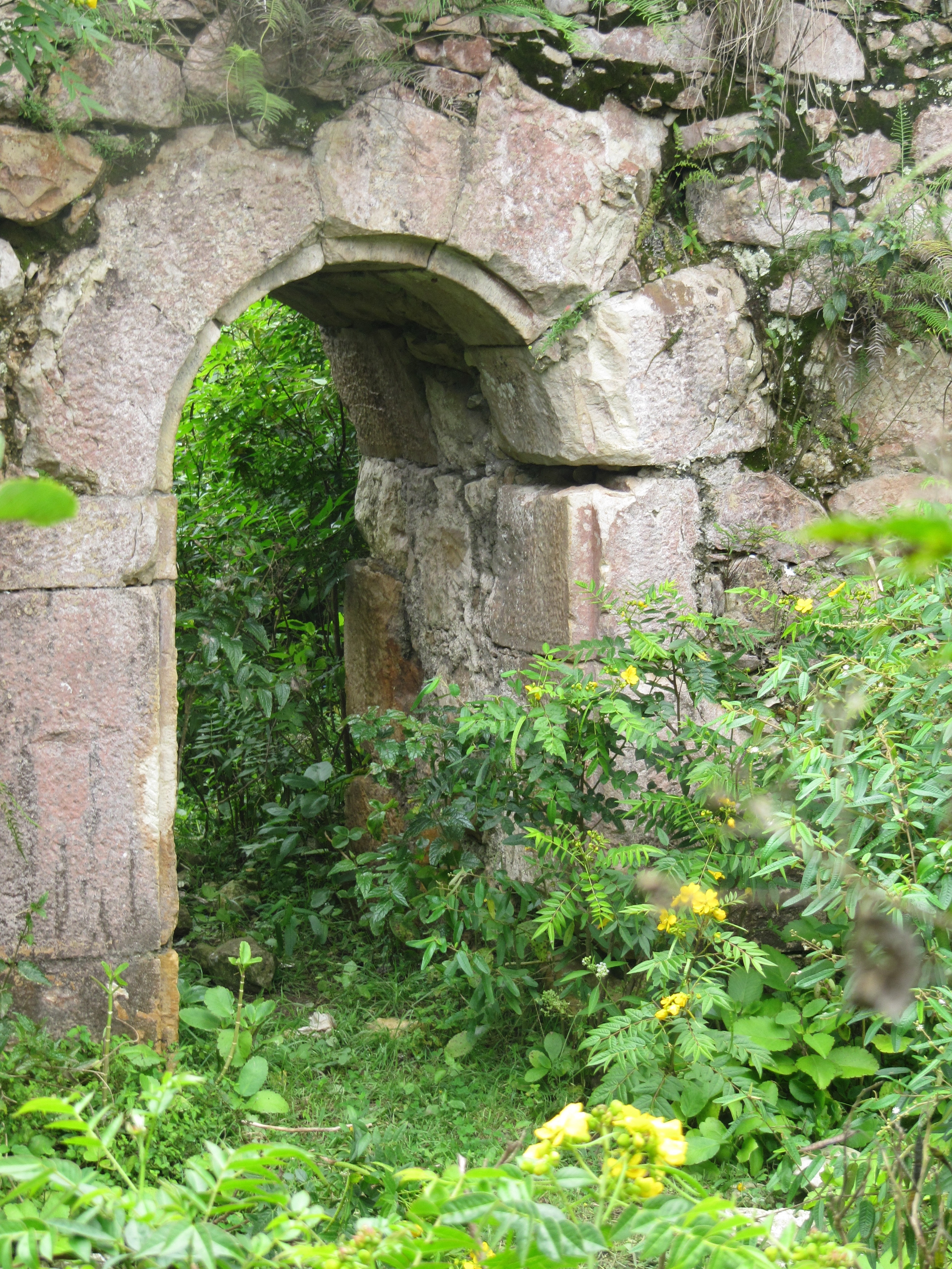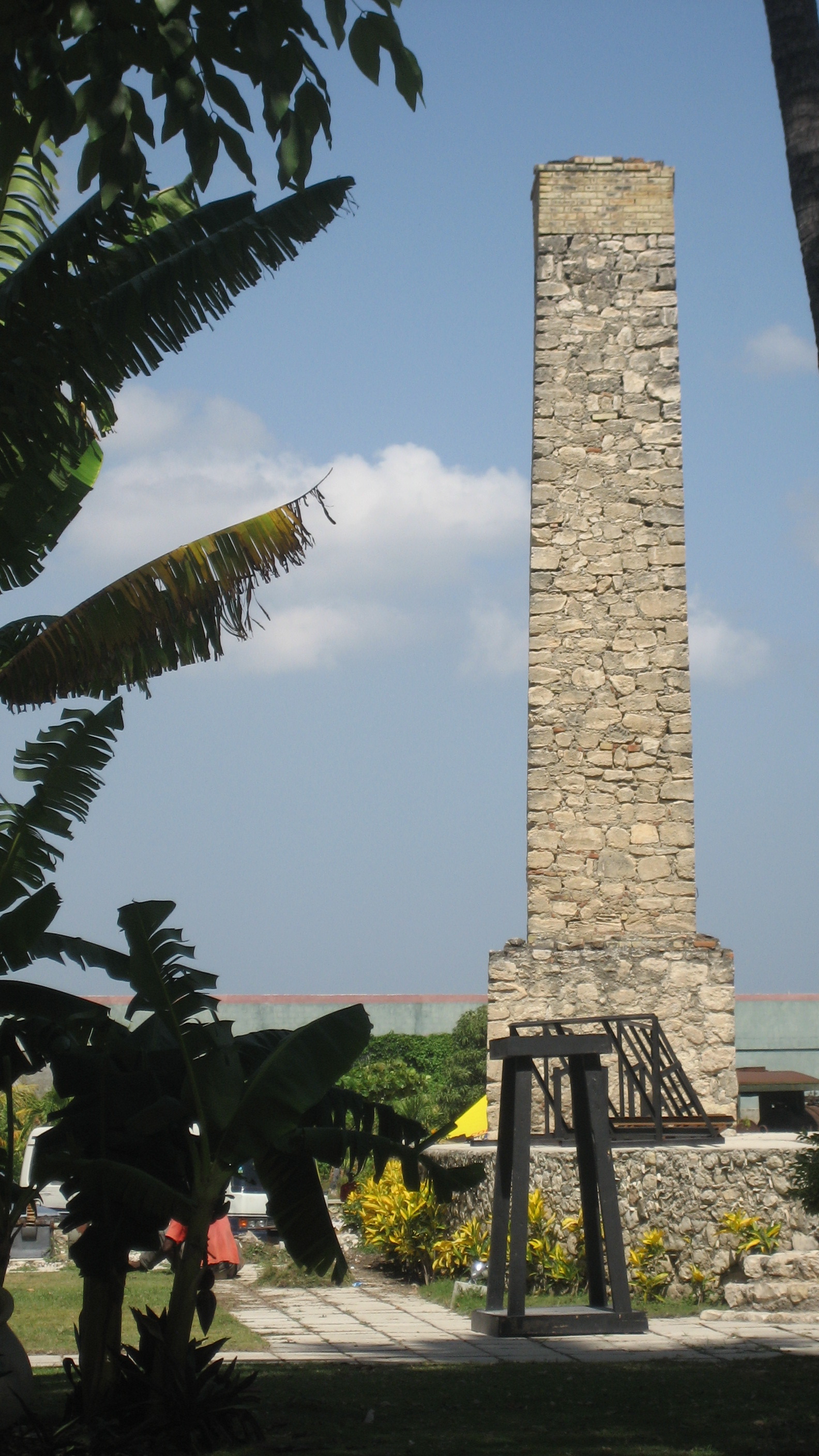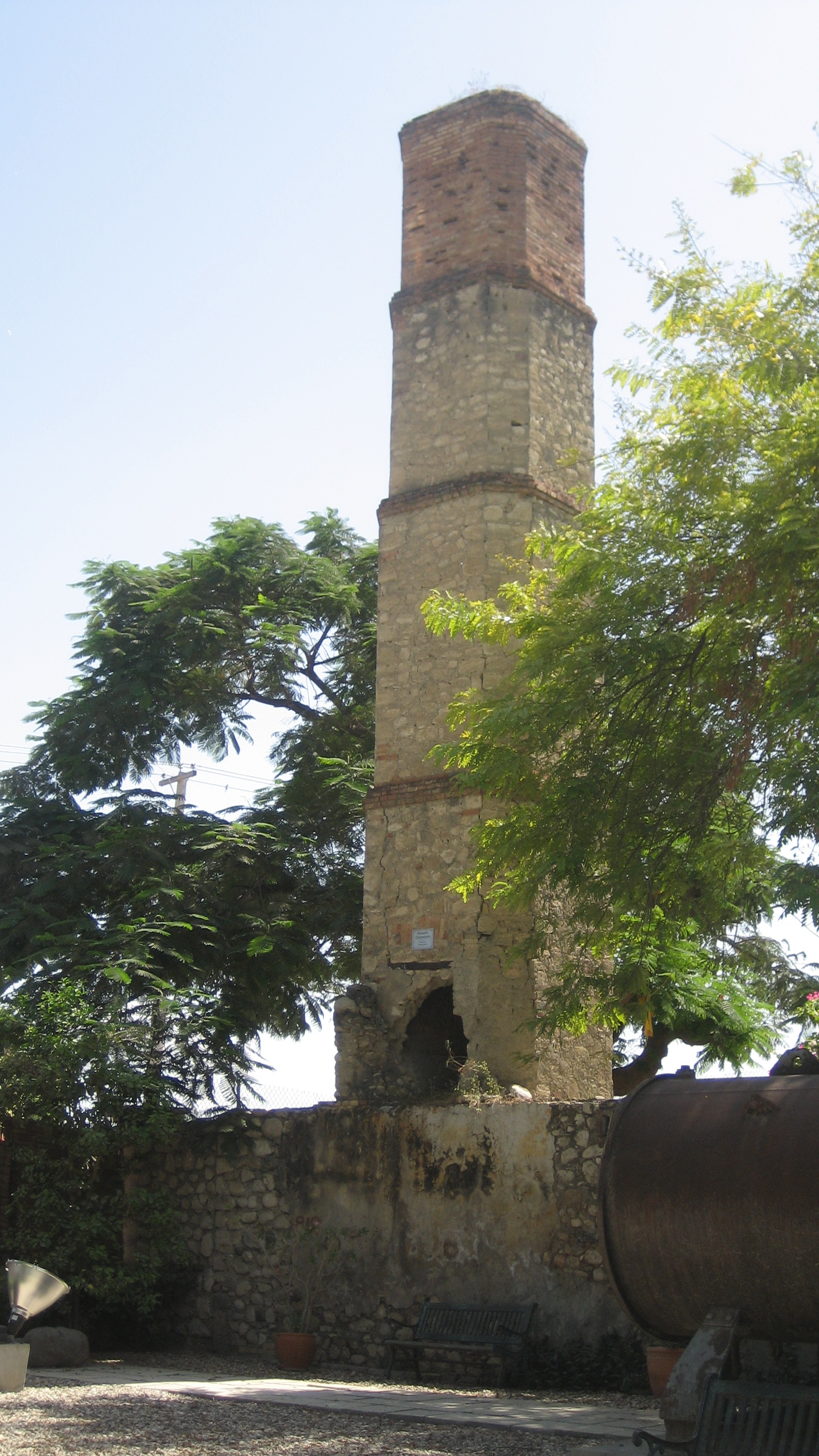PORT-AU-PRINCE AREA (WEST)
The Western department is dominated by Port-au-Prince, which contains so much of interest that I've divided it up and have put some of it in the Cote des Arcadins section and some in the Nippes/SW of Ouest section. In this section, I'm also looking for pictures of: Chapel of St. Louis de Gonzague (PAP), Iron Market—lots of photos online but should still have it here… (old and new Digicel-financed renovation) (PAP), Tombe d’Ennery and other historic graves at Eglise Saint-Anne (PAP), Pre-earthquake PAP city center, Source zabeth (Bonnet, near Croix des Bouquets).
Port-au-Prince architecture
The earlier photos below are pre-earthquake. As I usually stay in Pacot at the Oloffson and gingerbread houses are my favorite style, they predominate. The World Monuments Fund has put these sites on their “Watch List”–in danger of disappearing and in need of rehabilitation. They are looking at homes in Jacmel as well. Their website on the homes include an ISPAN bulletin about their collaborative work. I only wish it had more photos of more homes… ISPAN discusses the architecture of the city in many of its bulletins, but bulletins #6, #11, #24, #32, and #34 focus on gingerbread architecture specifically. This FOKAL/WMF collaboration with one of Columbia’s architecture studios in 2016 is excellent.


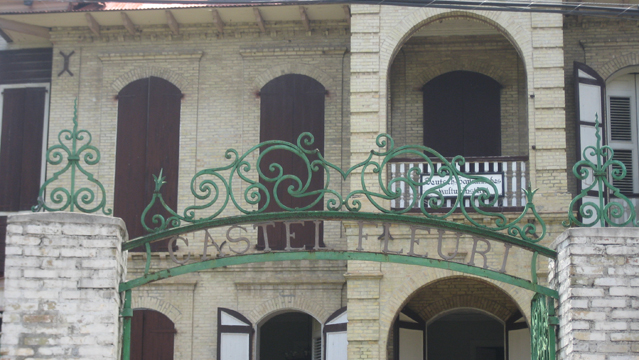

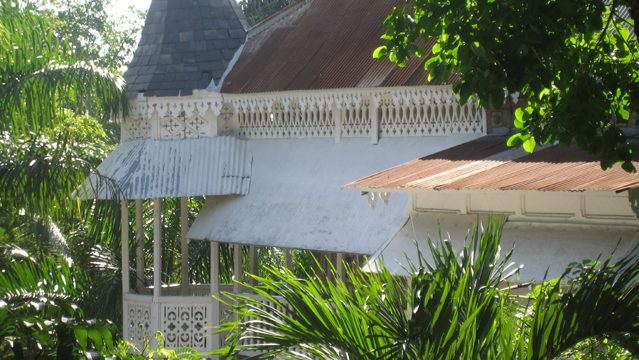
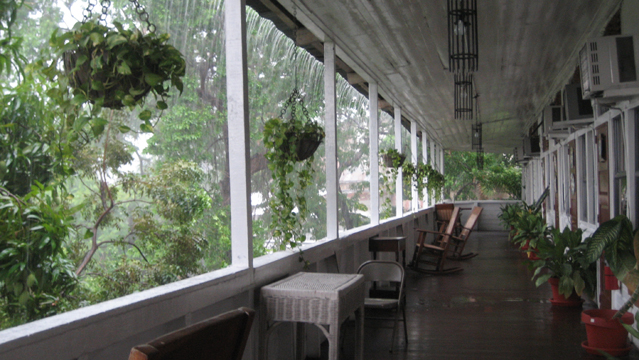
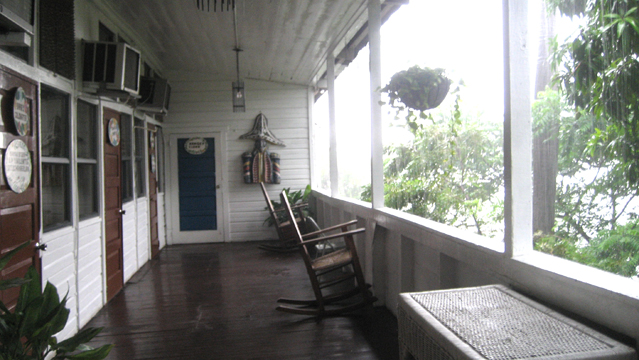

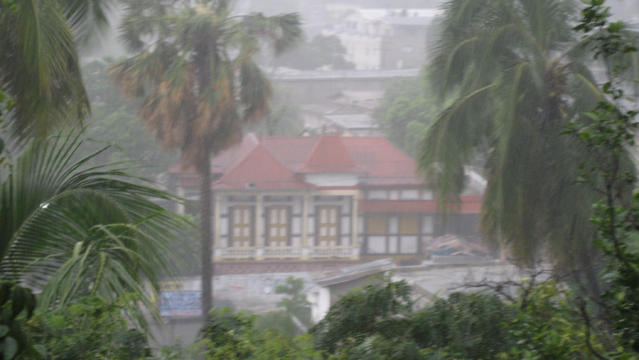
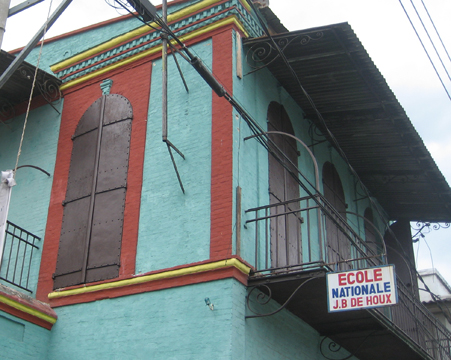
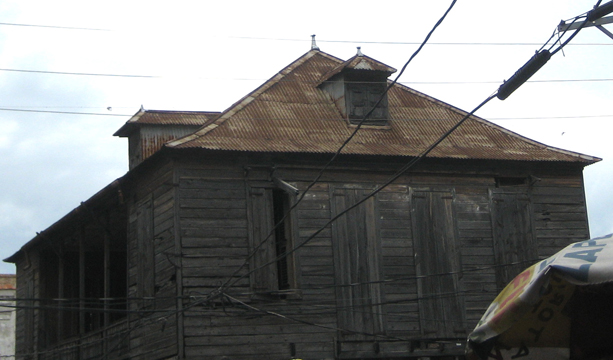

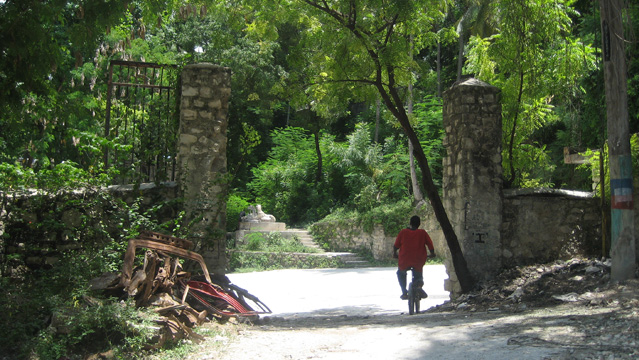




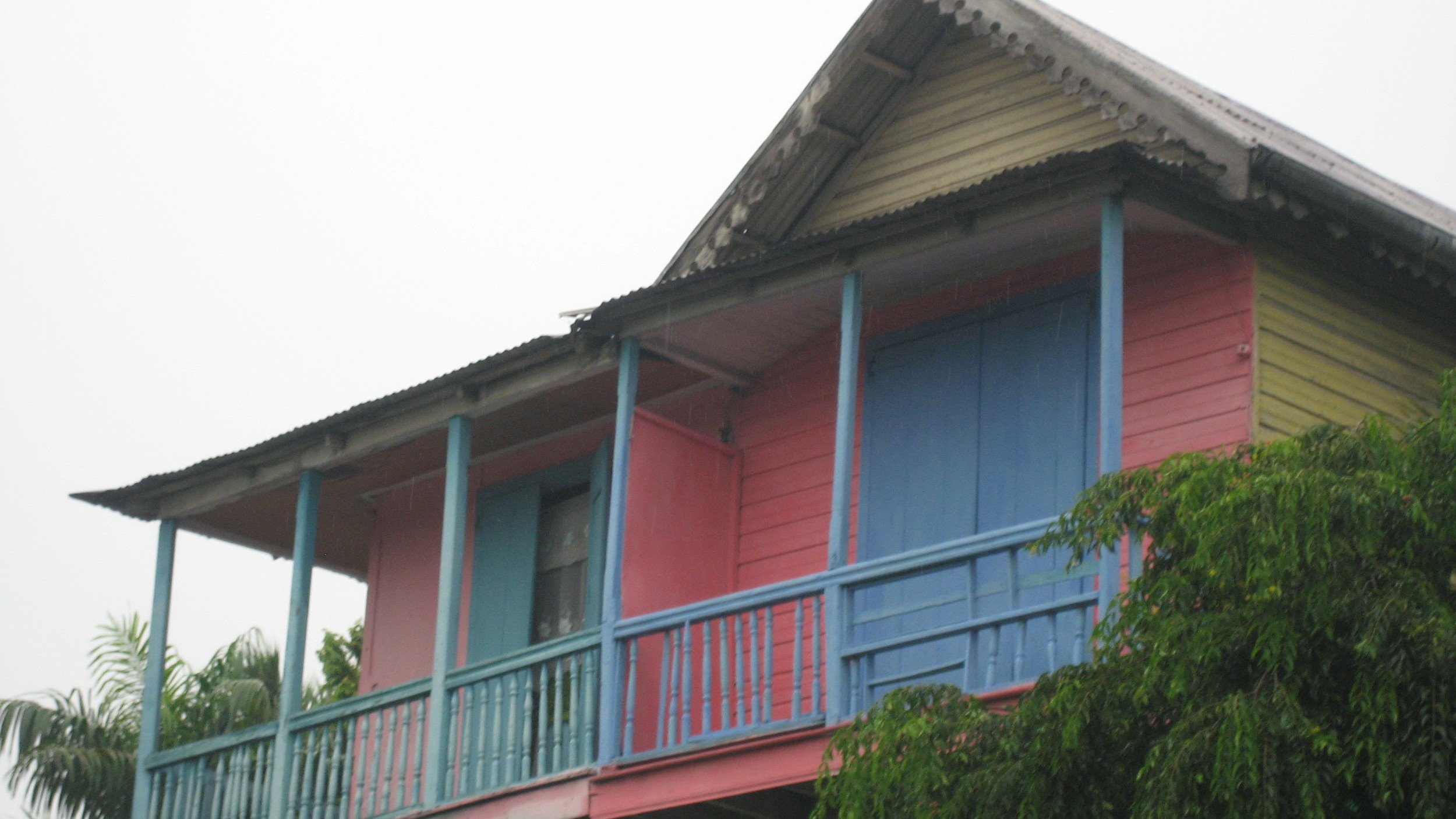
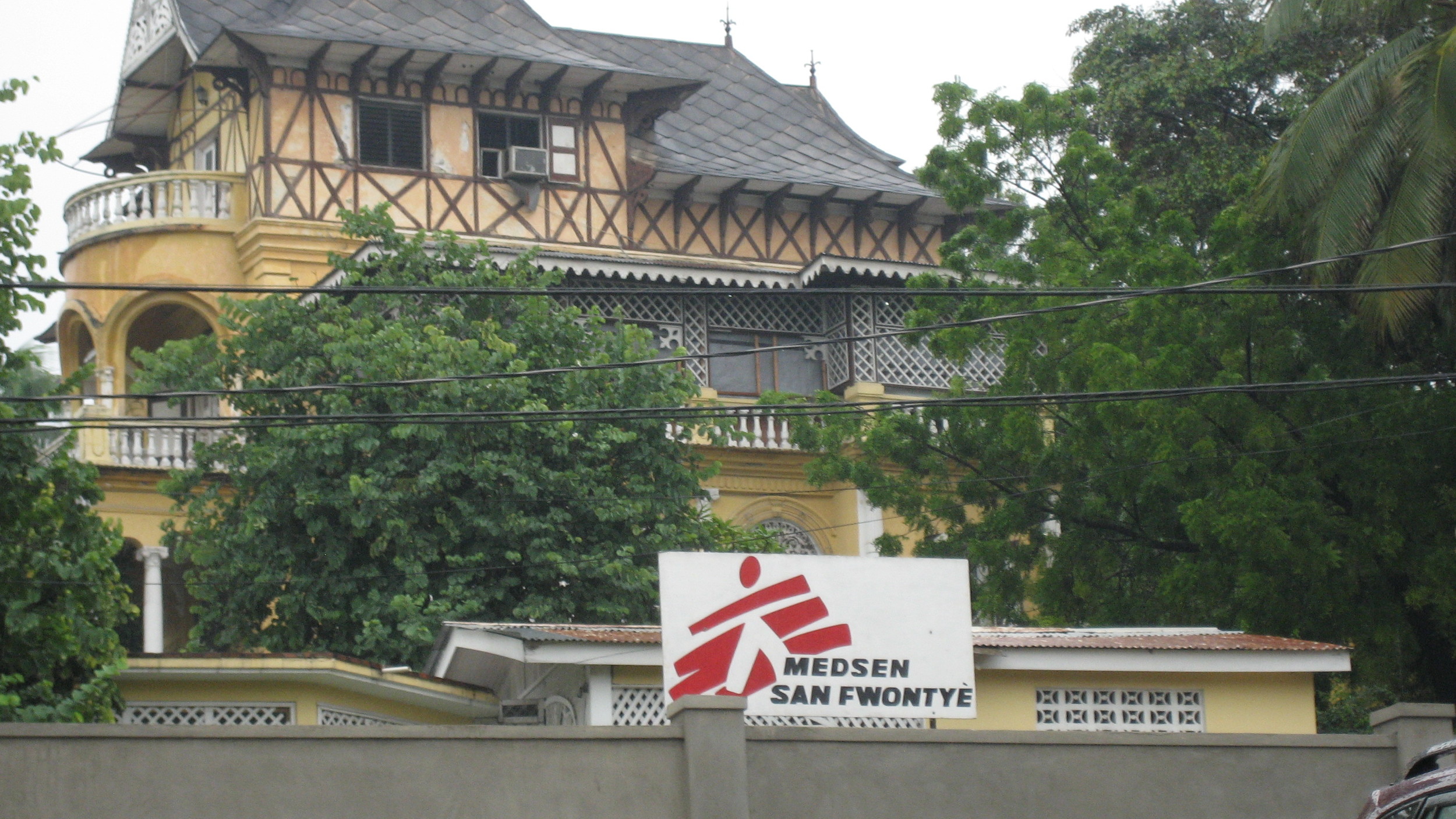
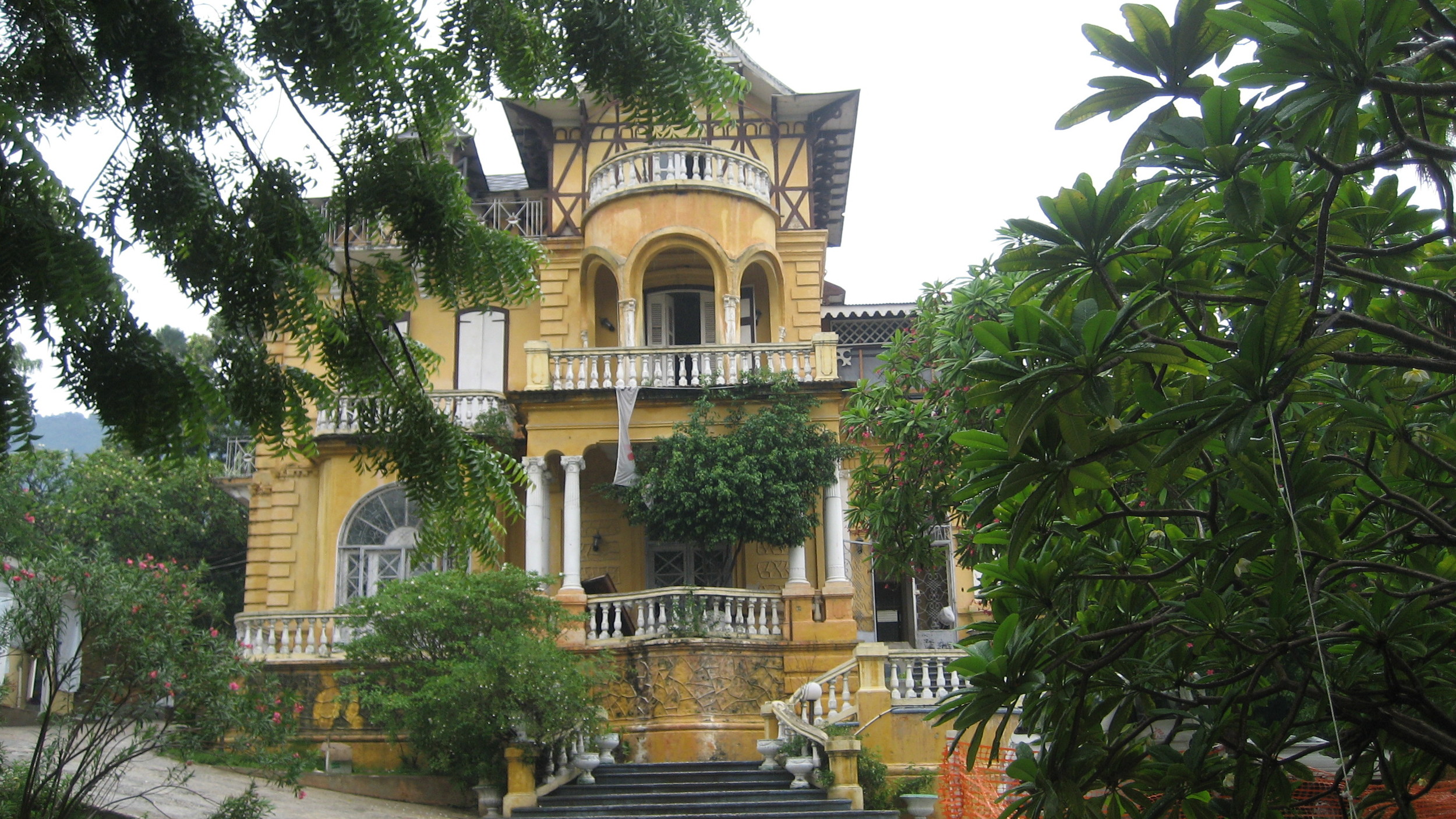
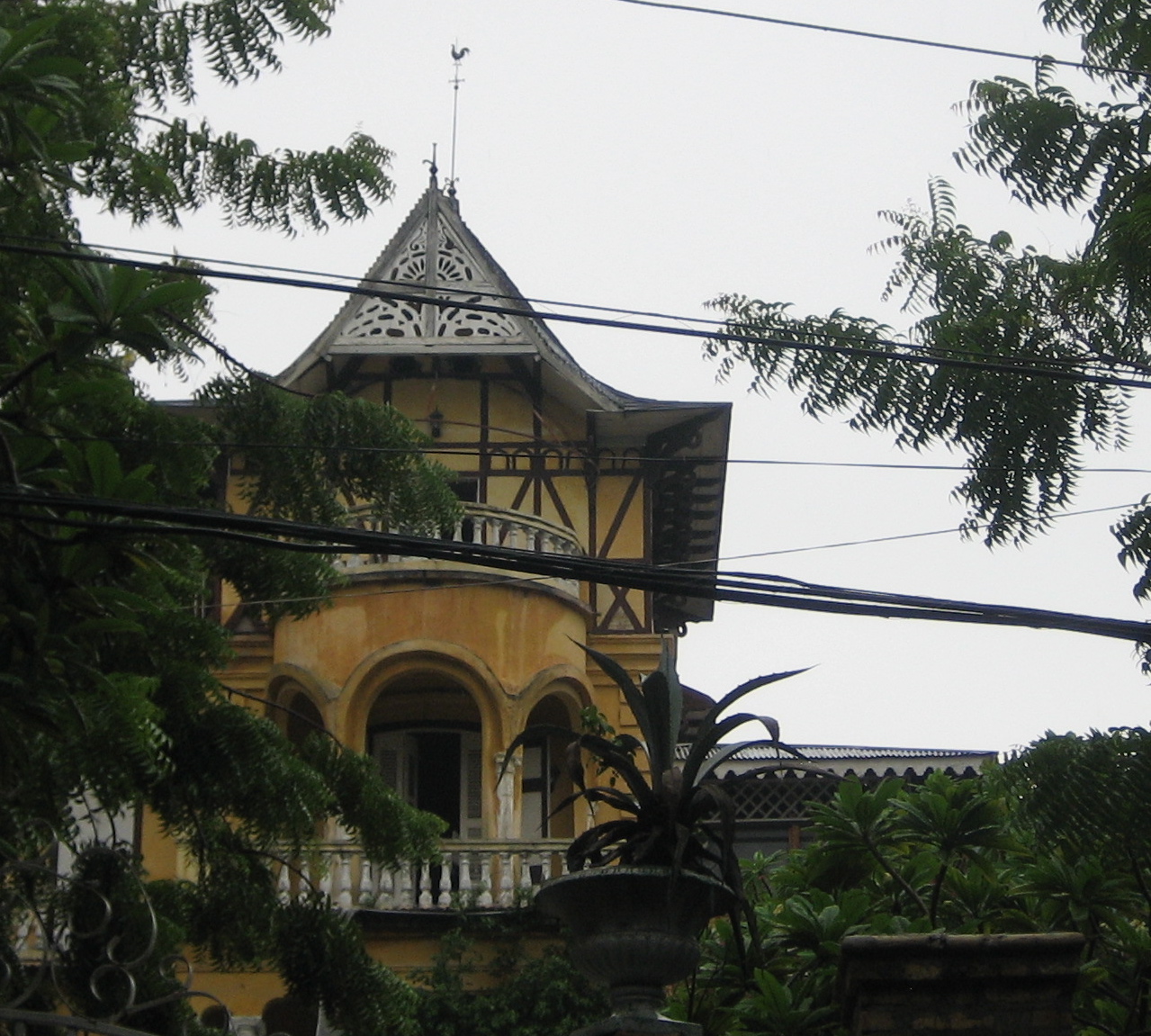
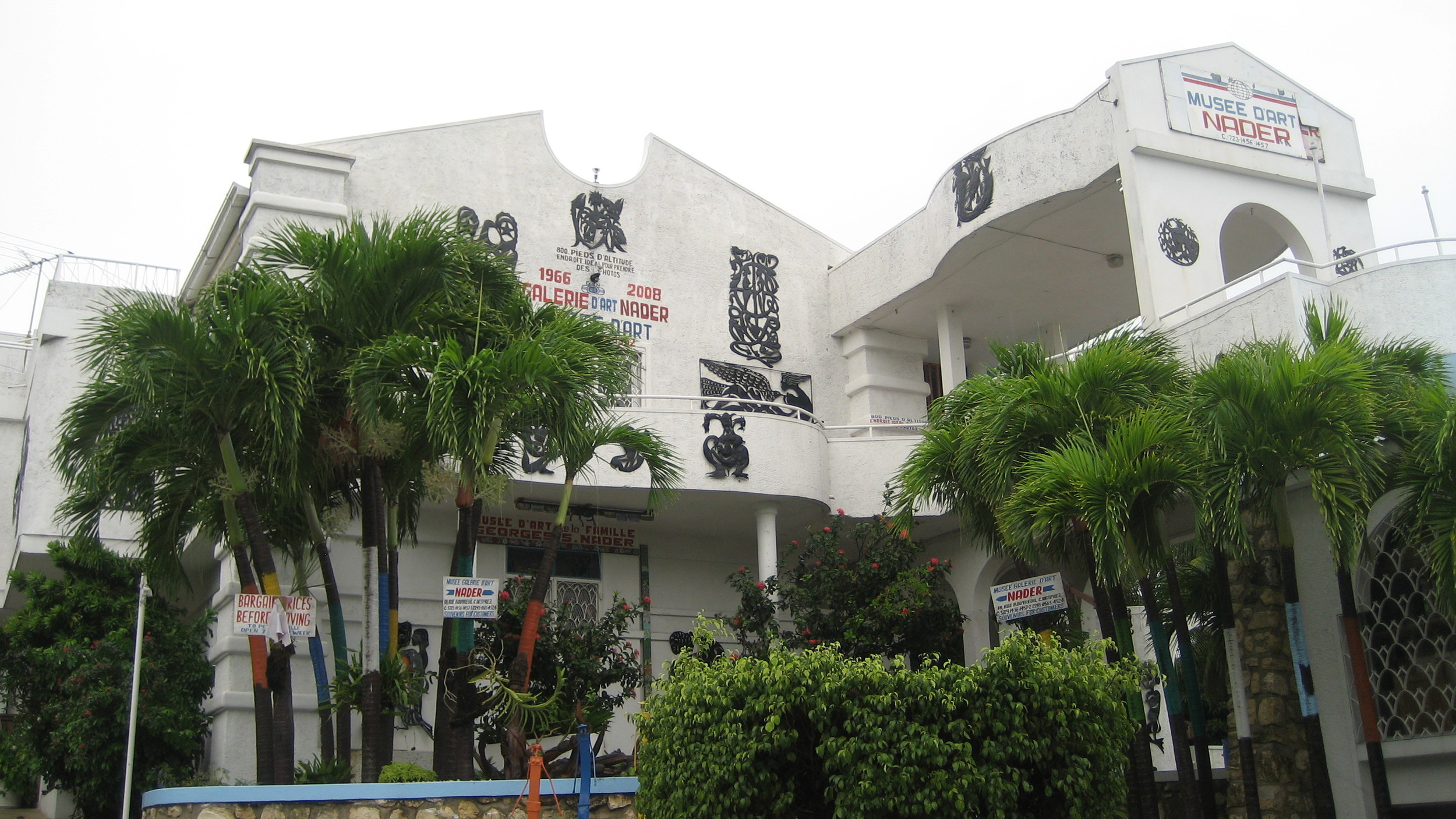
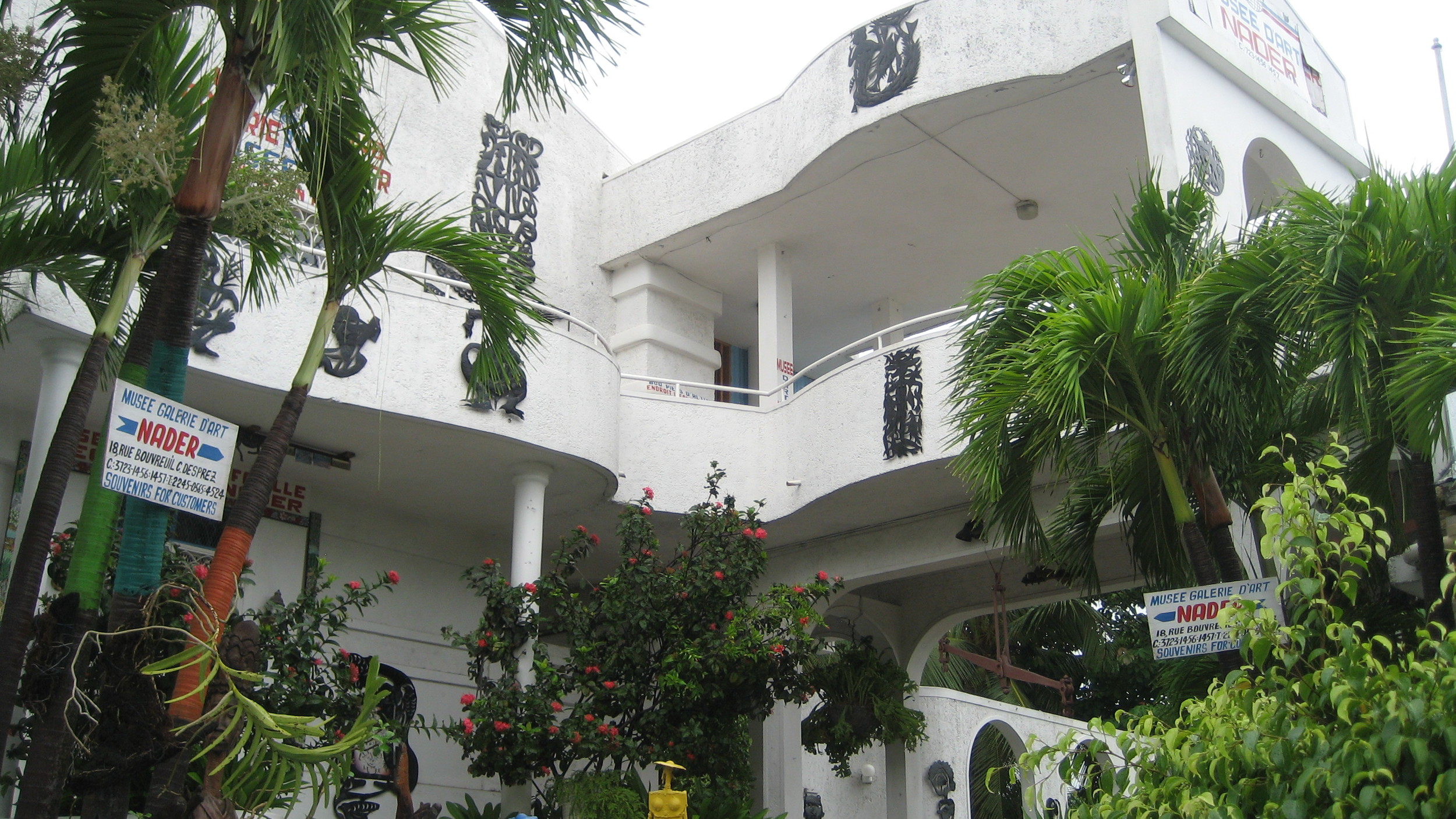
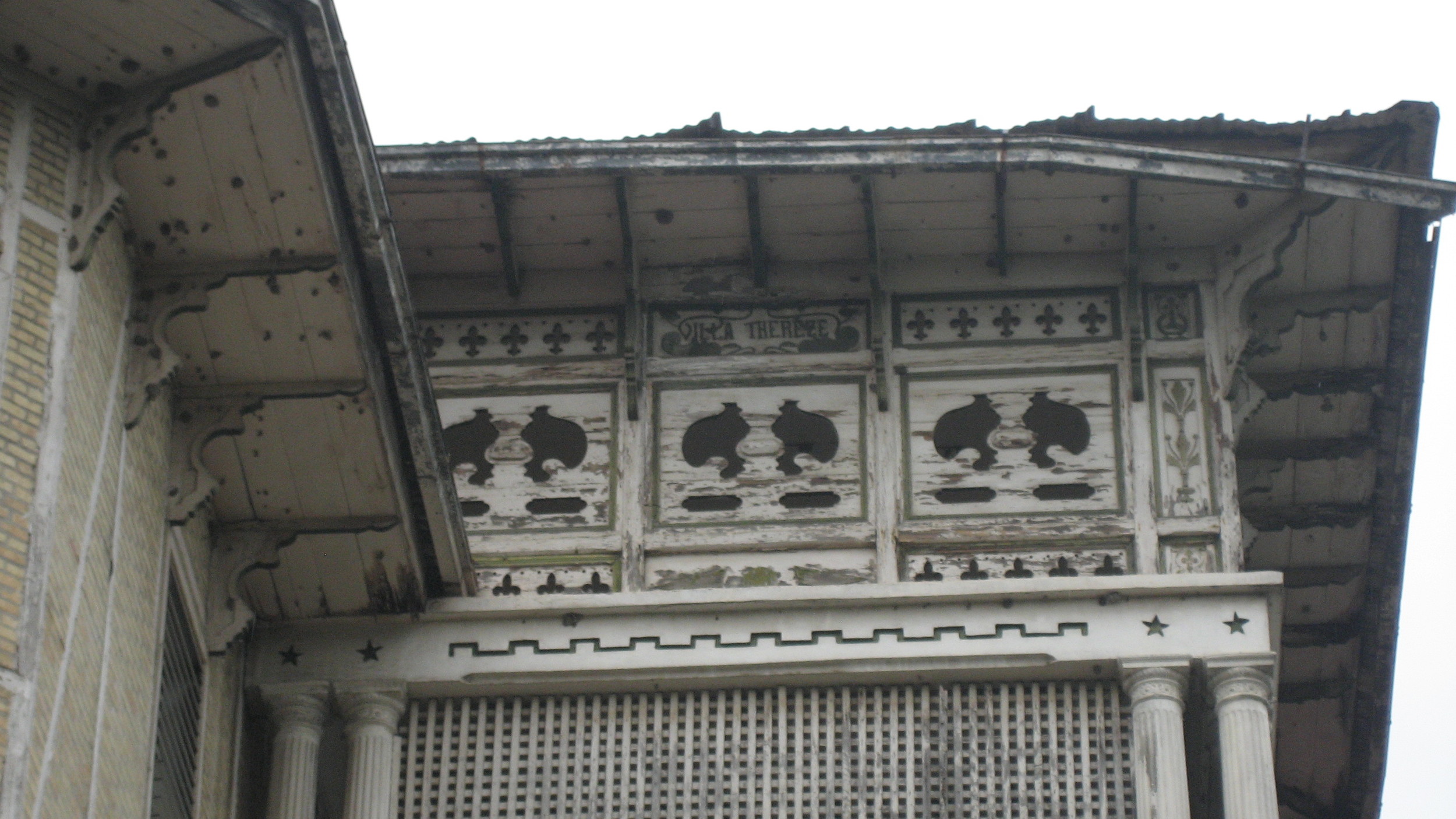
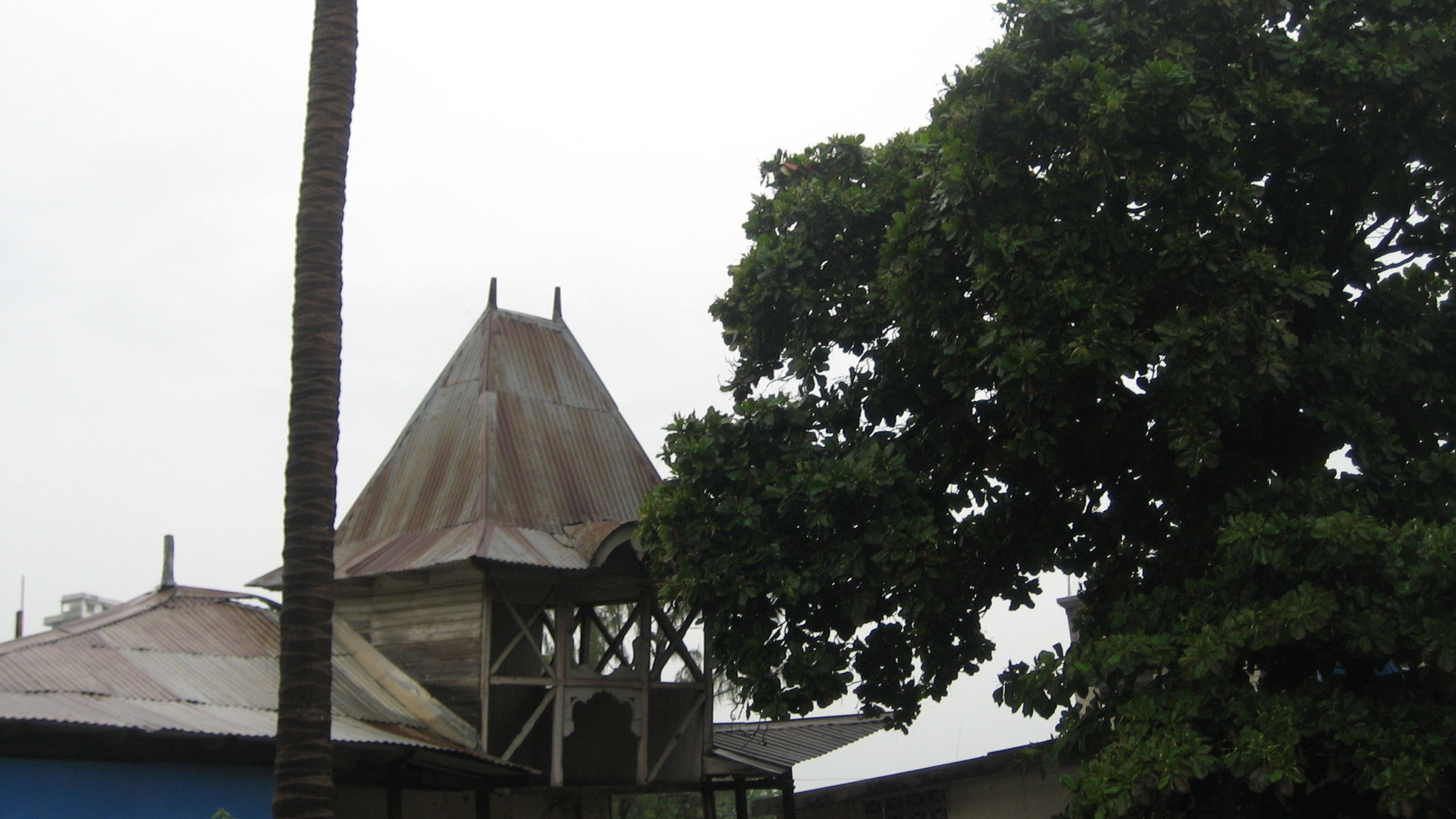
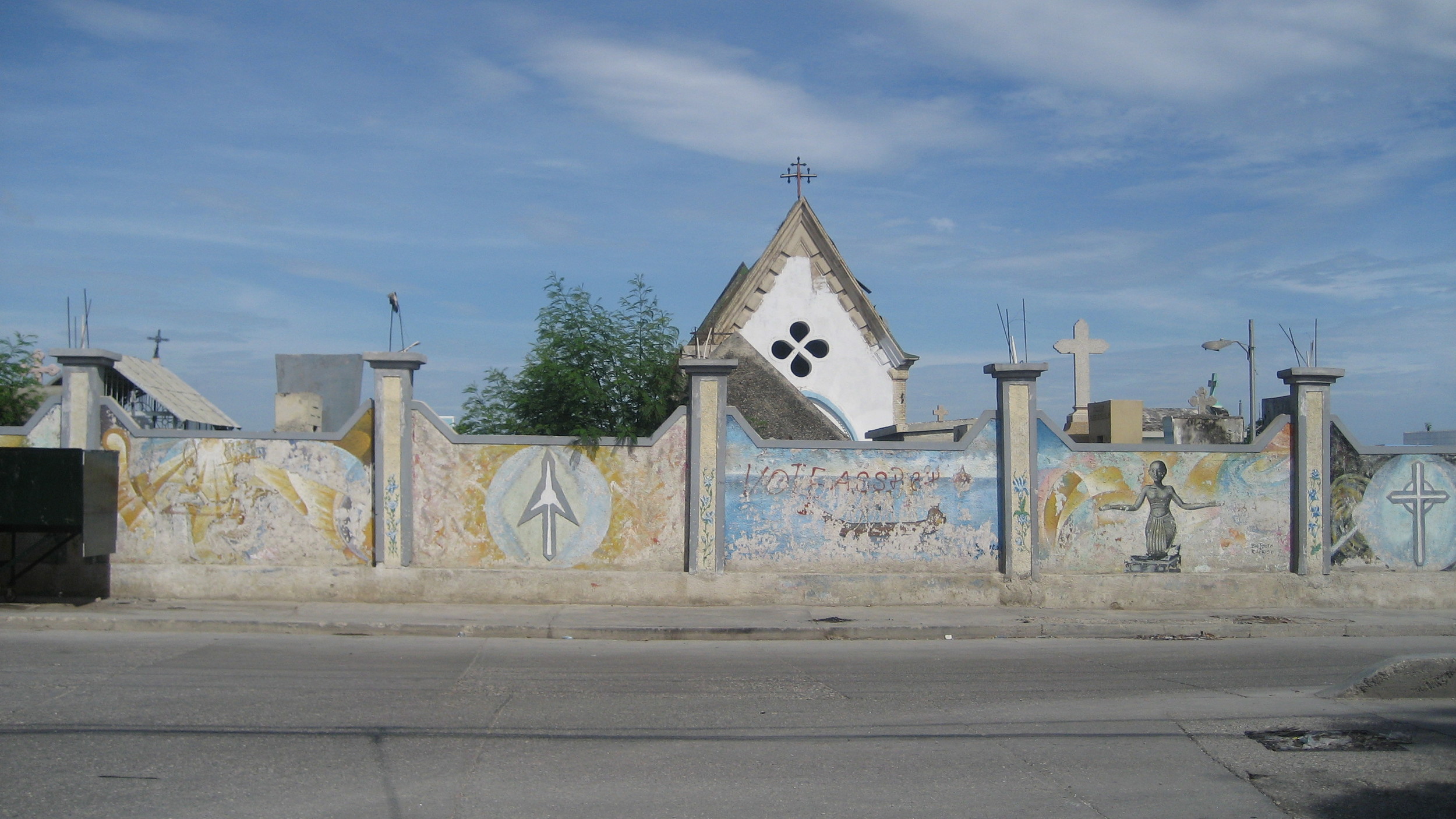

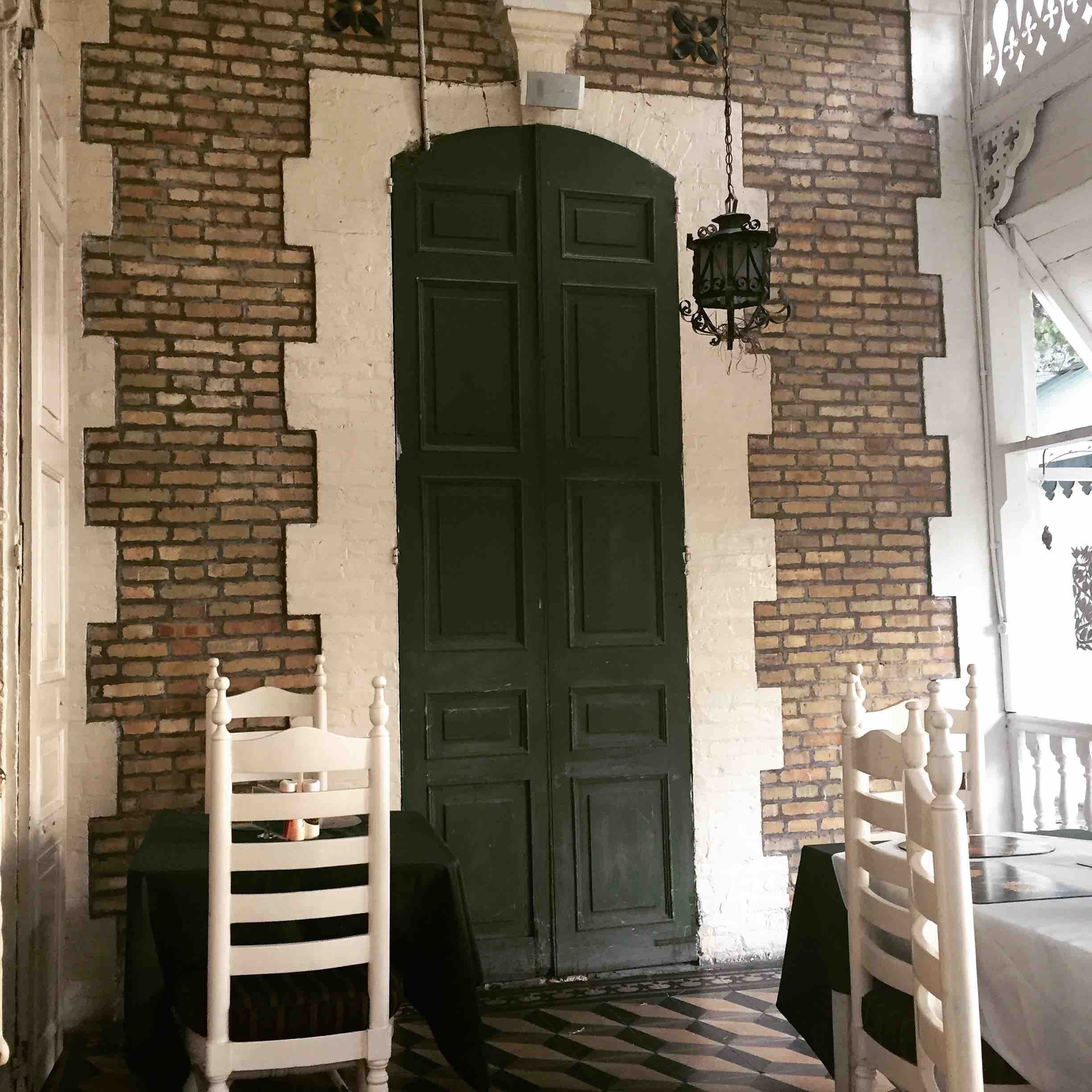

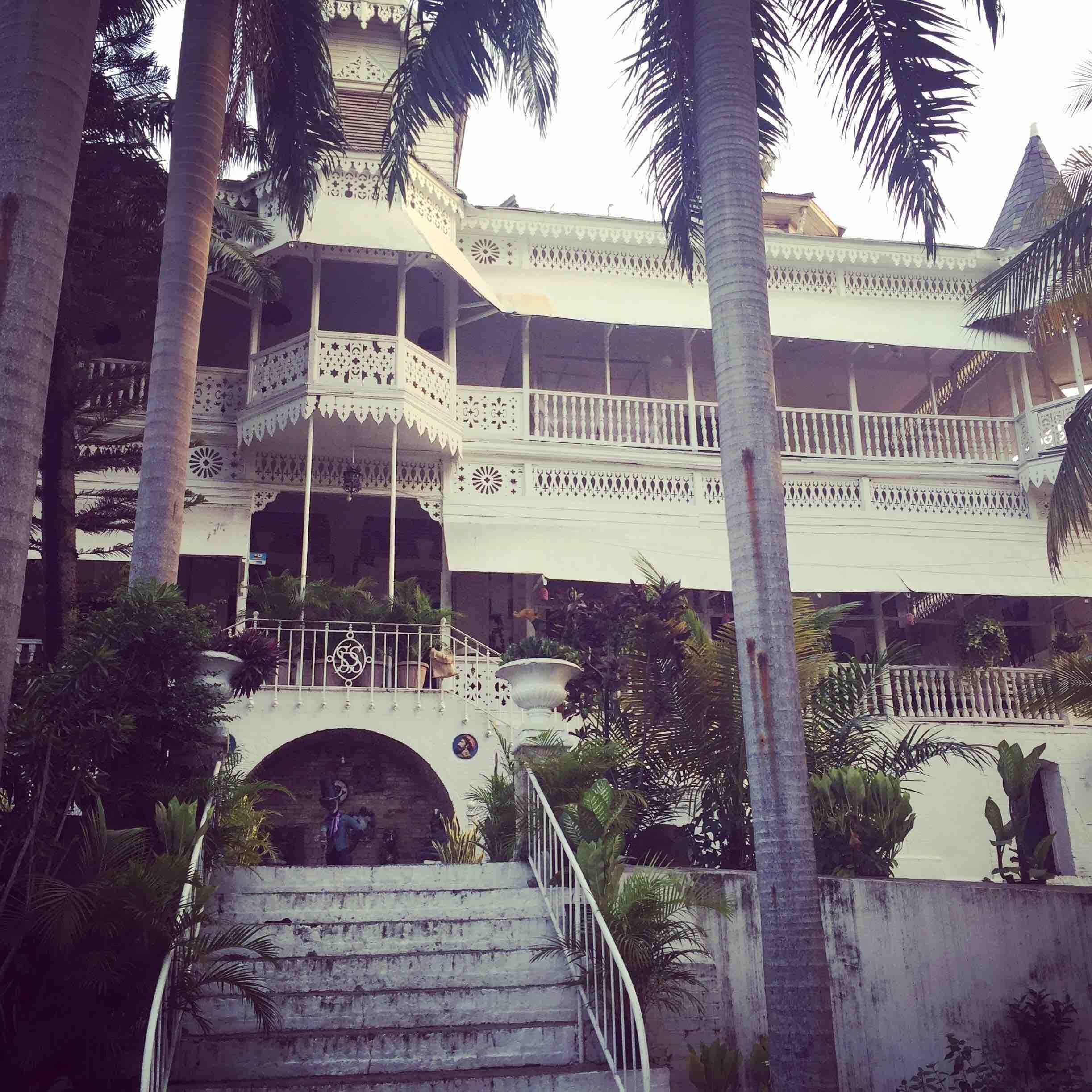
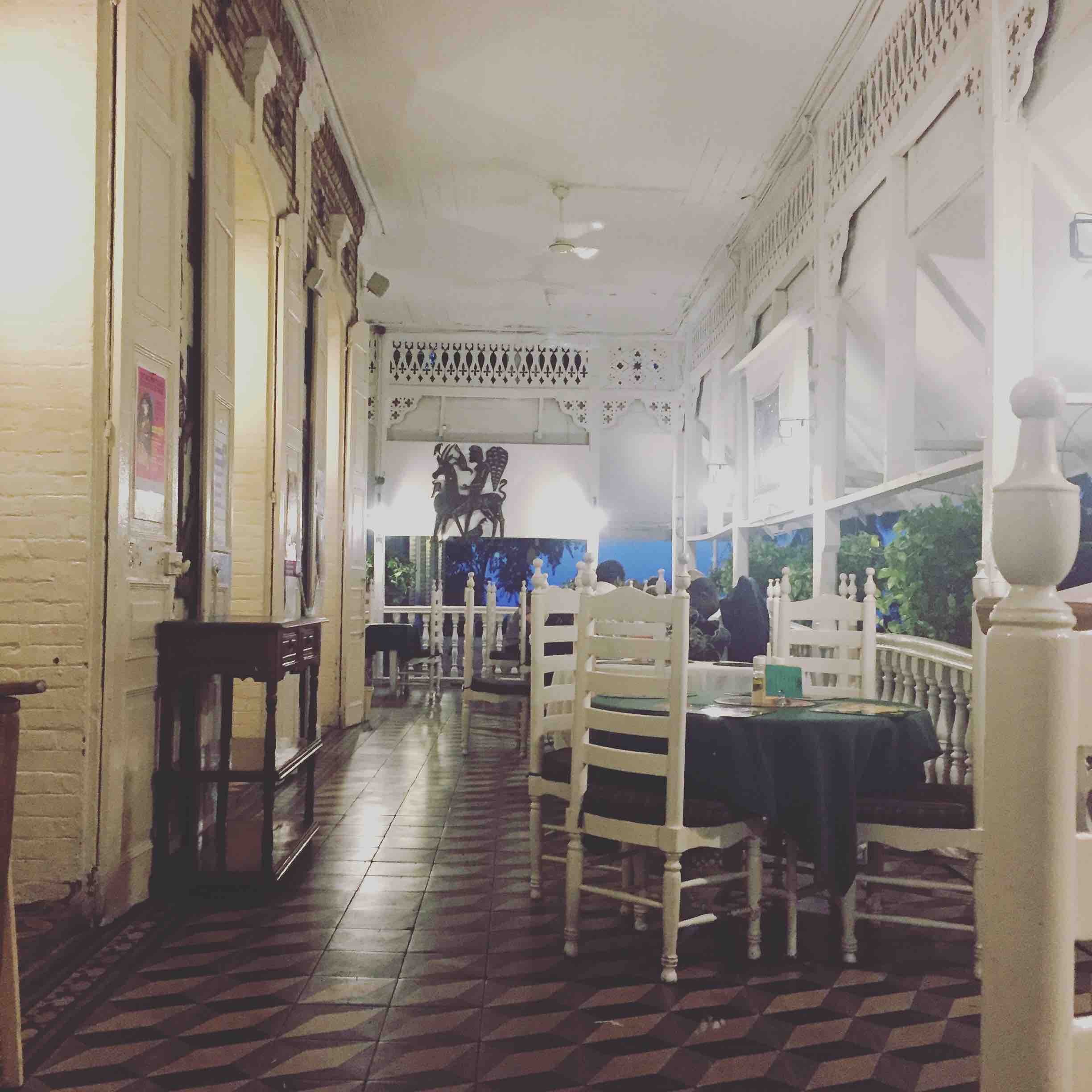
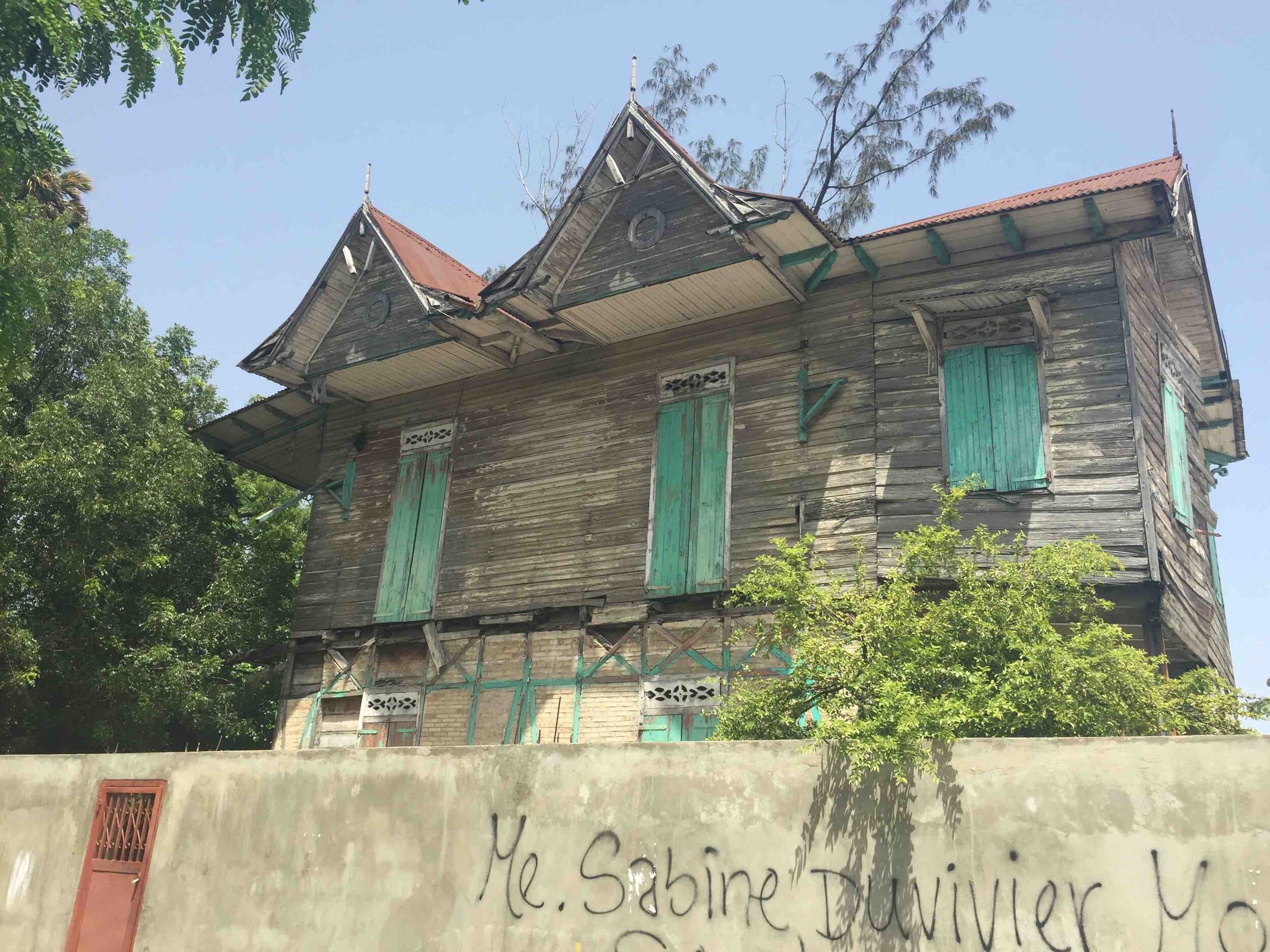
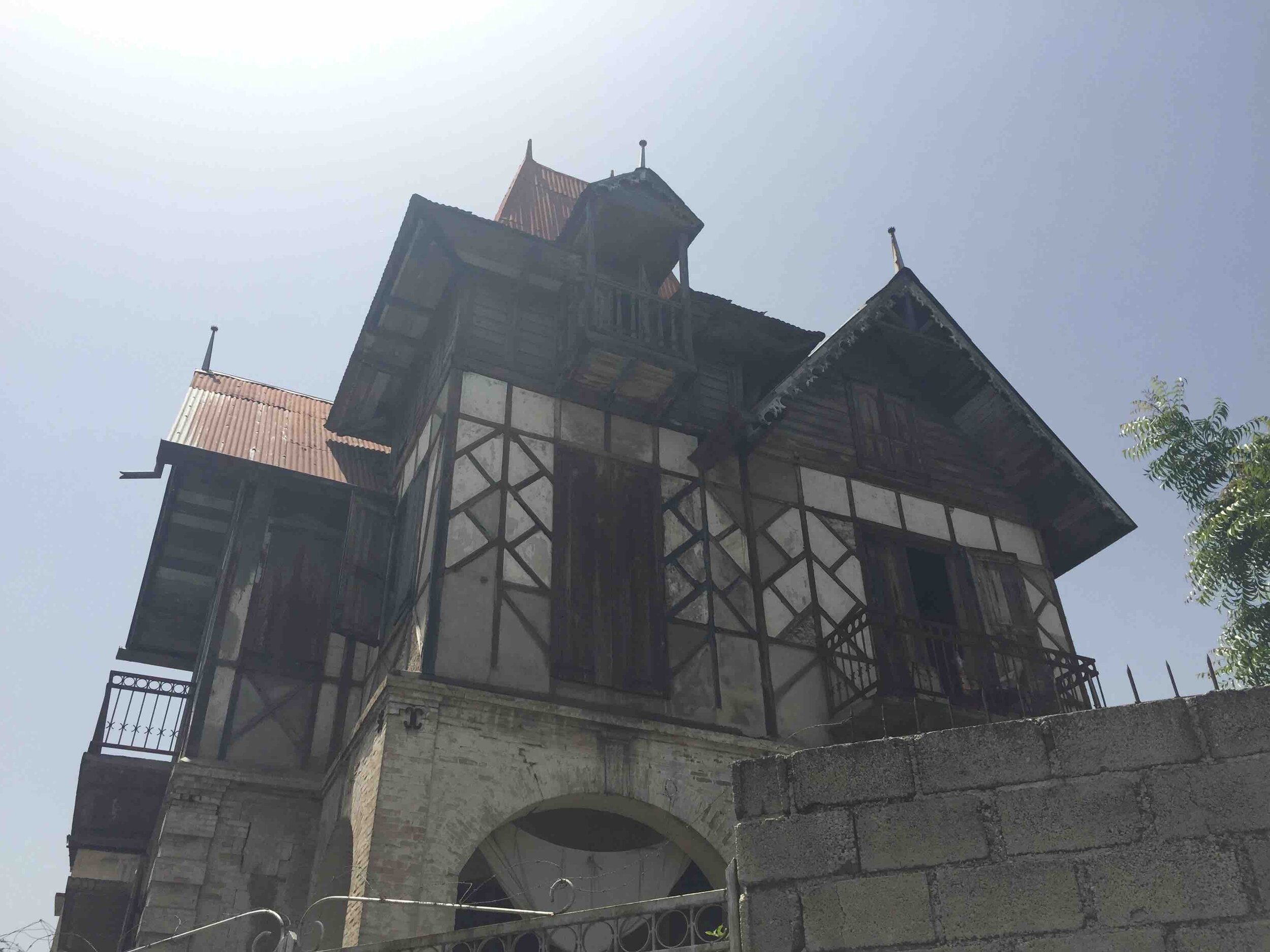
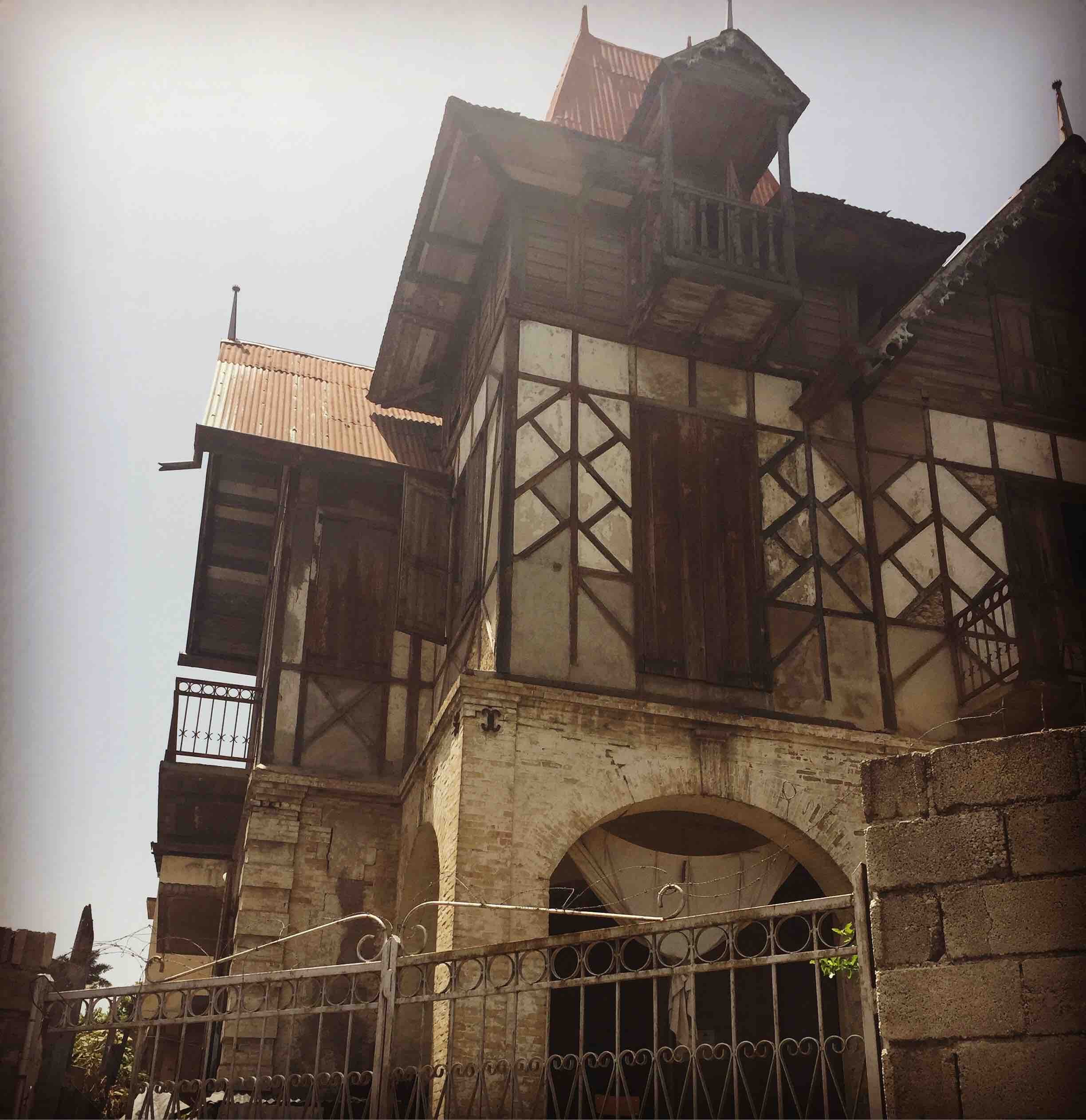
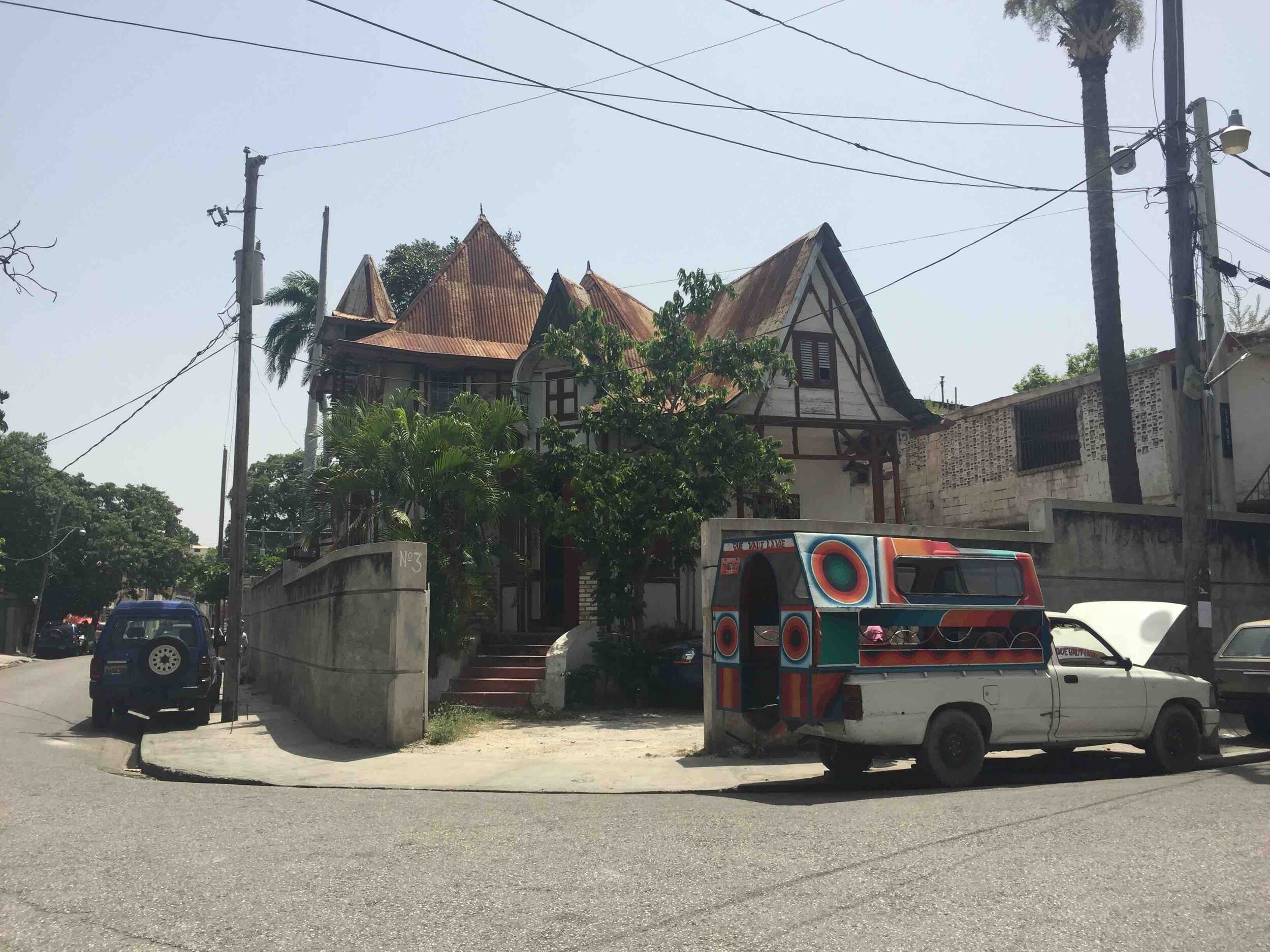

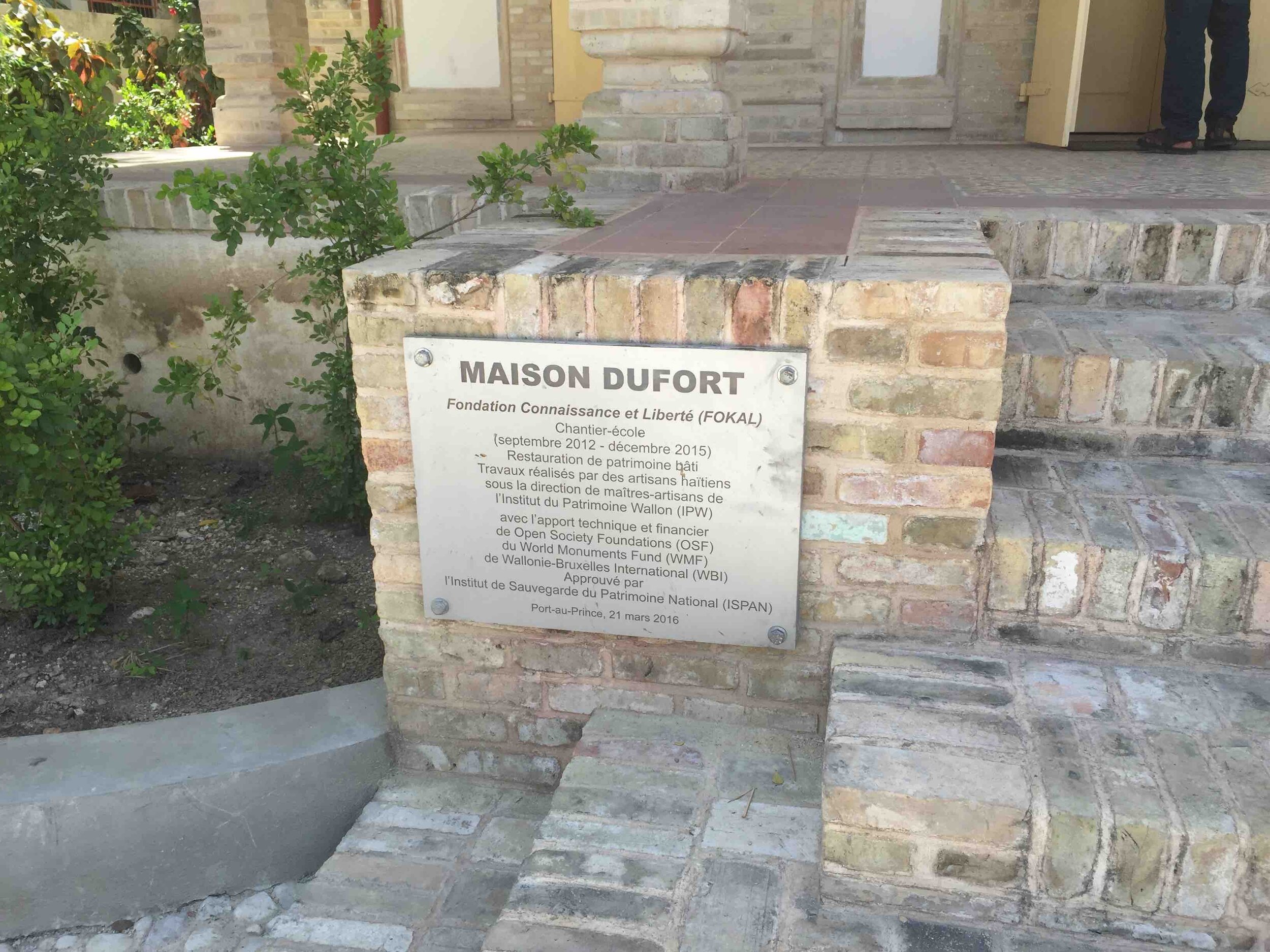
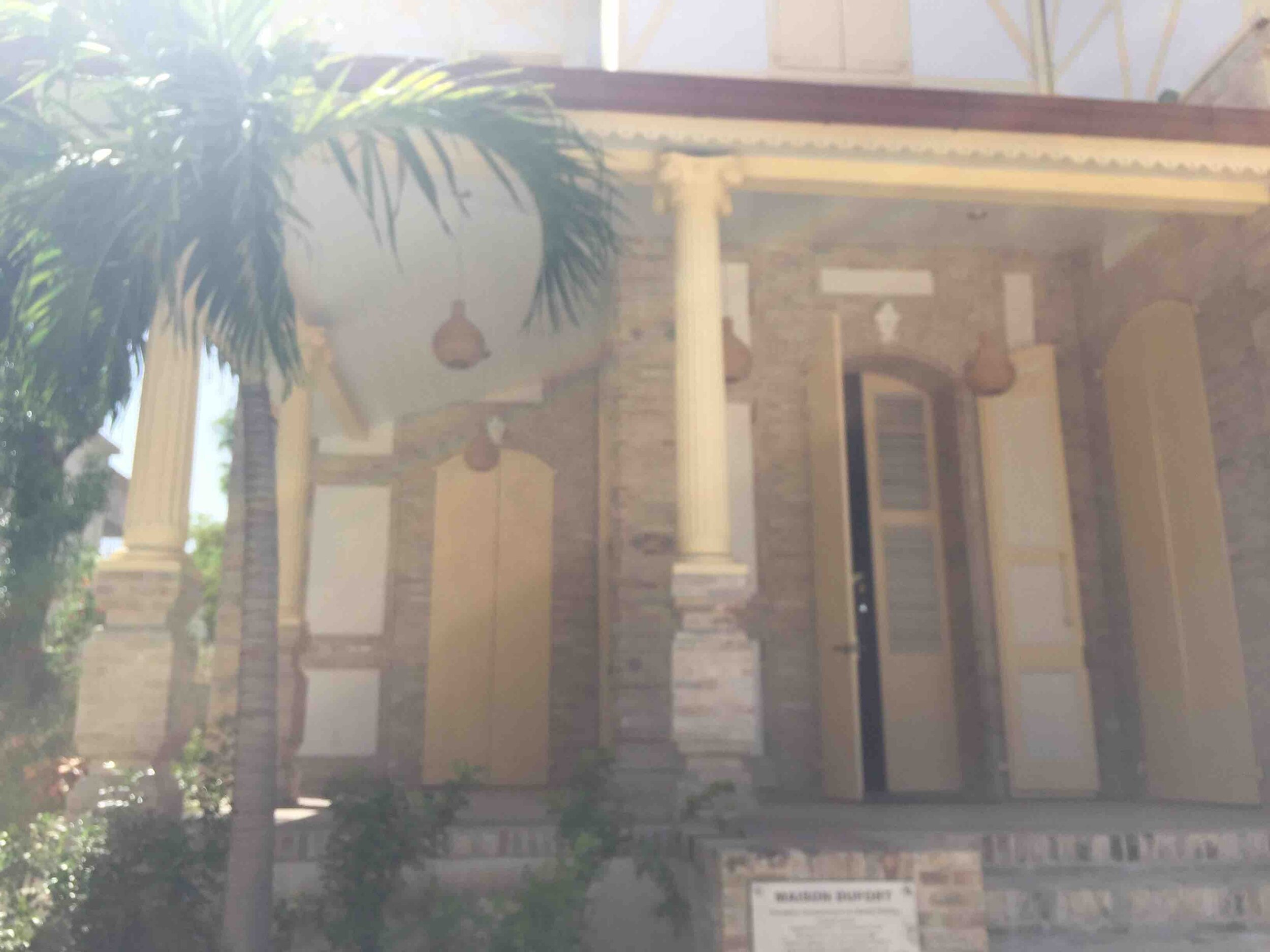
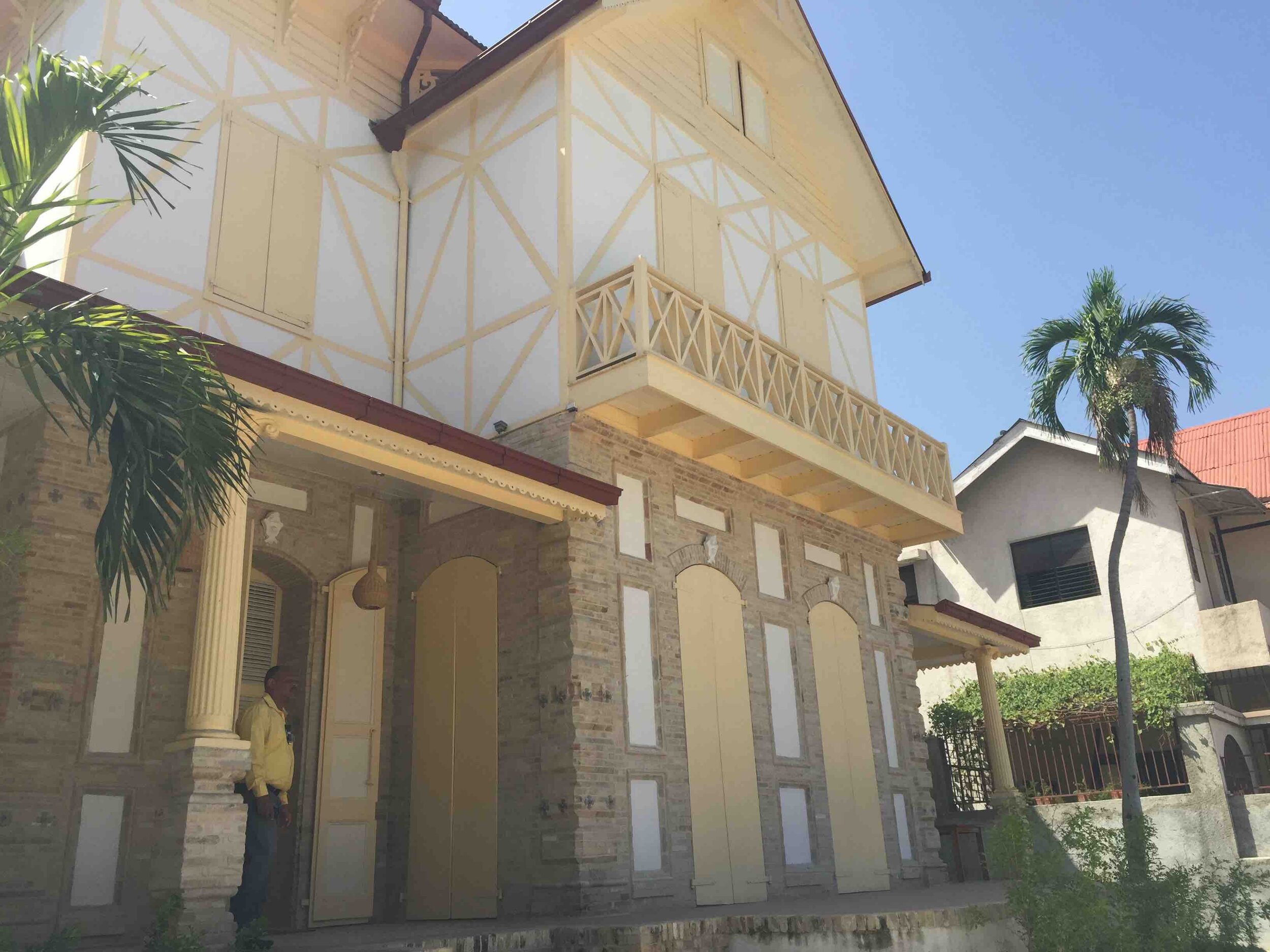


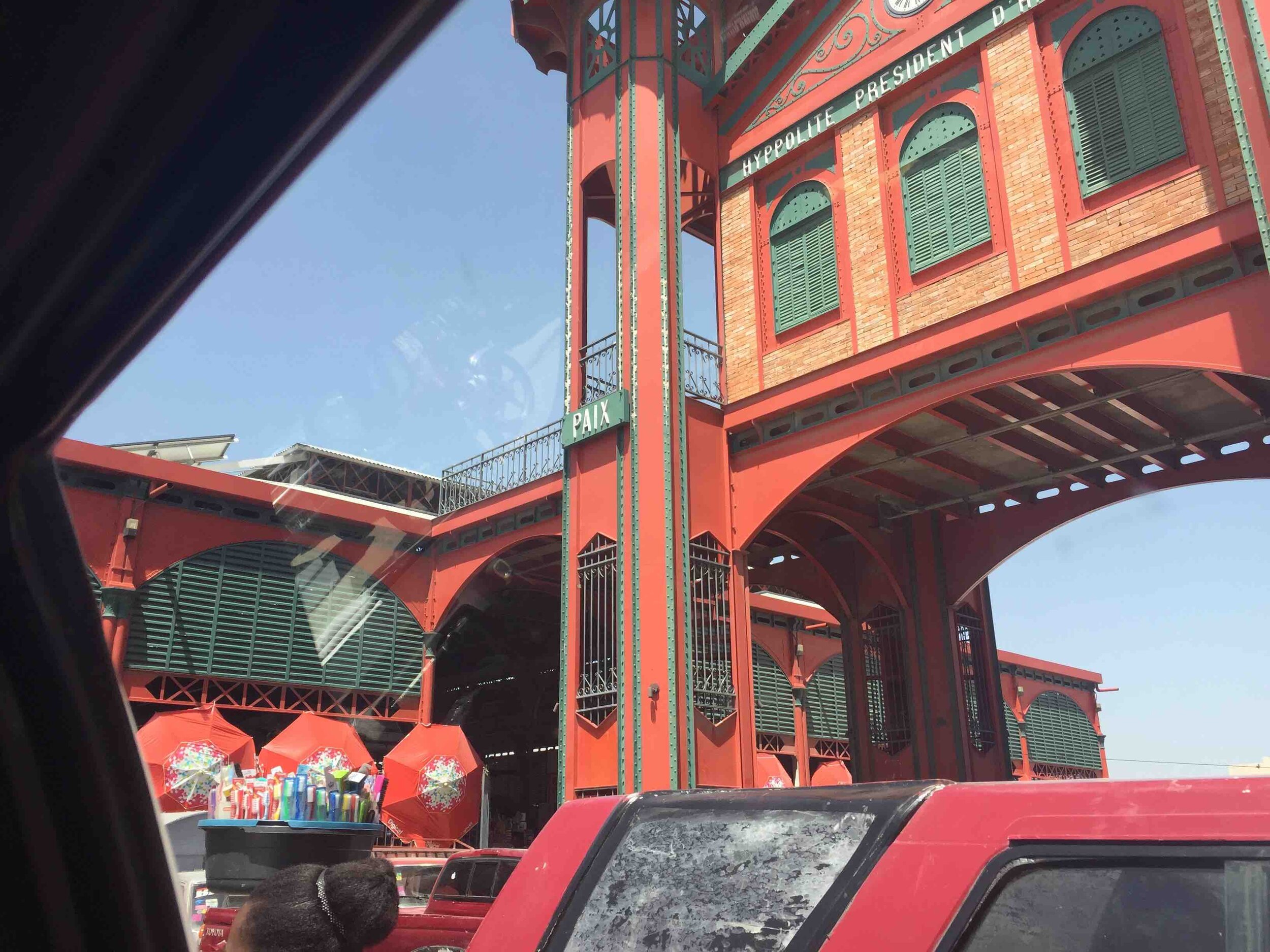



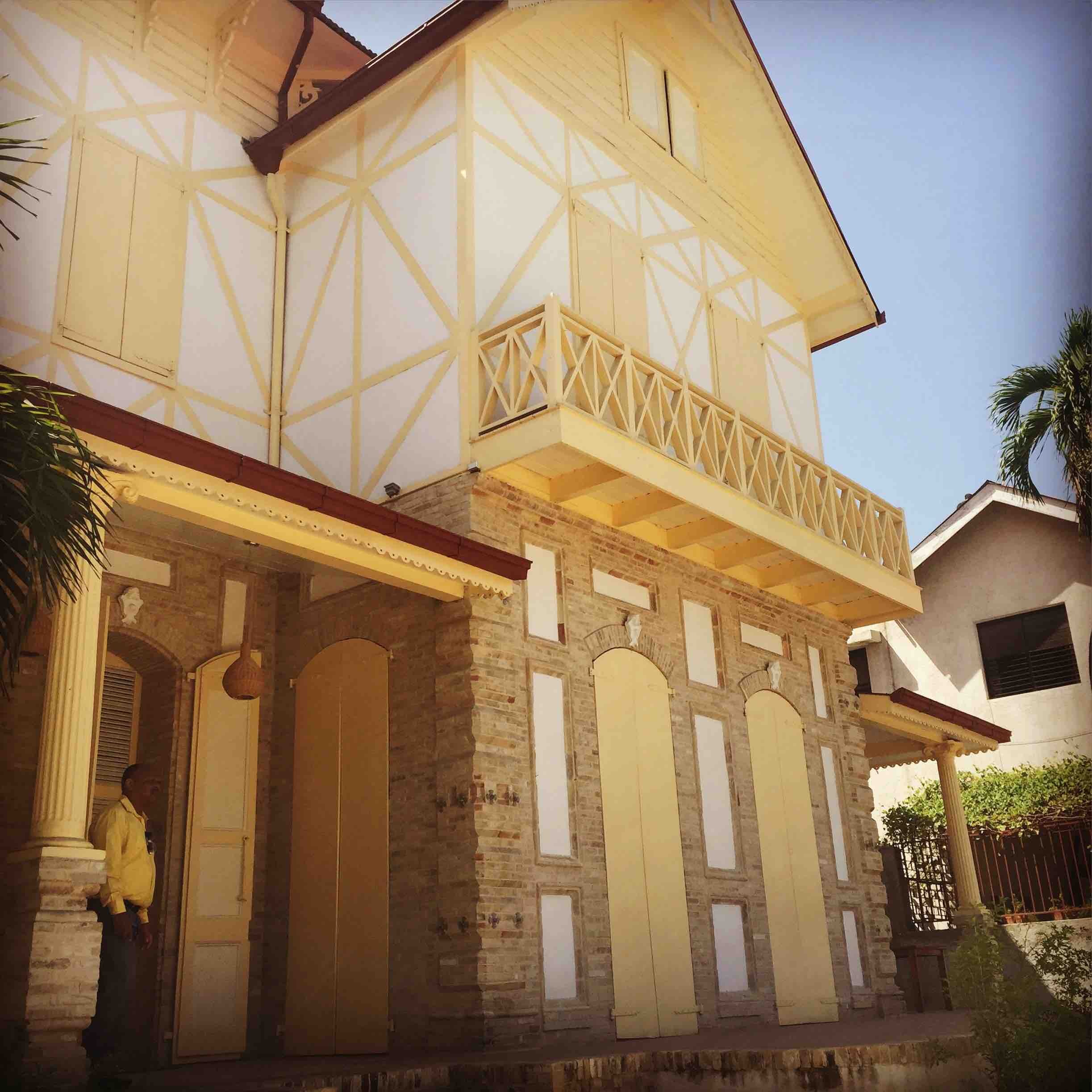




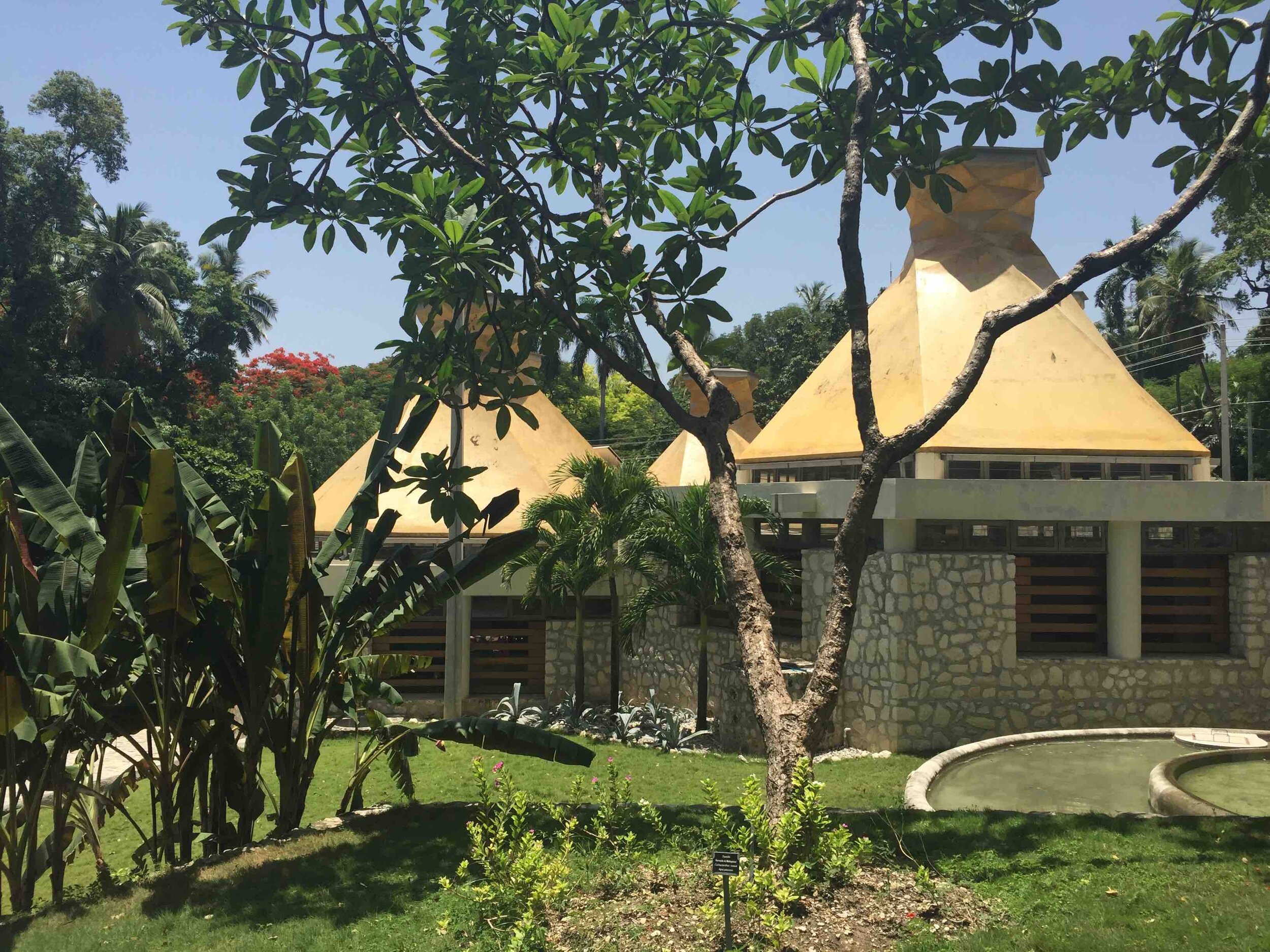

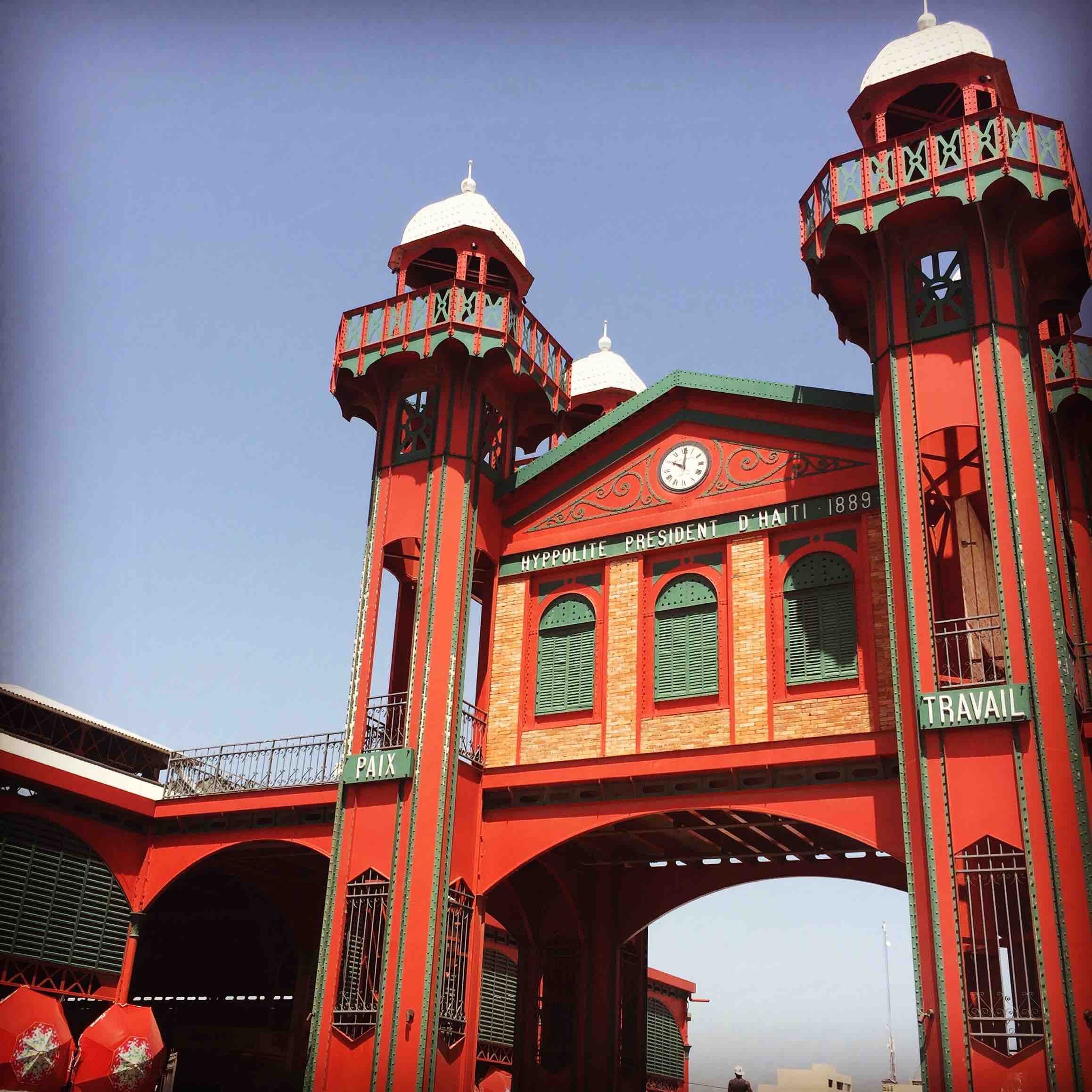
Cathédrale Saint-Trinité
I took these photos in June, 2009 on my first and only visit to the Episcopal Cathedral. It was twilight, and I was rushed, which I regret, as the site was largely destroyed in the earthquake 7 months later. I believe that restoration of the remaining murals is ongoing, and it was one of the first priorities of cultural preservationists after the earthquake. Created in the early 1950s under the direction of the heads of the Centre d’Art, it features work by leading artists of the time and is considered a major national treasure.
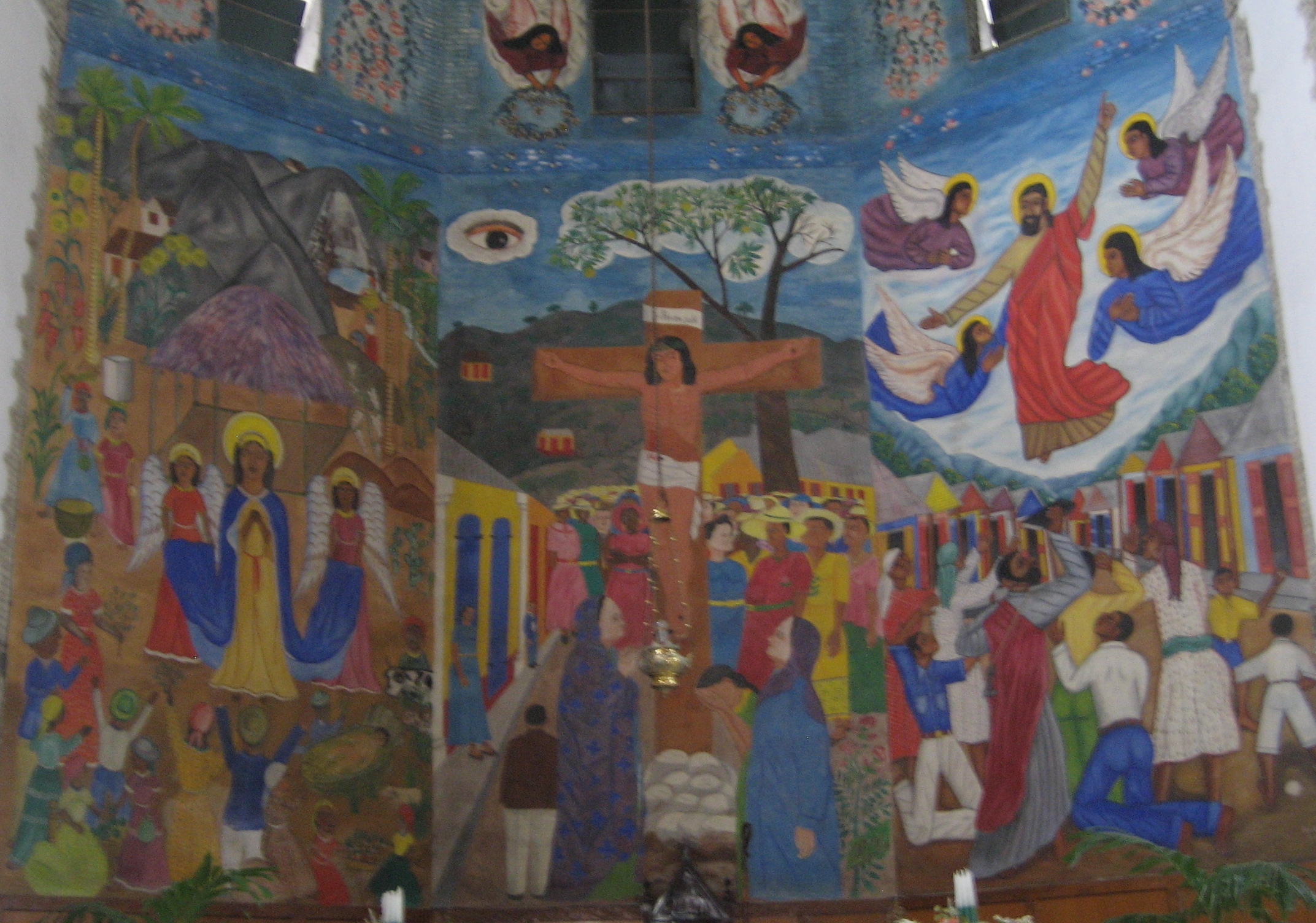
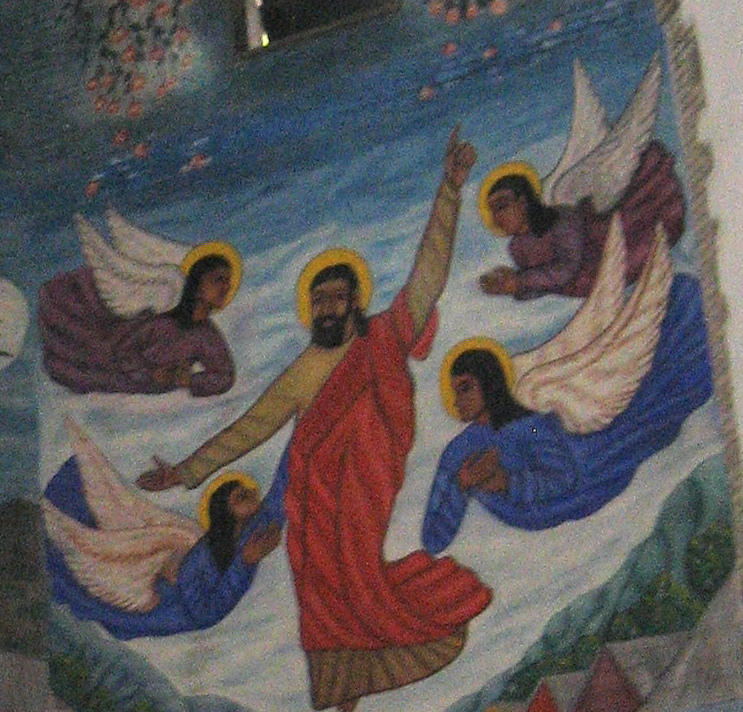
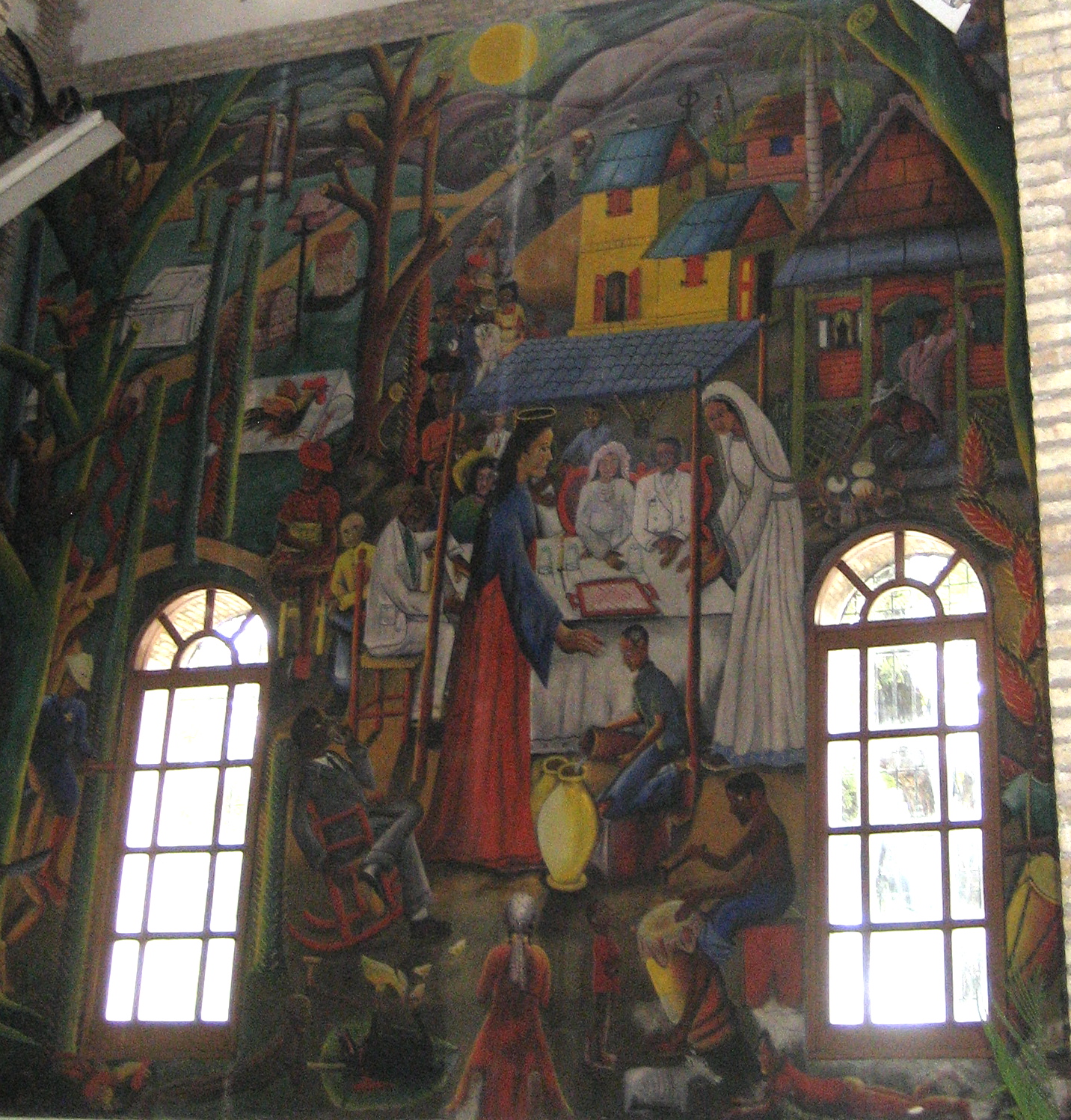
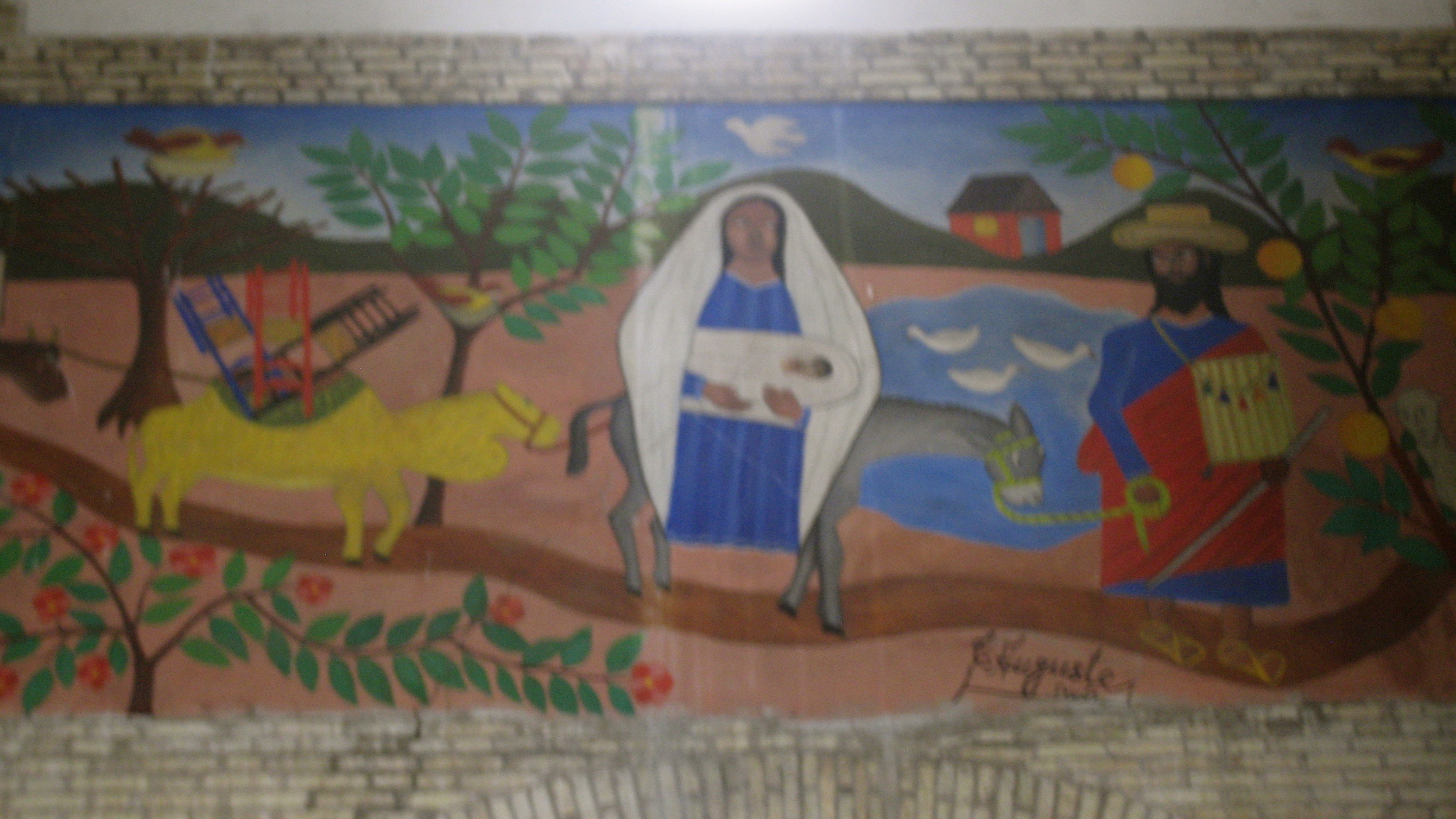
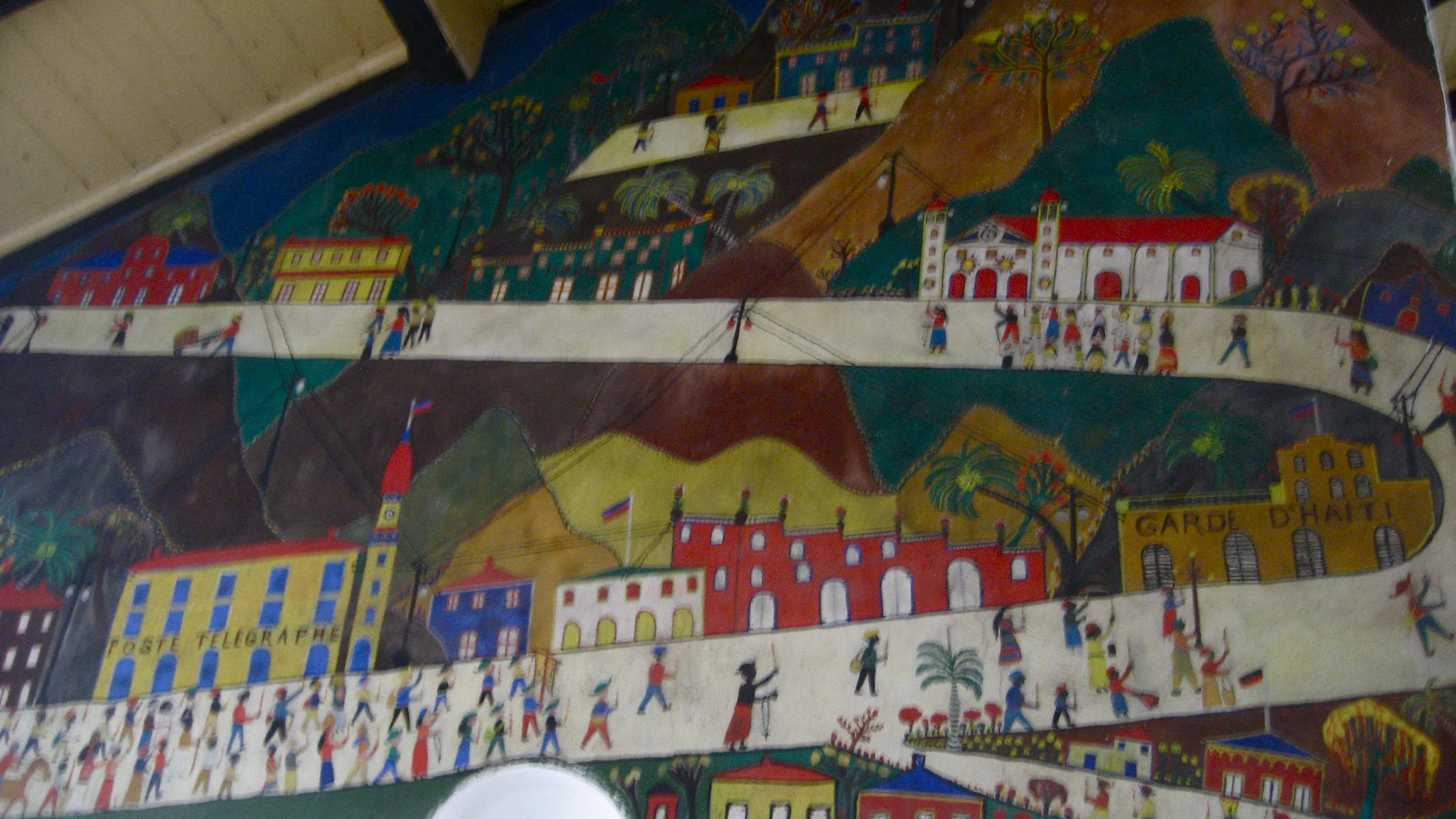
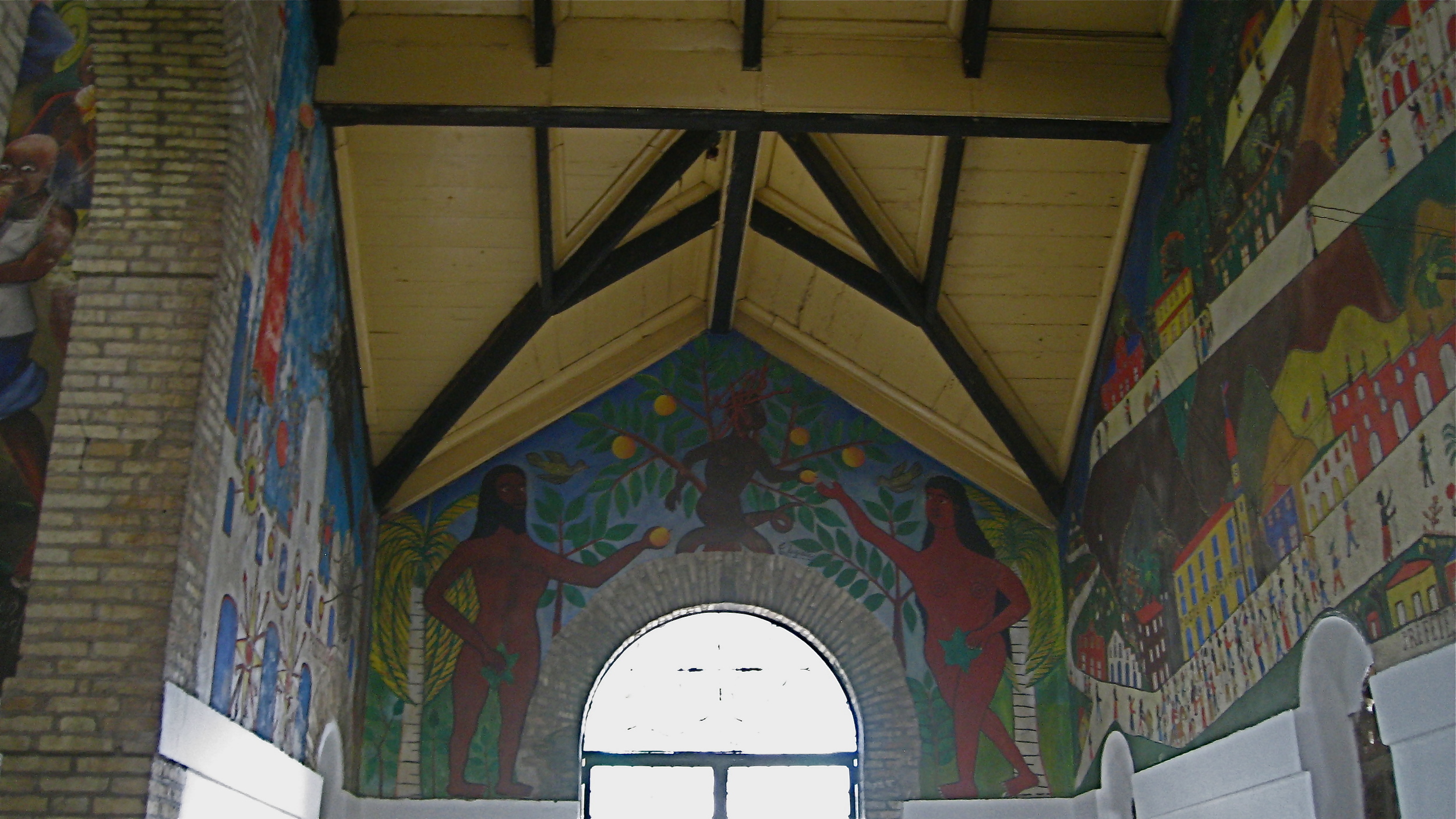
Fort Jacques and Fort Alexandre:
These two forts up in Fermathe are part of the long line of fortifications ordered by Dessalines up and down Haiti’s mountains. I don’t have any good pre-earthquake pictures, but these included here show the sites in August 2010. ISPAN's pre-earthquake bulletin #7 discusses Fort Jacques. I’ve seen in the ISPAN bulletin that rehabilitation of Fort Jacques, the more damaged of the two, is well under way. ISPAN's Bulletins #9 and 26 show post-earthquake destruction and reconstruction.



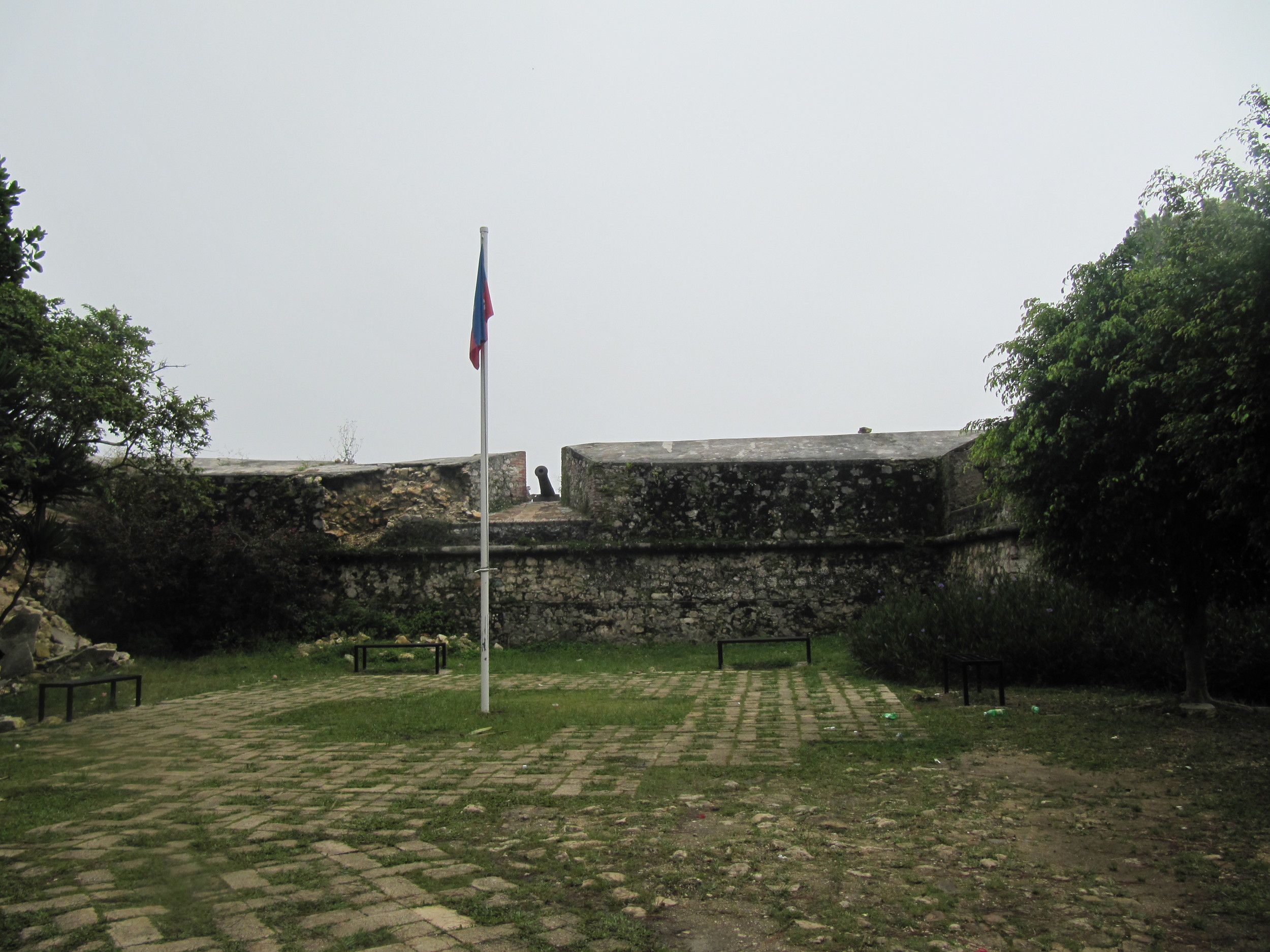
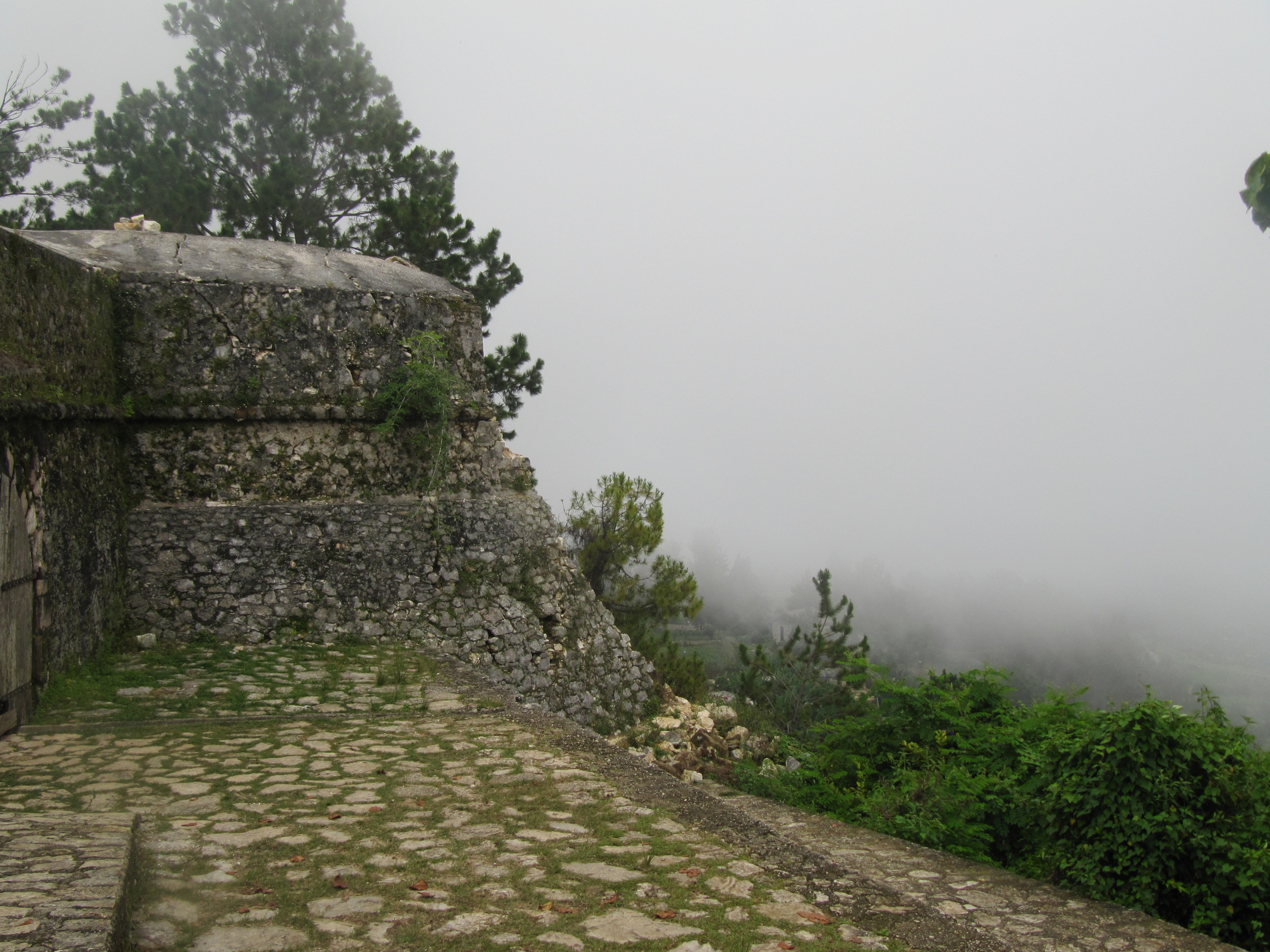

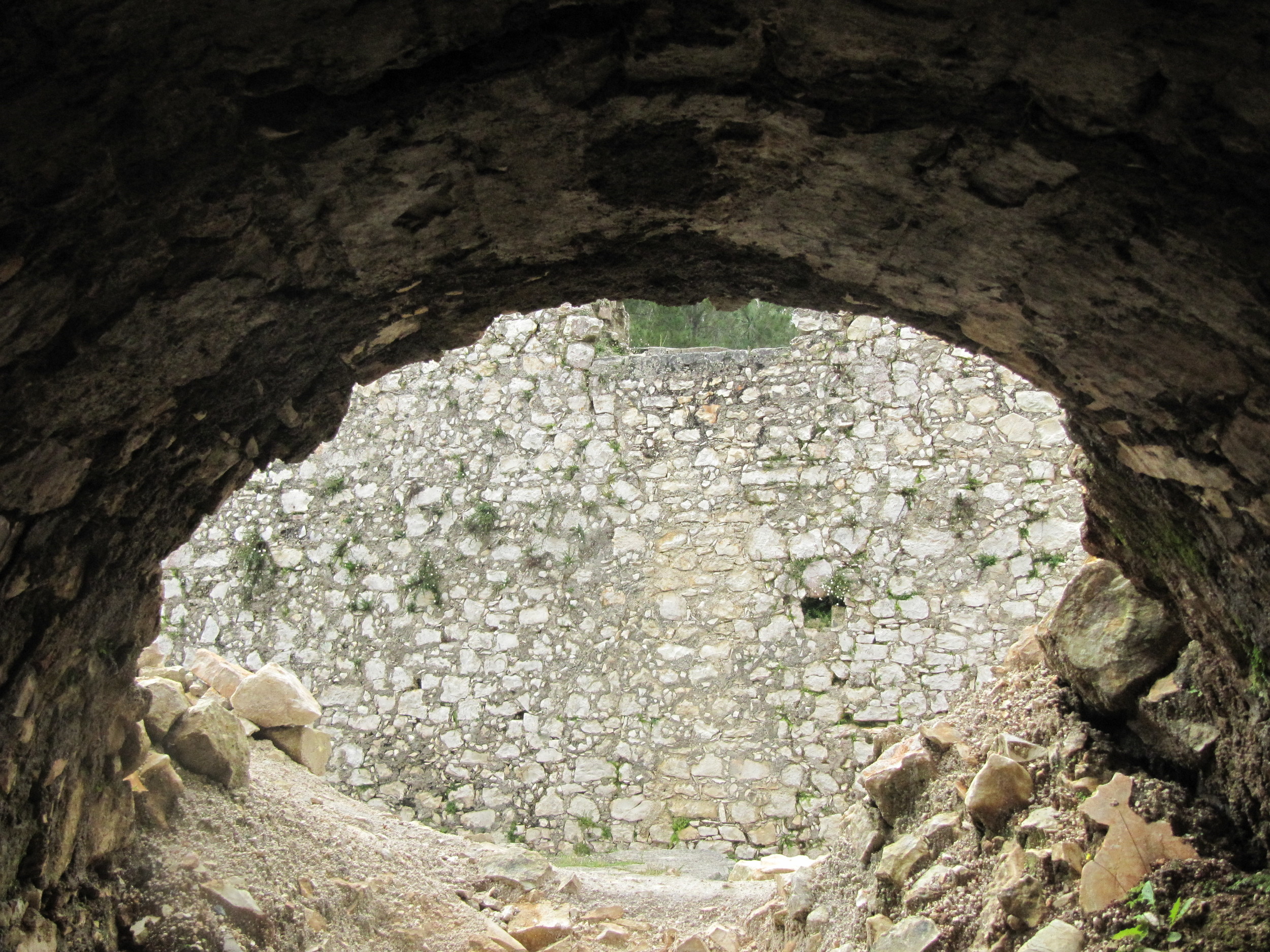


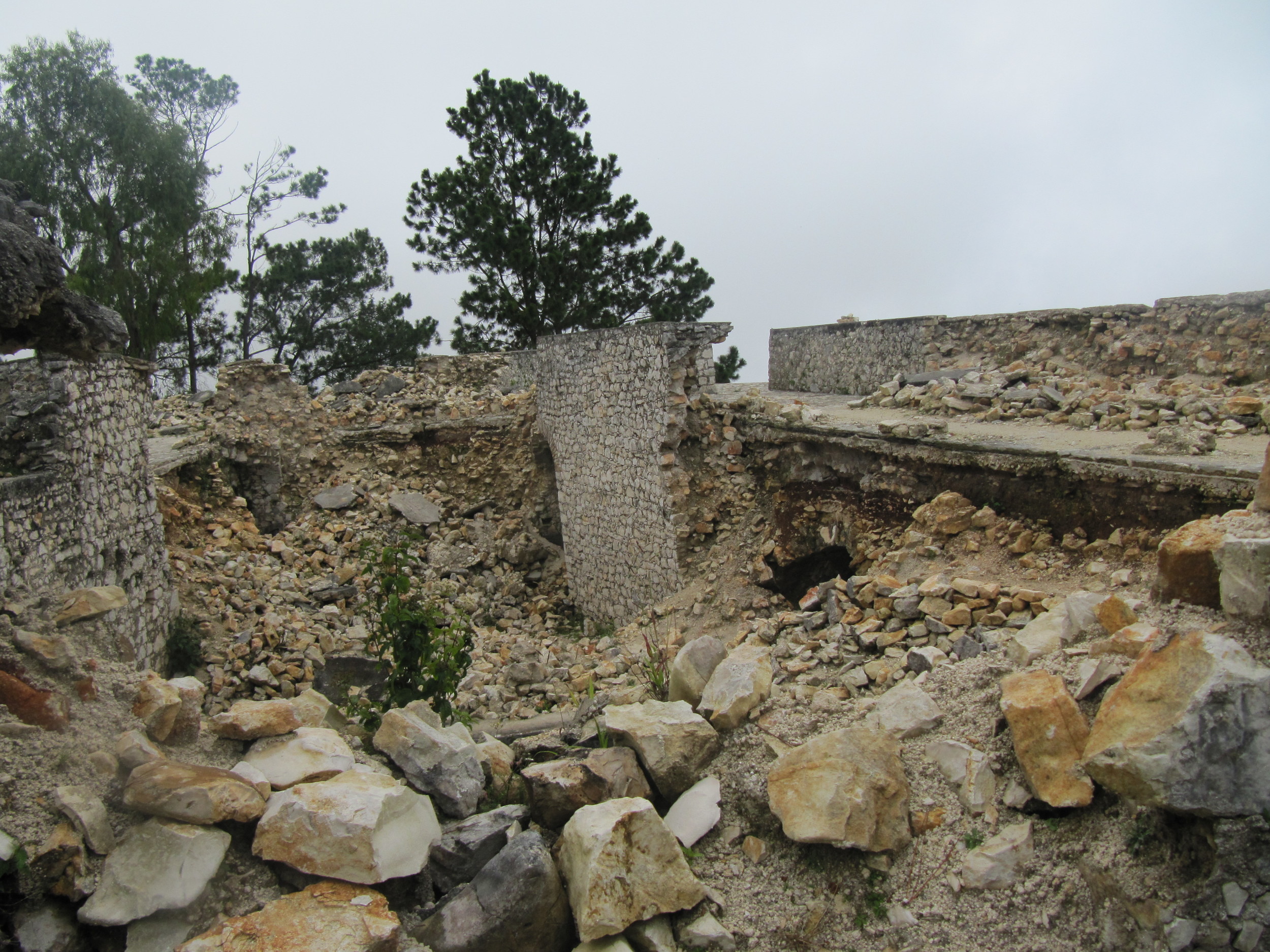
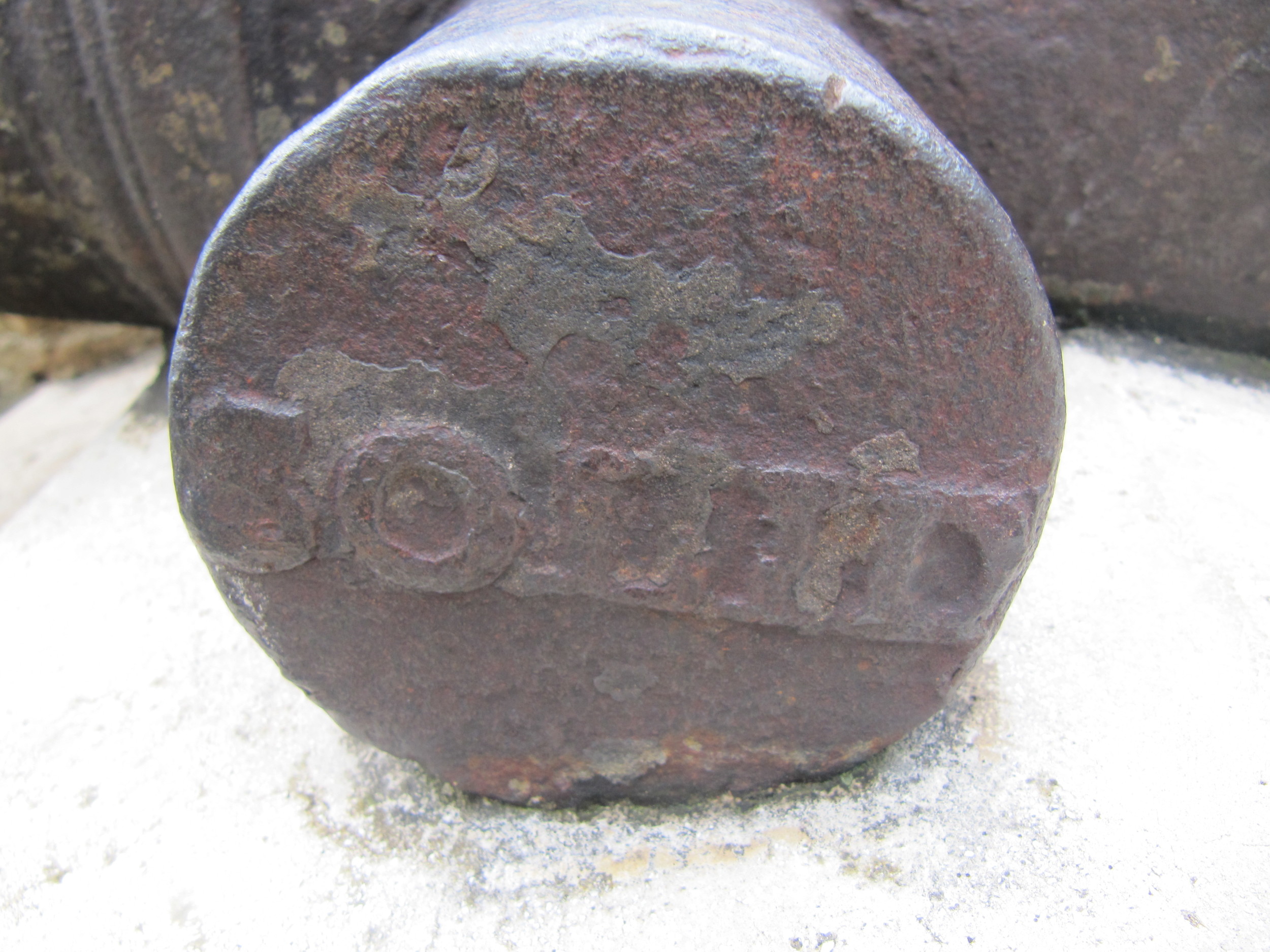
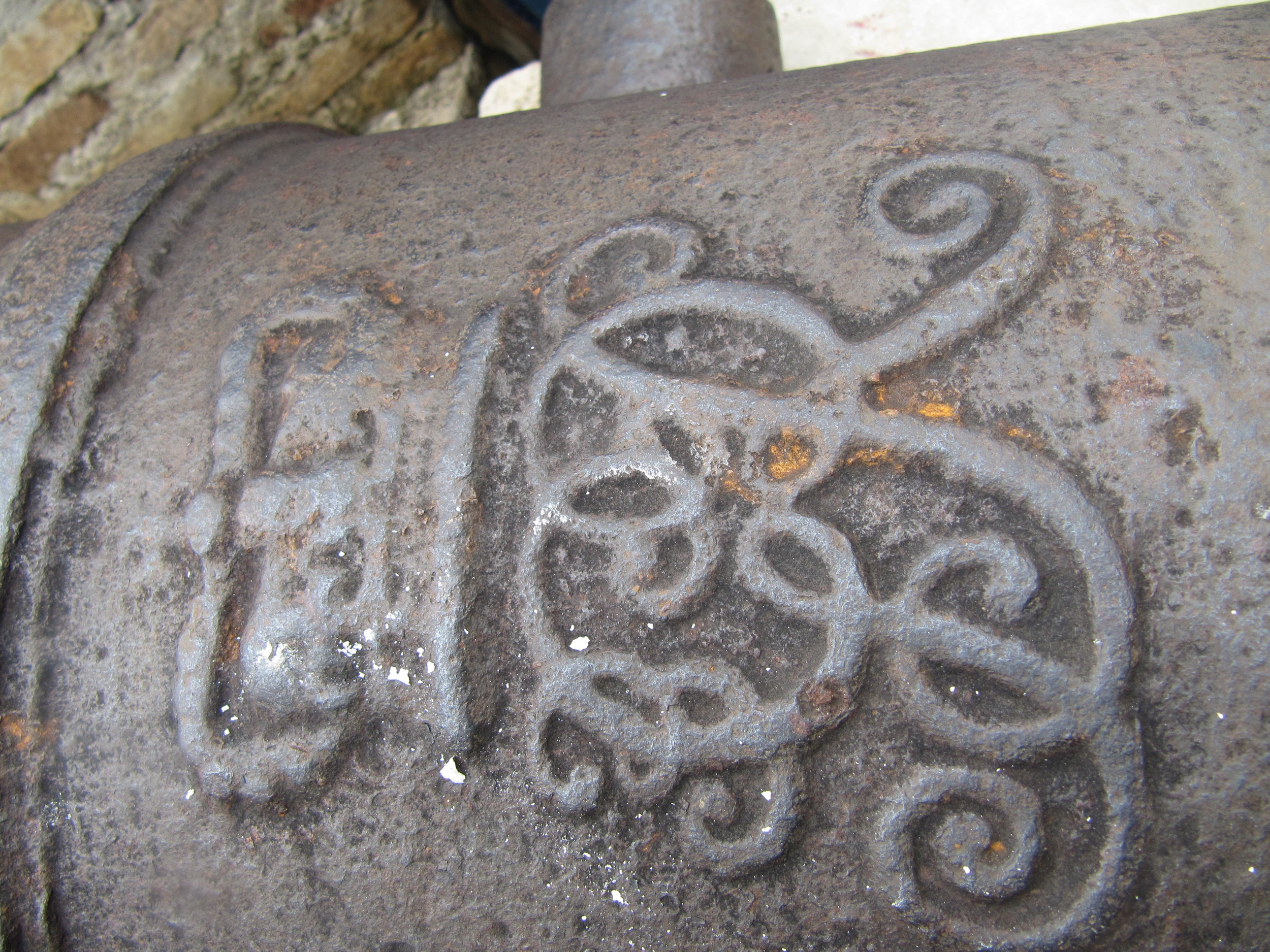
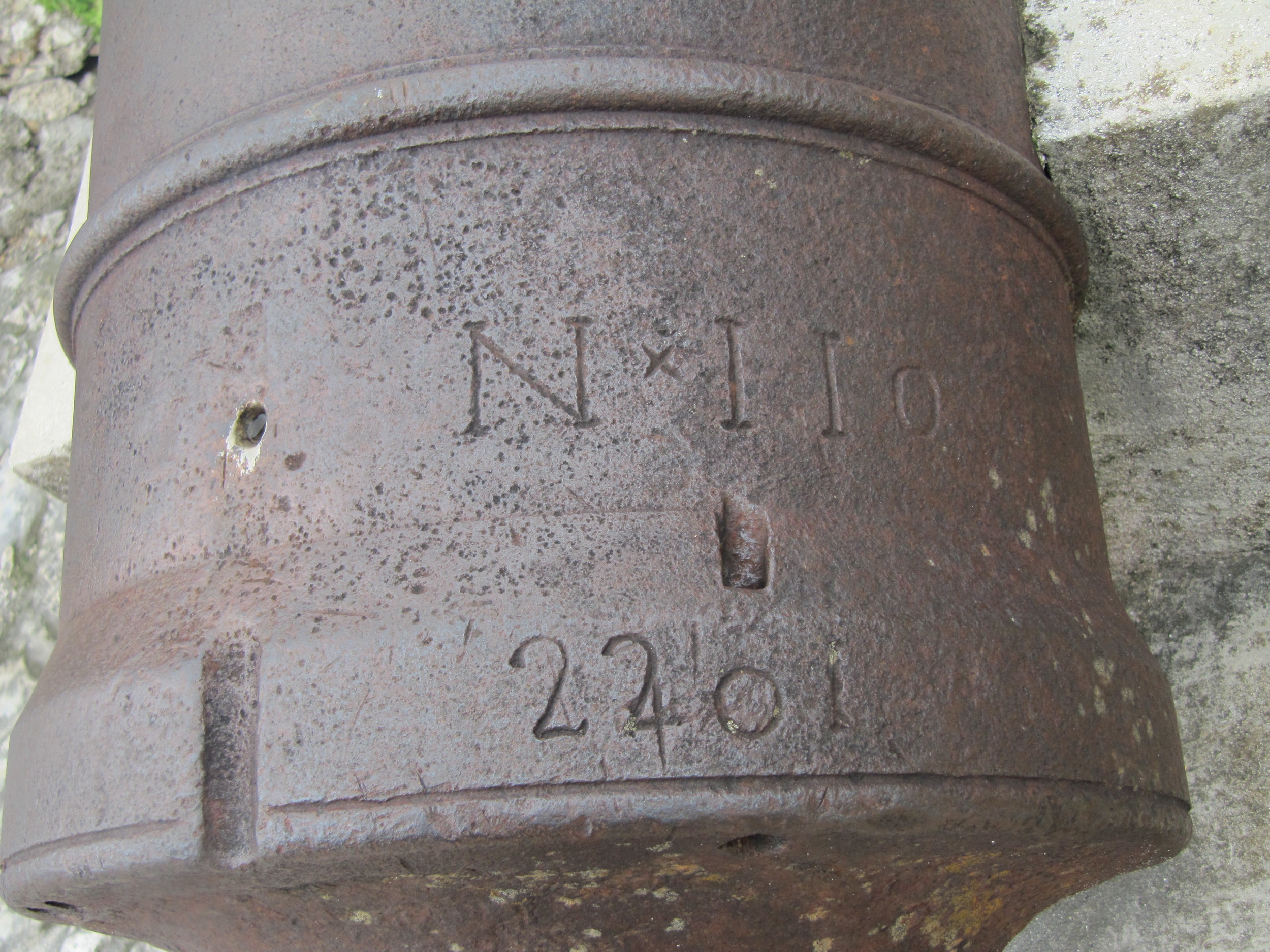
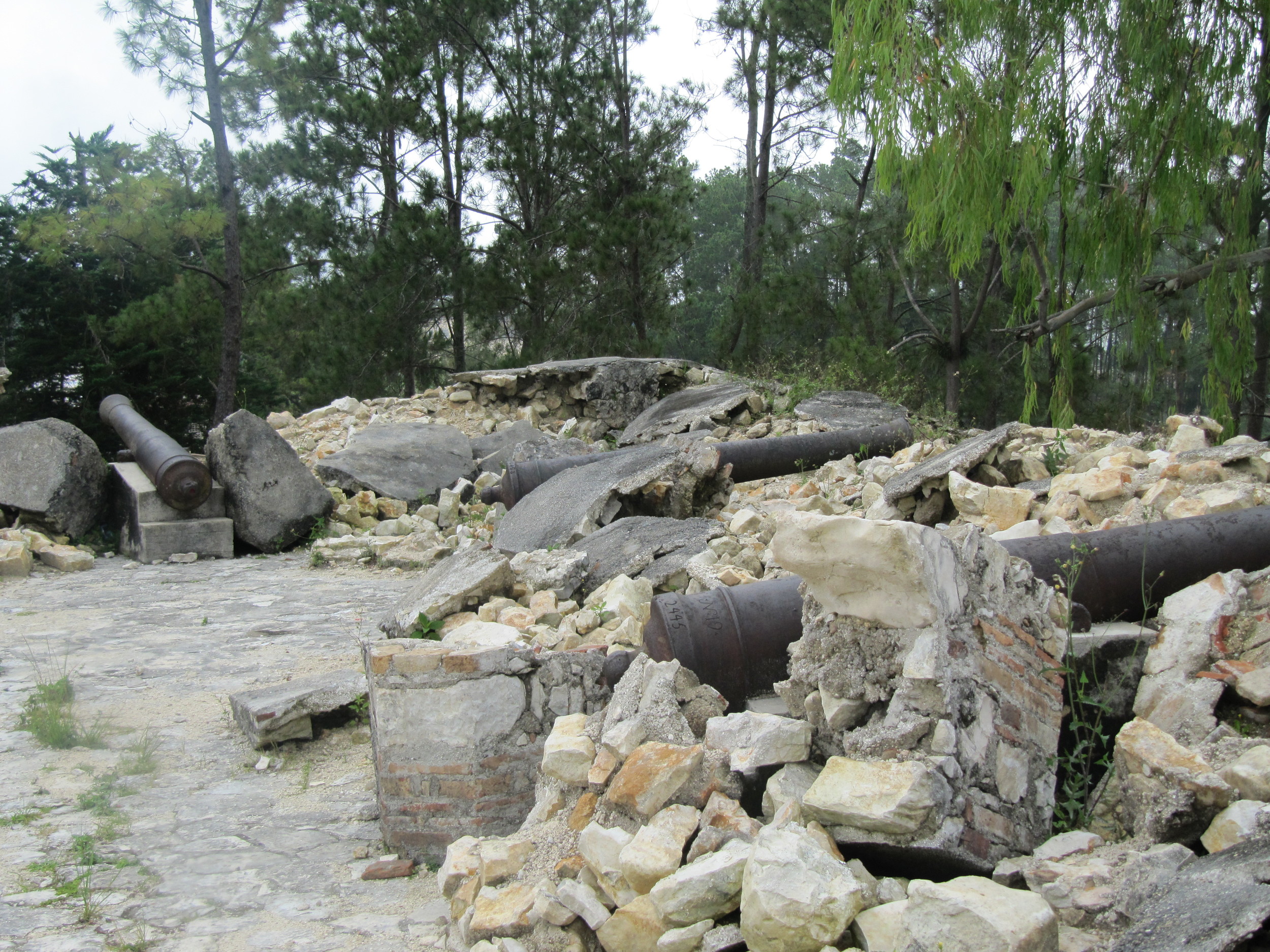


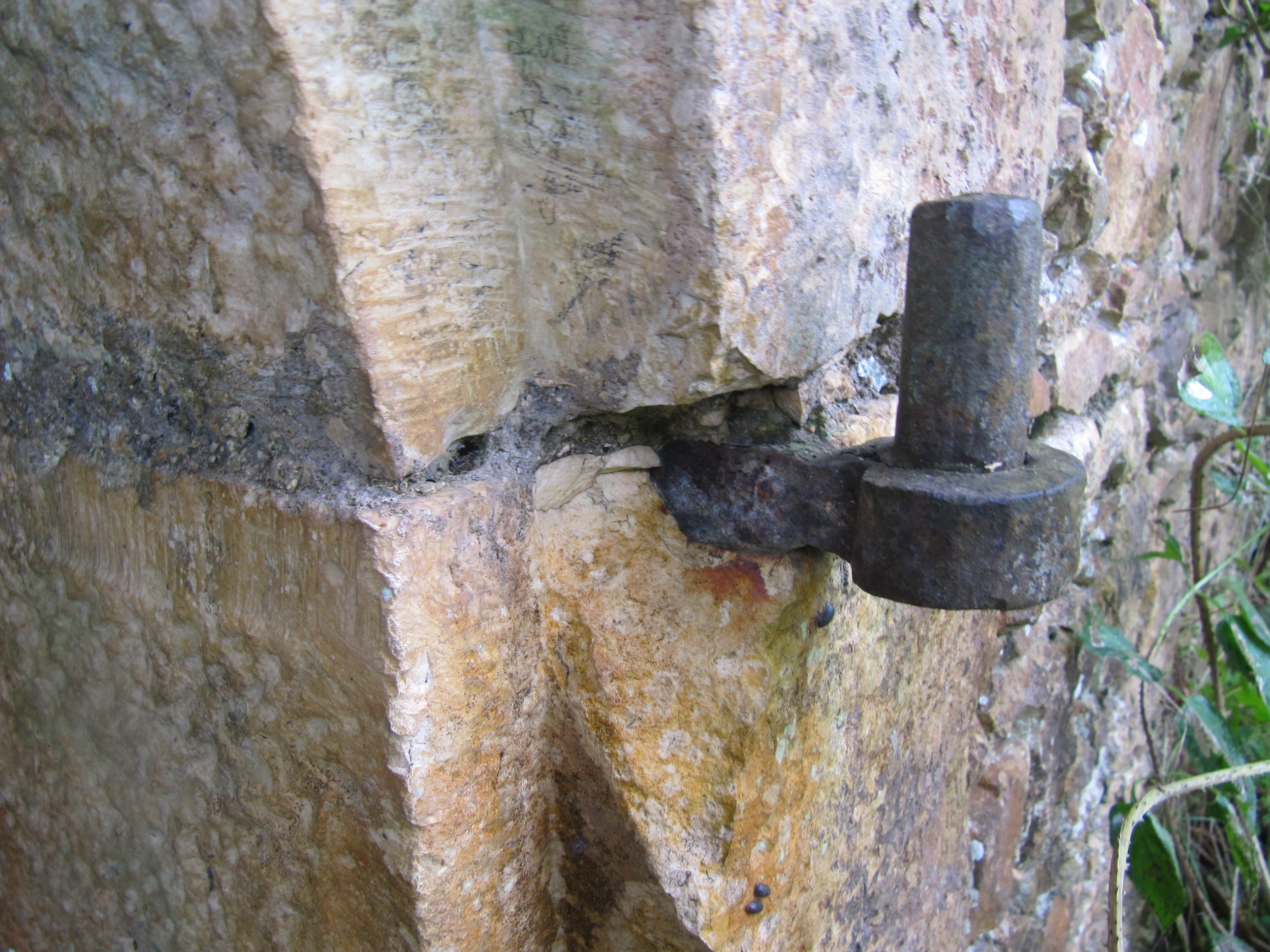
Habitation Carradeux
The infamous Jean Baptiste de Carradeux created the Company of Africans, forcing slaves to fight against revolutionary forces in the Cul-de-Sac area. He returned to France eventually and died there. Of particular note here is the aqueduct system and the mapou and intertwined tower. Locals told us that before the road was paved here (for the old UN compound), there were tunnels everywhere under this tower that have since been blocked off. I’ve heard but not seen that these ruins in Tabarre are still (summer of 2012) a displaced persons camp.





Musée Canne à Sucre
The Sugar Cane Museum in Tabarre is made up largely of the ruins of the Habitation Chauteaublond. There’s also material throughout the park following change in sugar cane’s production throughout Haitian history, including a train originally belonging to HASCO (Haitian-American Sugar Company). The site is often used for events, musical and otherwise. Although the site is well-preserved, I wish there were more of an acknowledgment of the human cost of sugar cane, historically and up to the present day. Sites like this–like plantation sites in the American South–run the risk of becoming sites of nostalgia (perhaps unwittingly so), instead of bearing witness for its victims.
